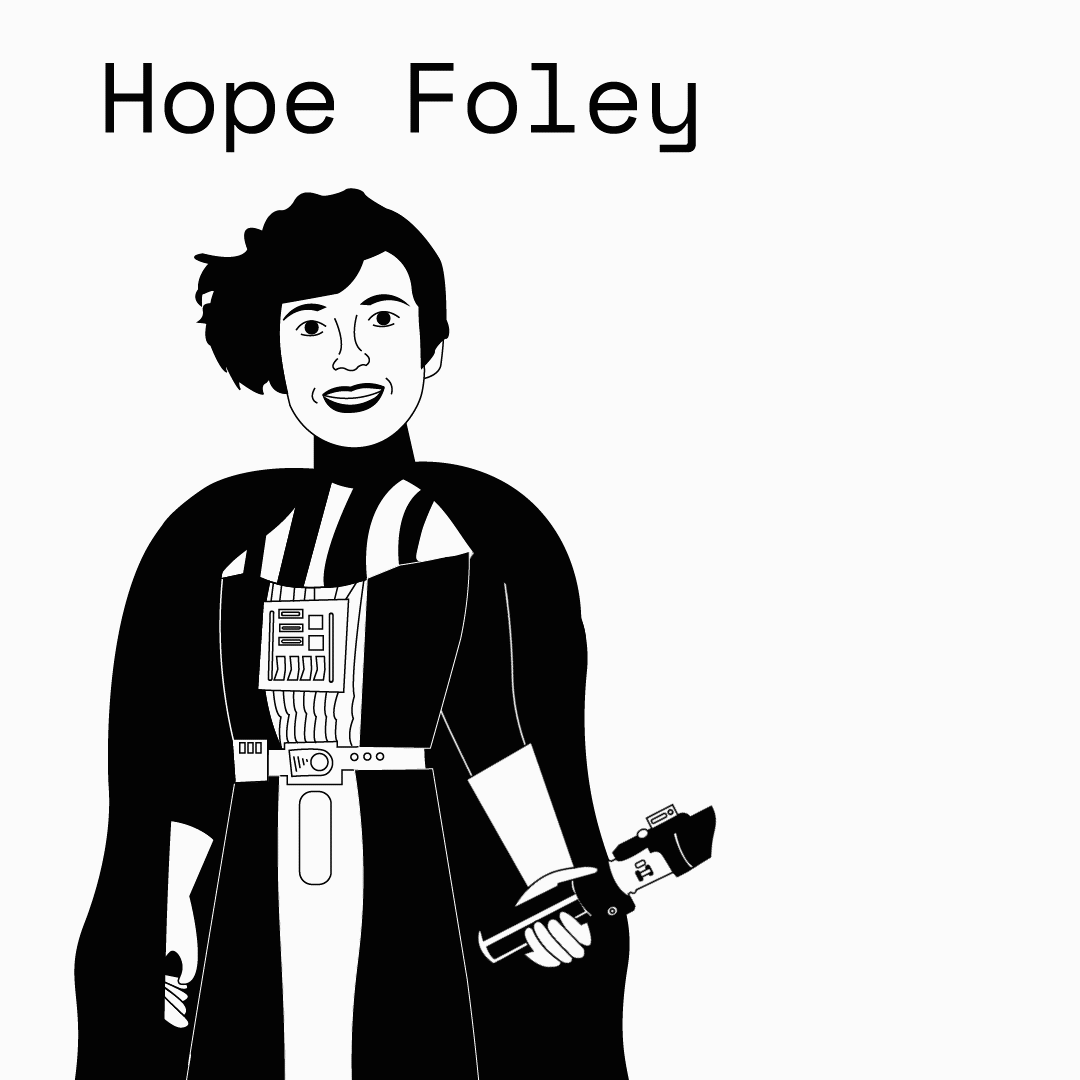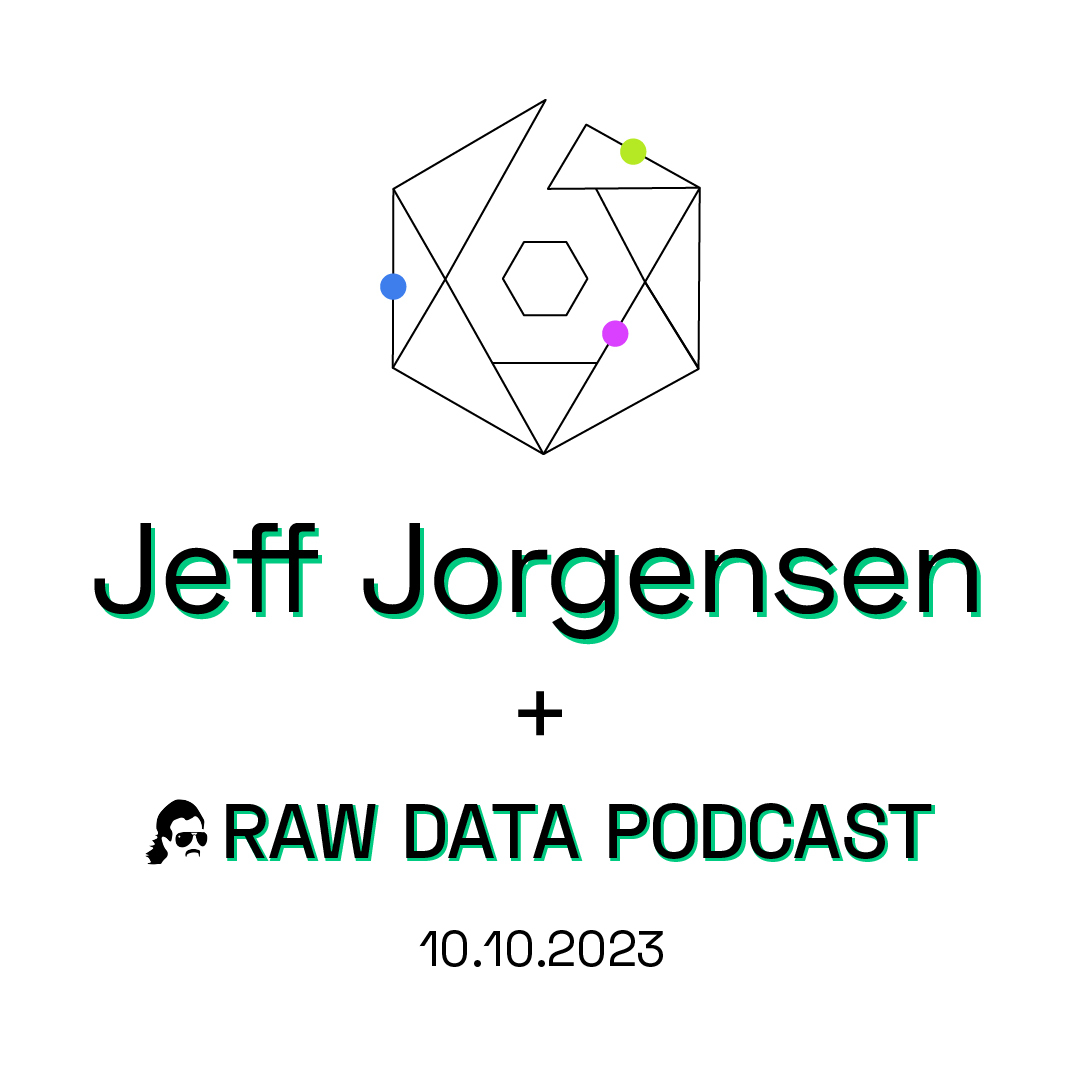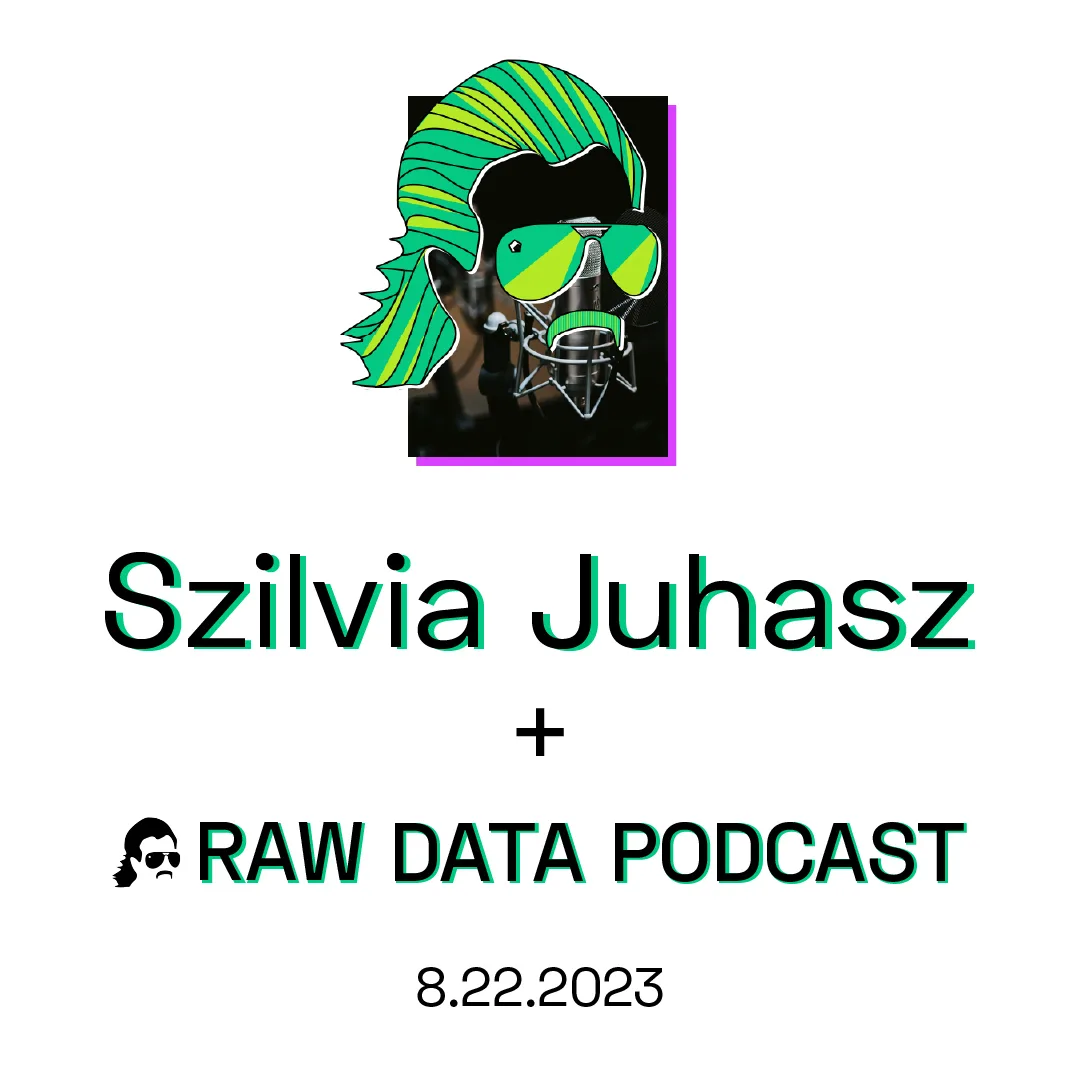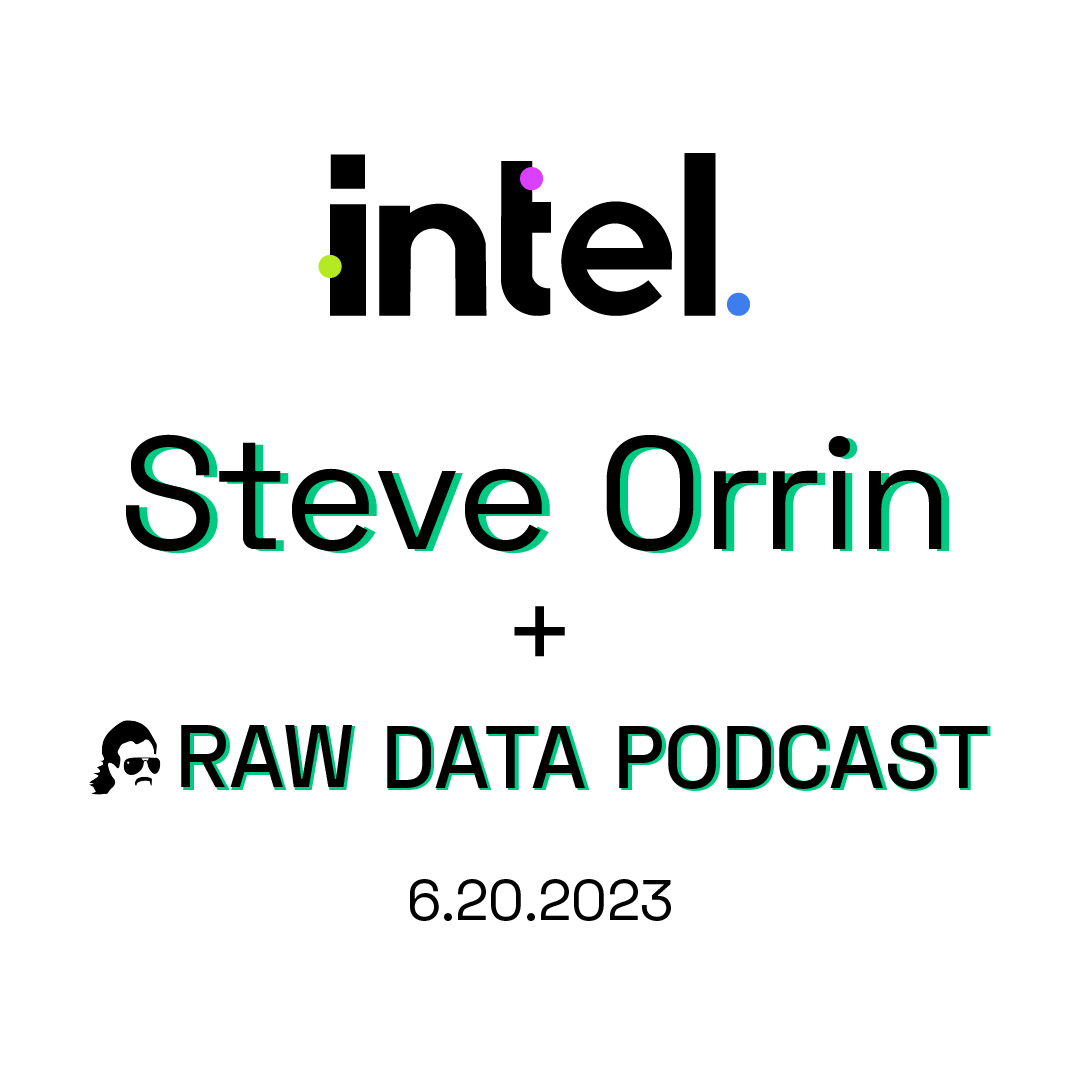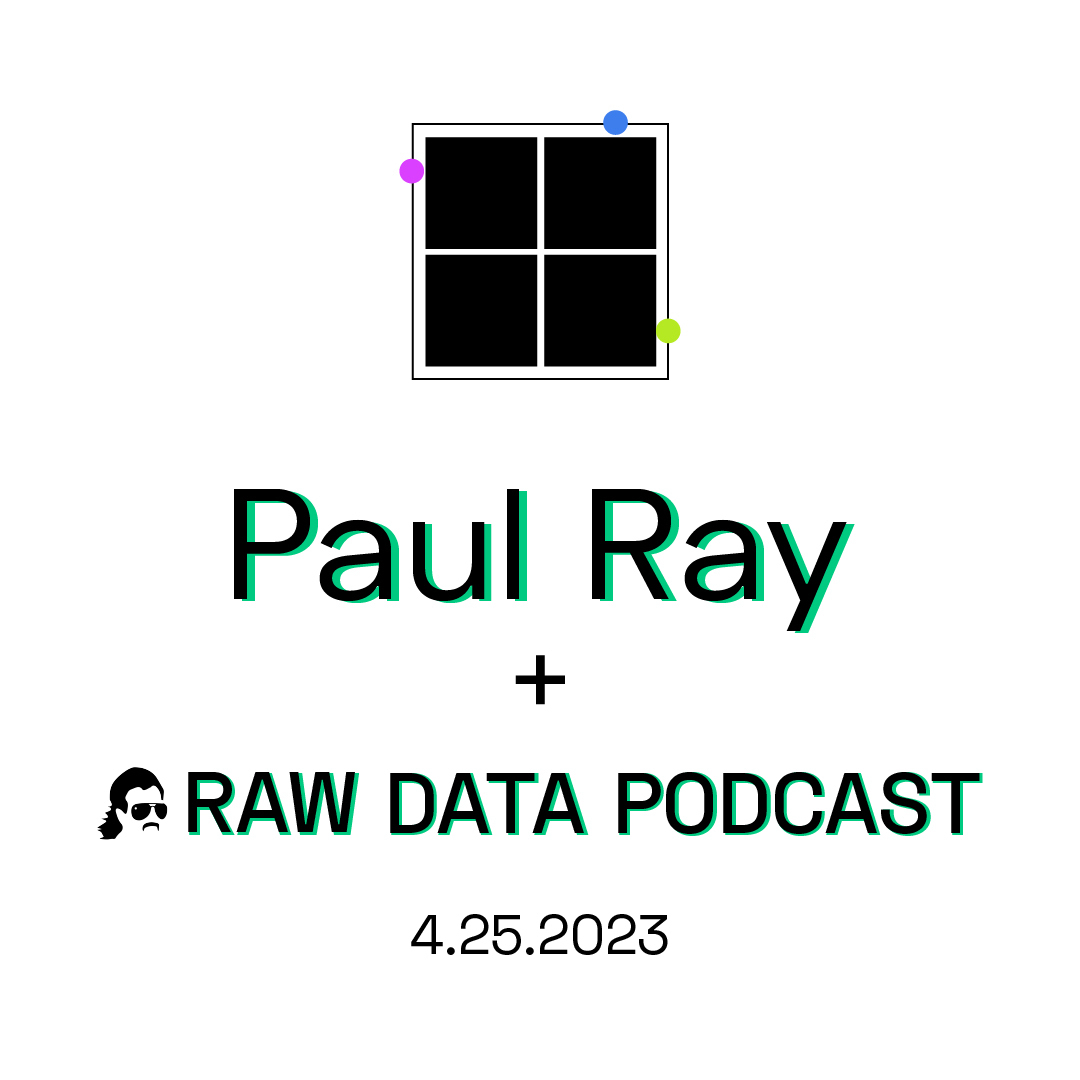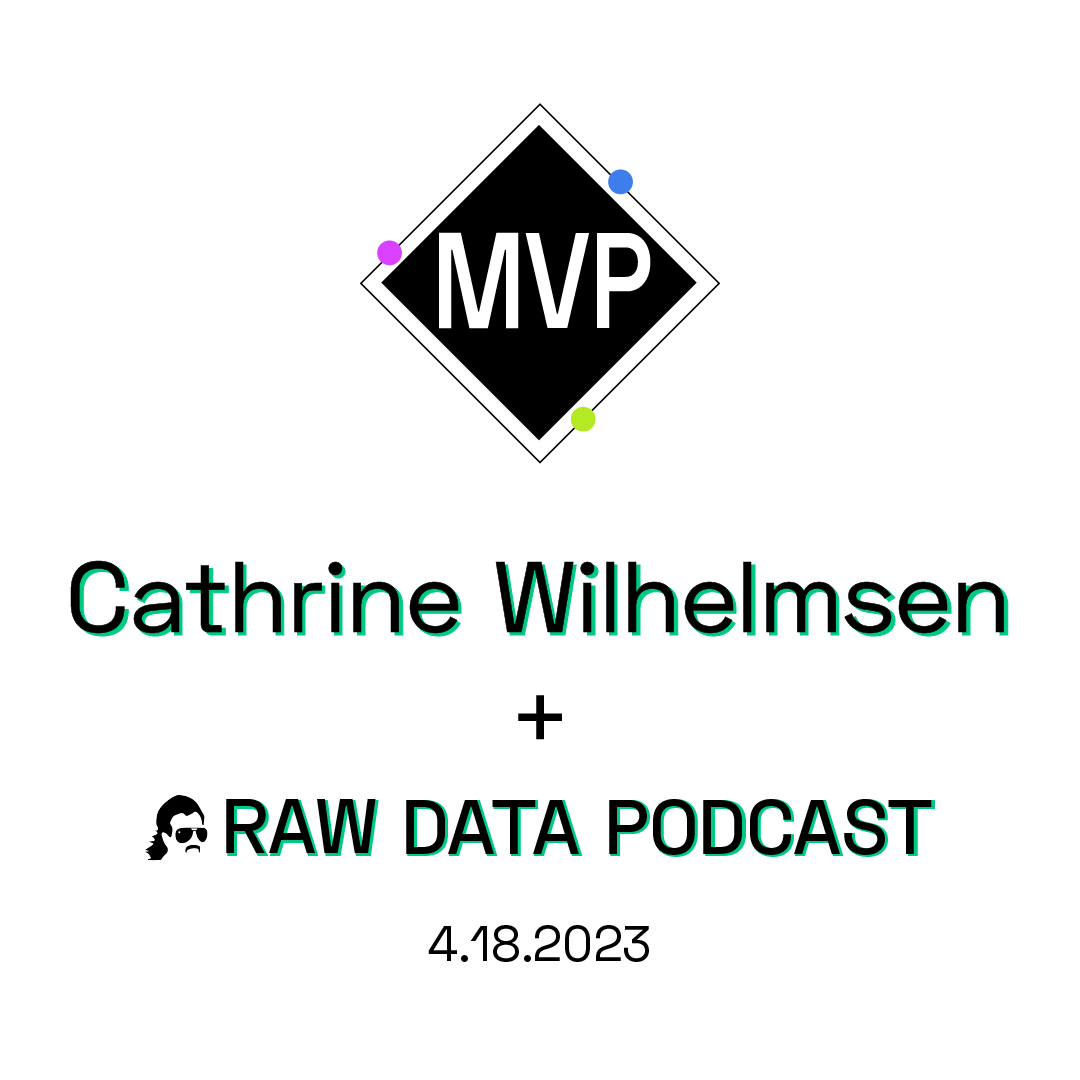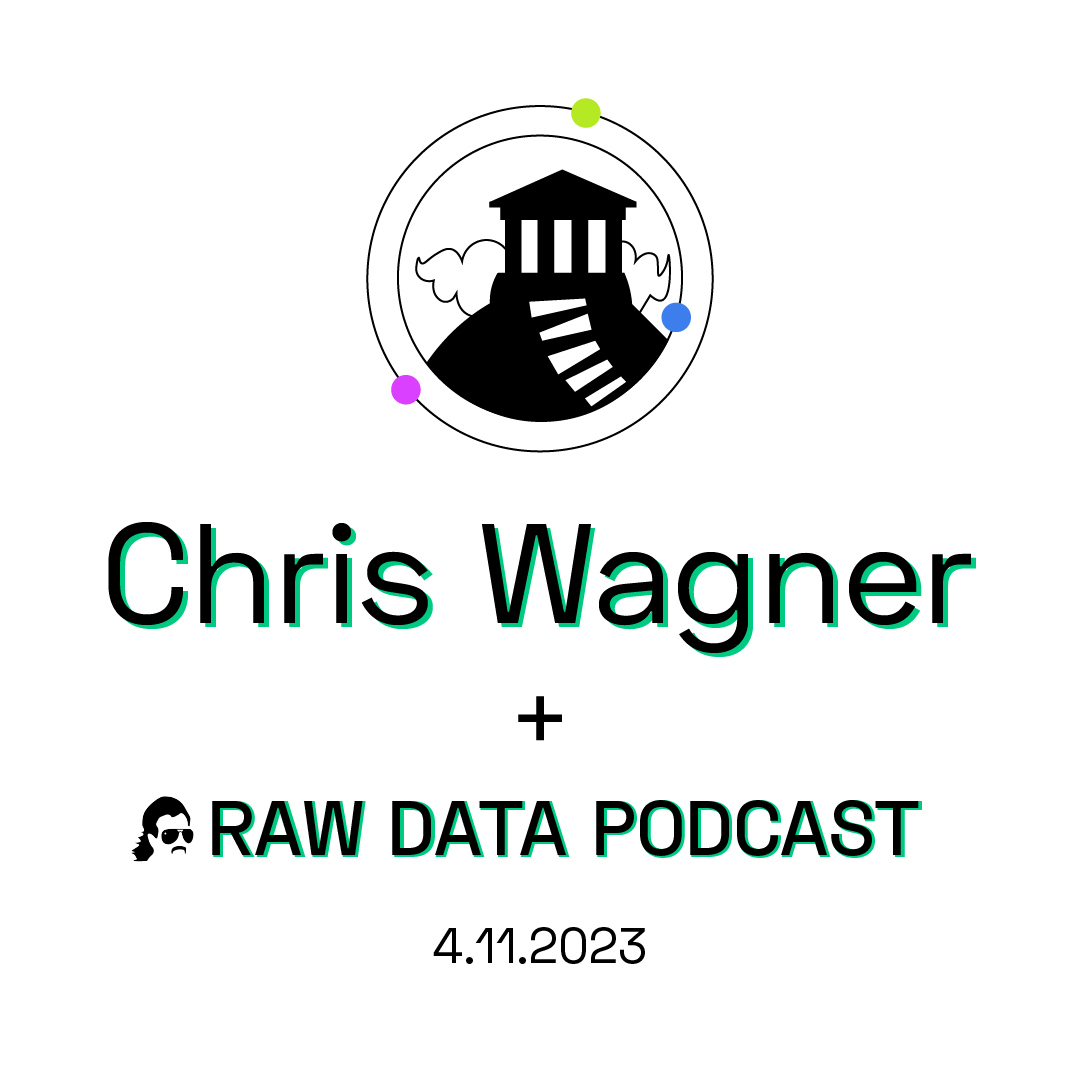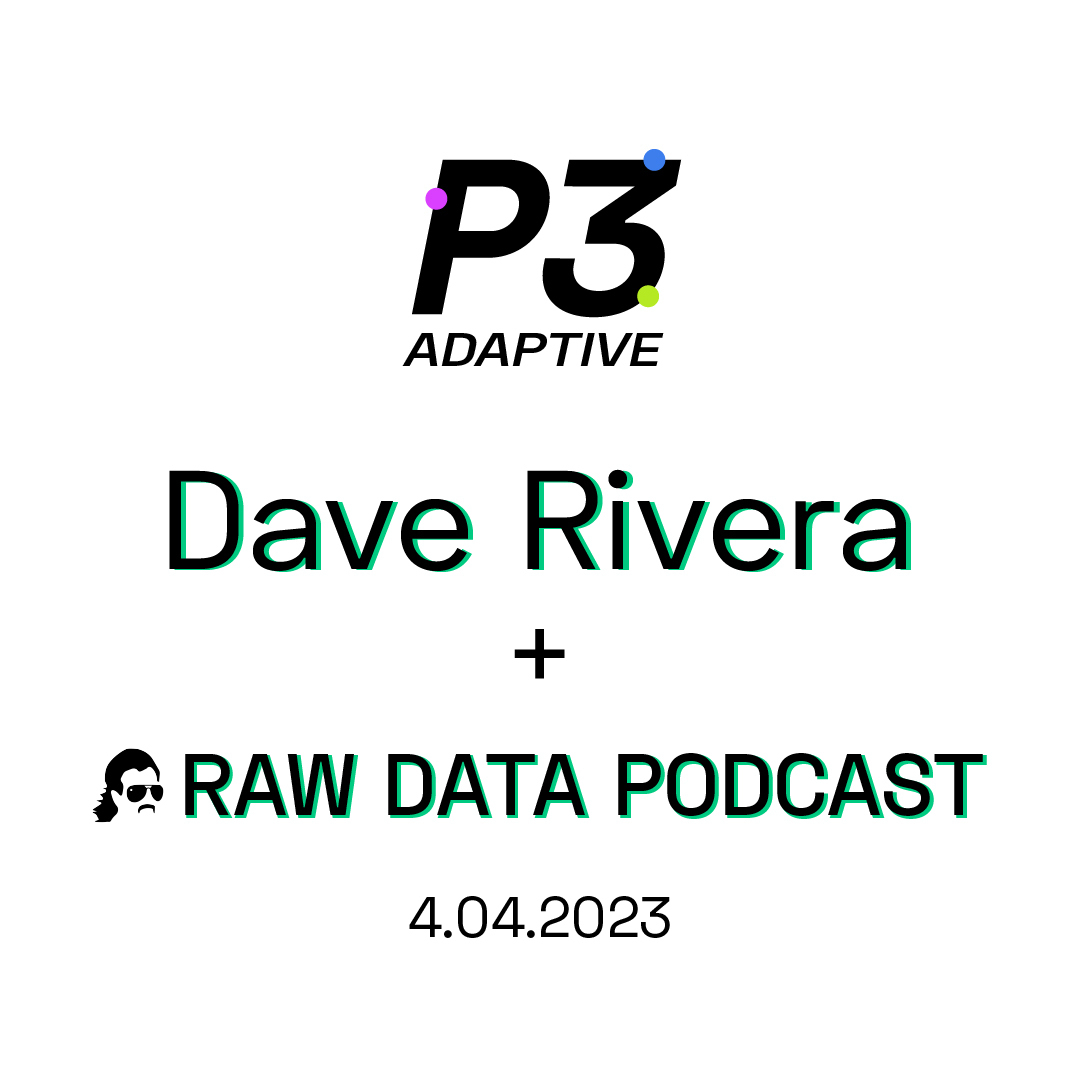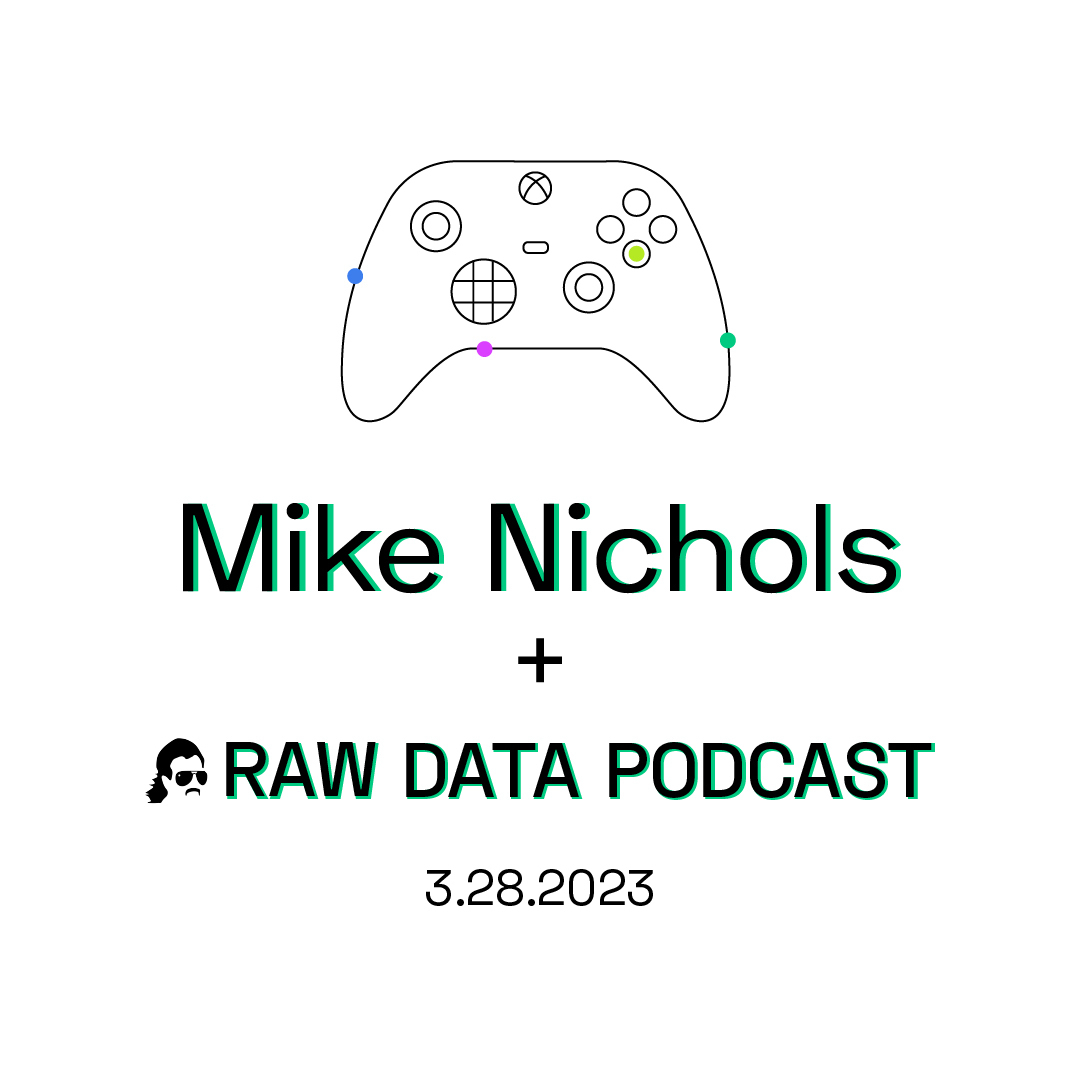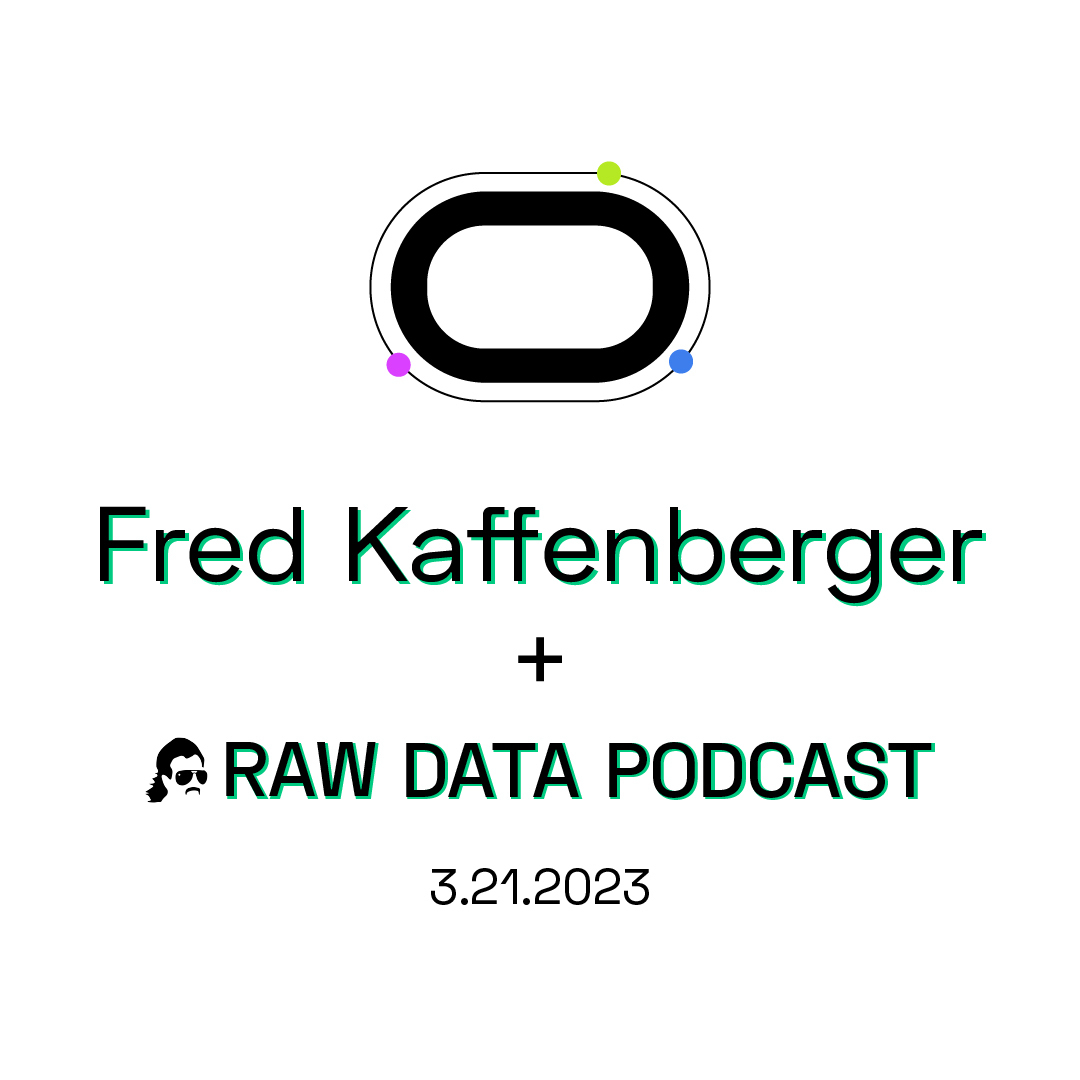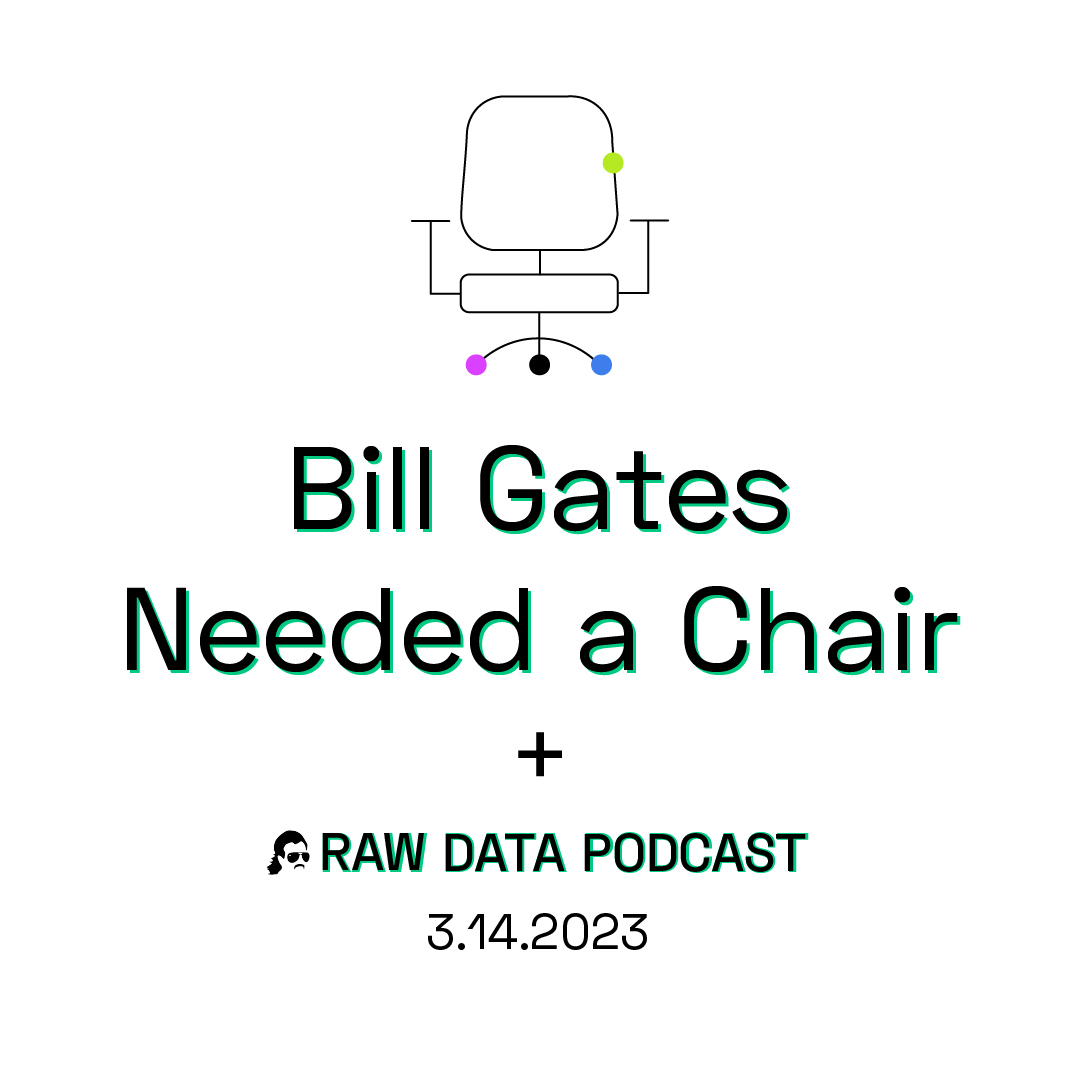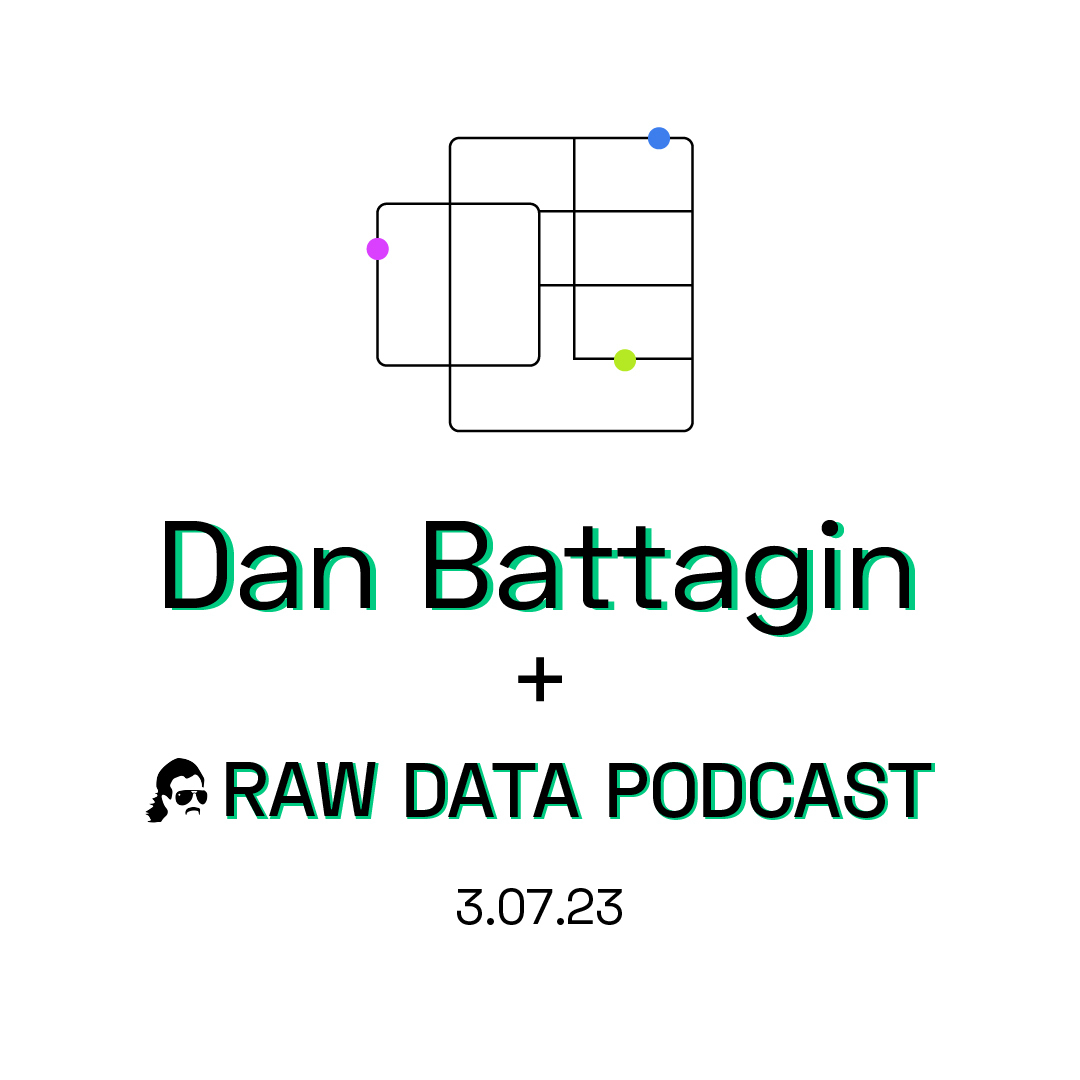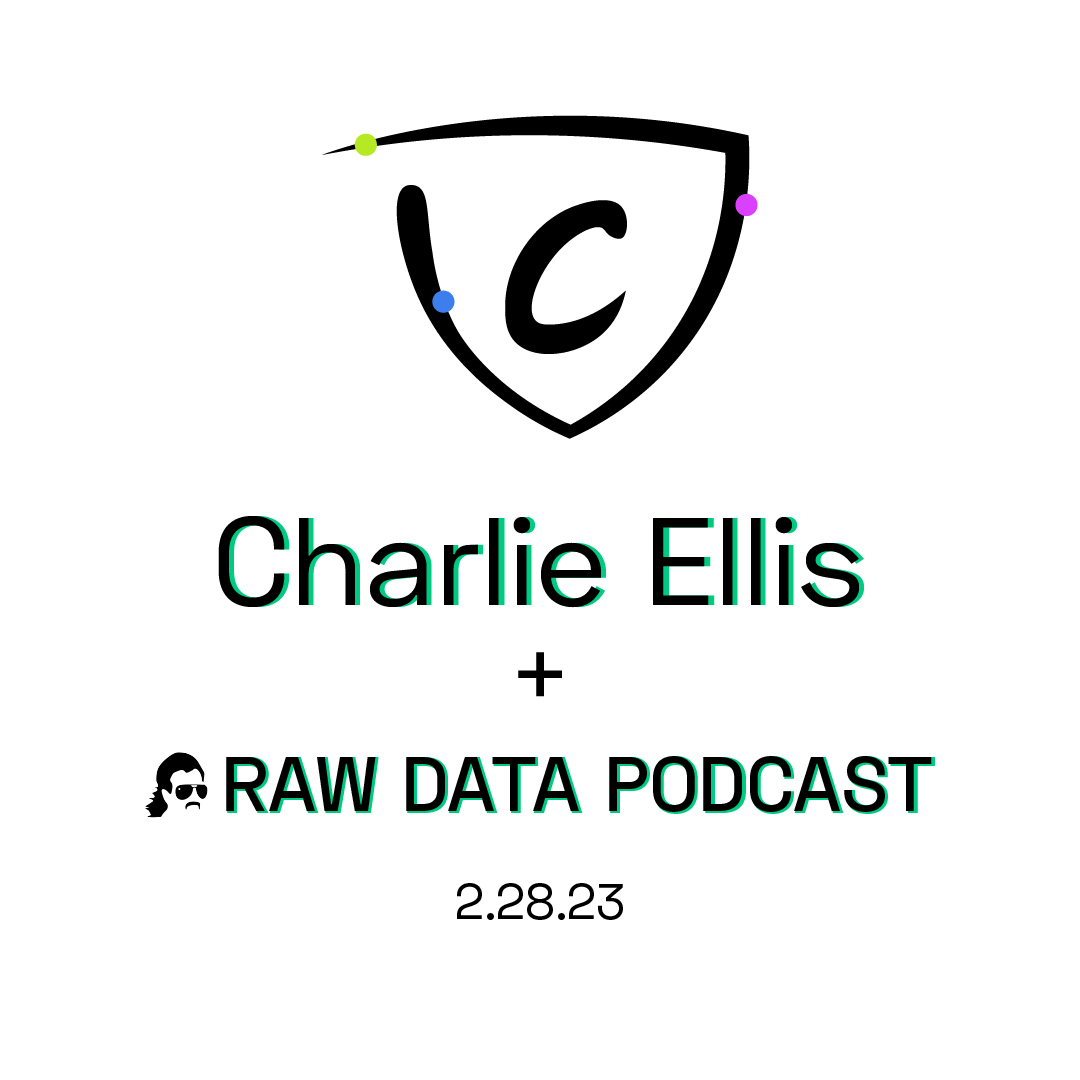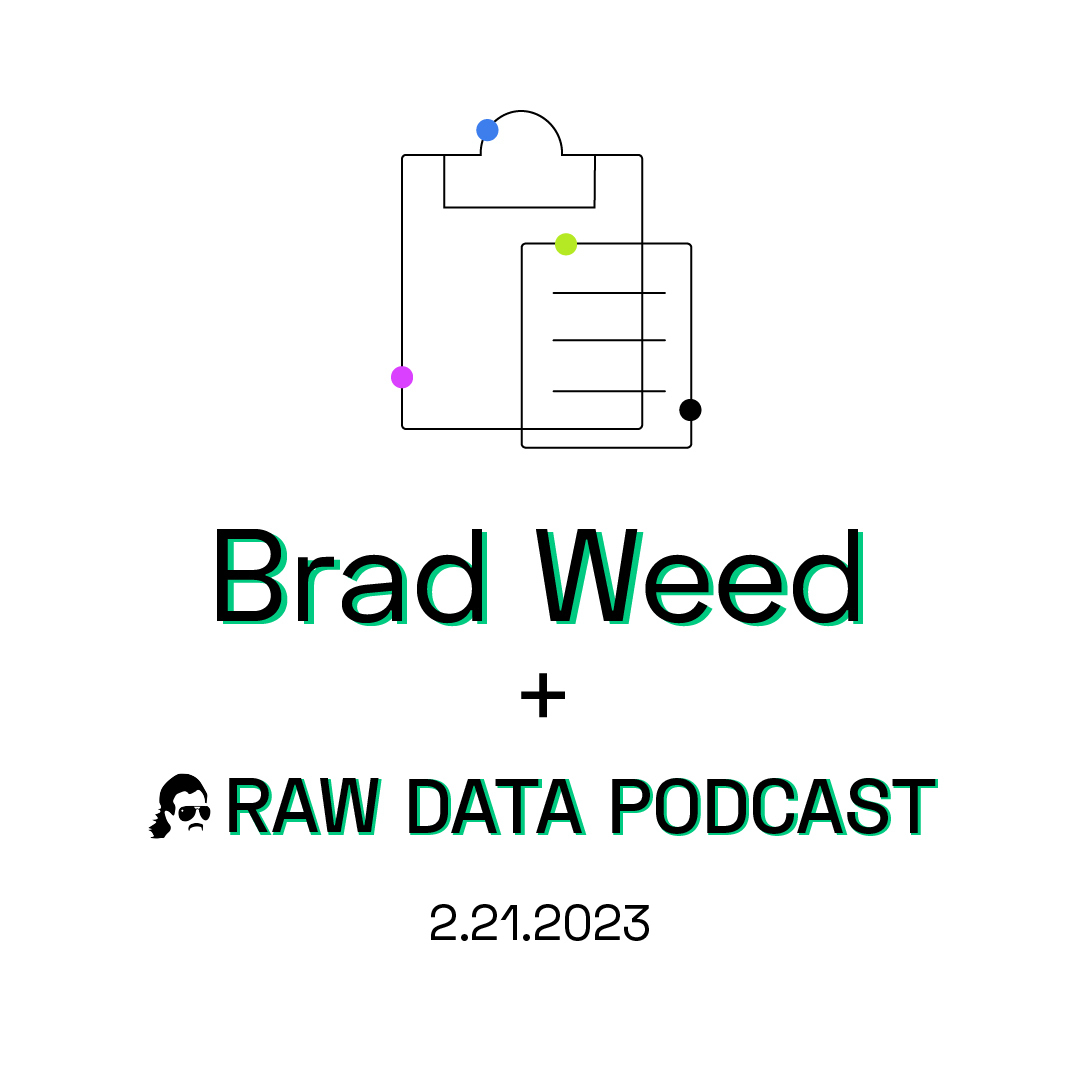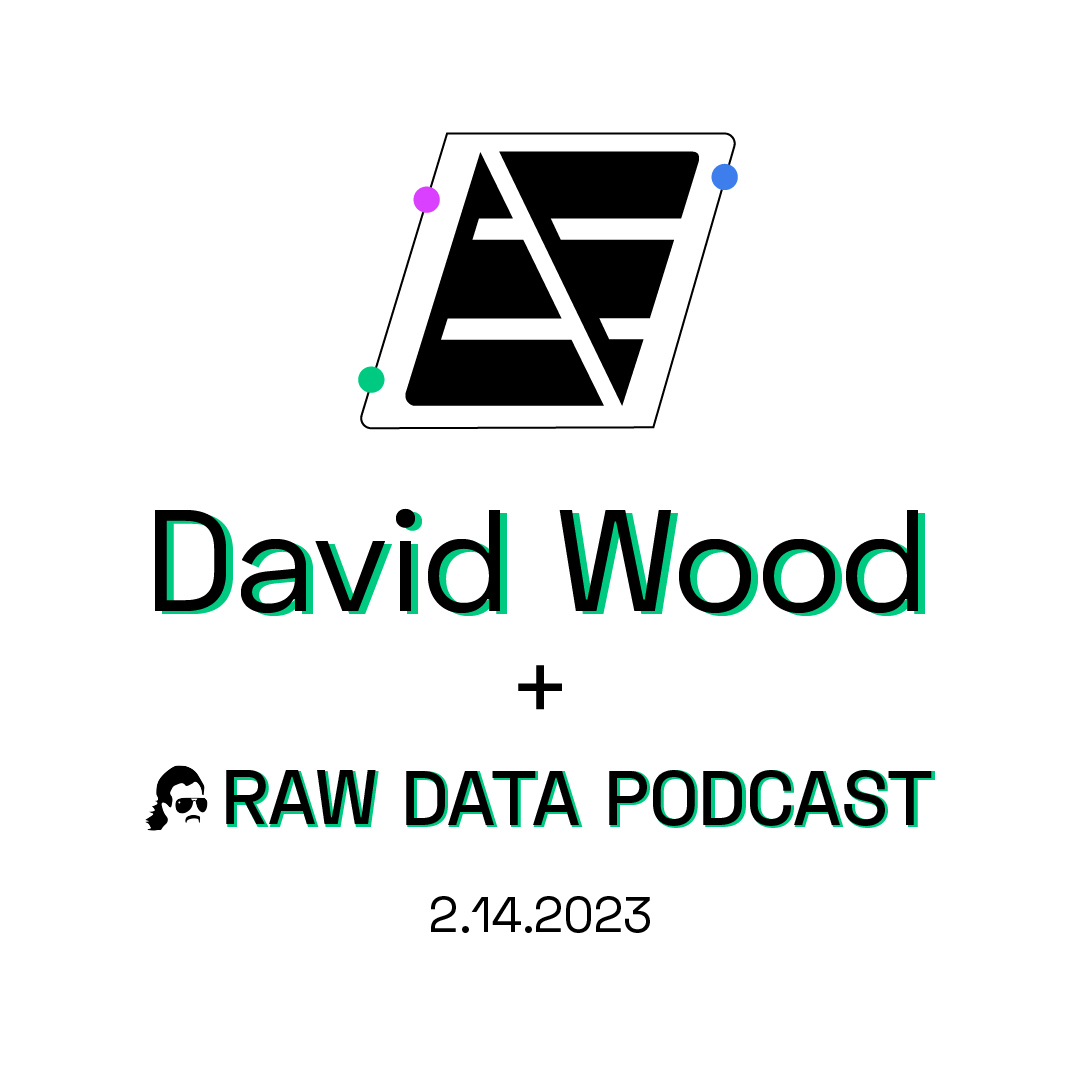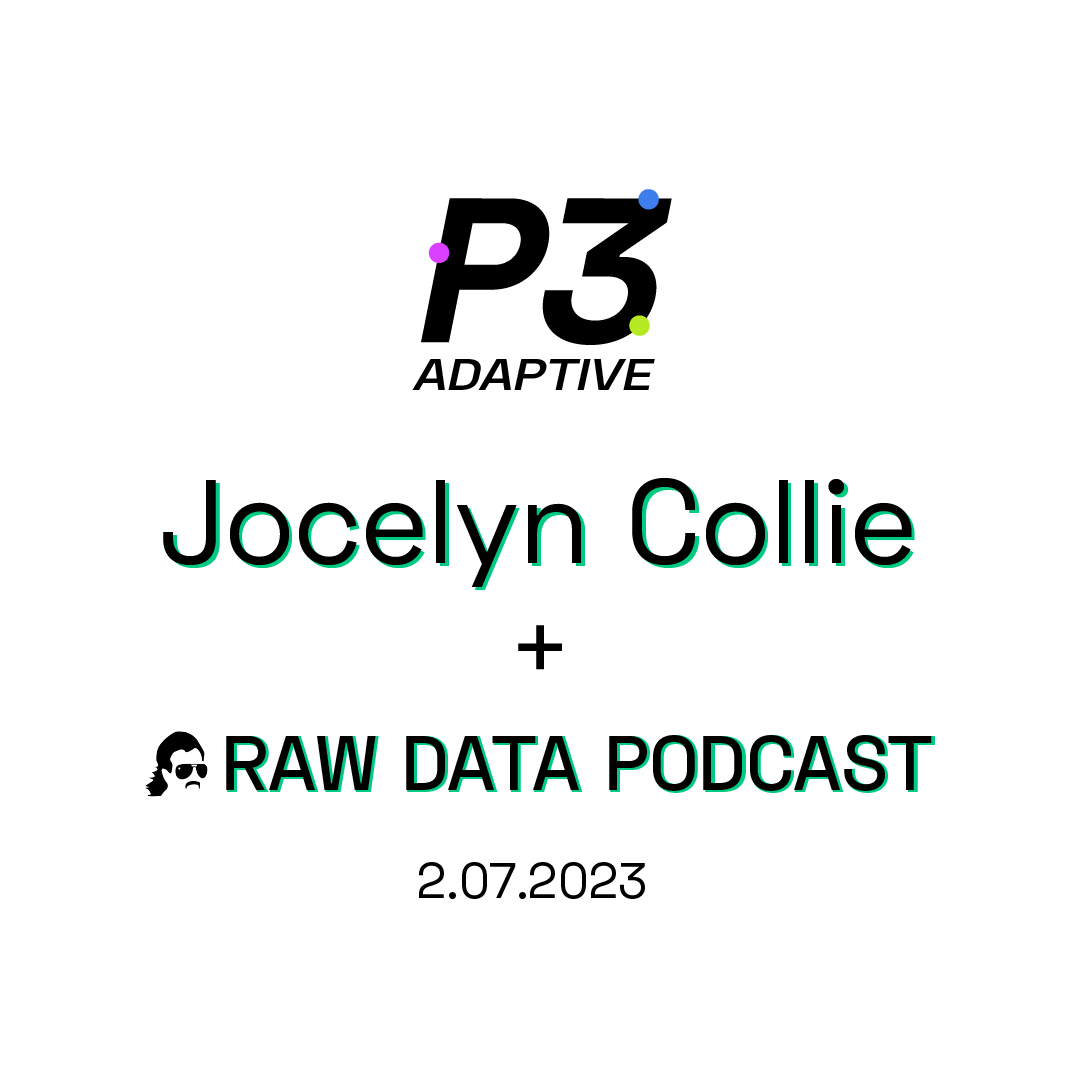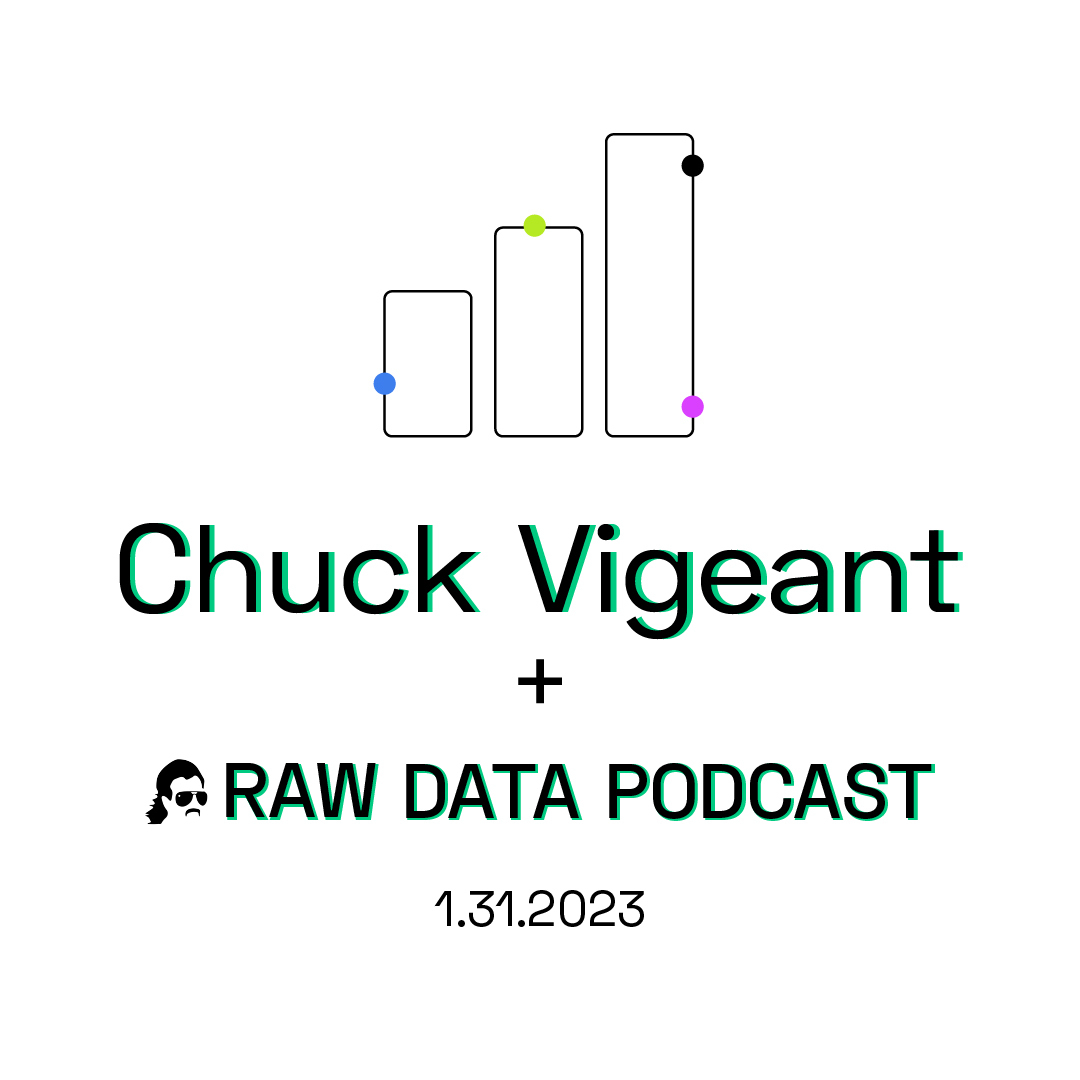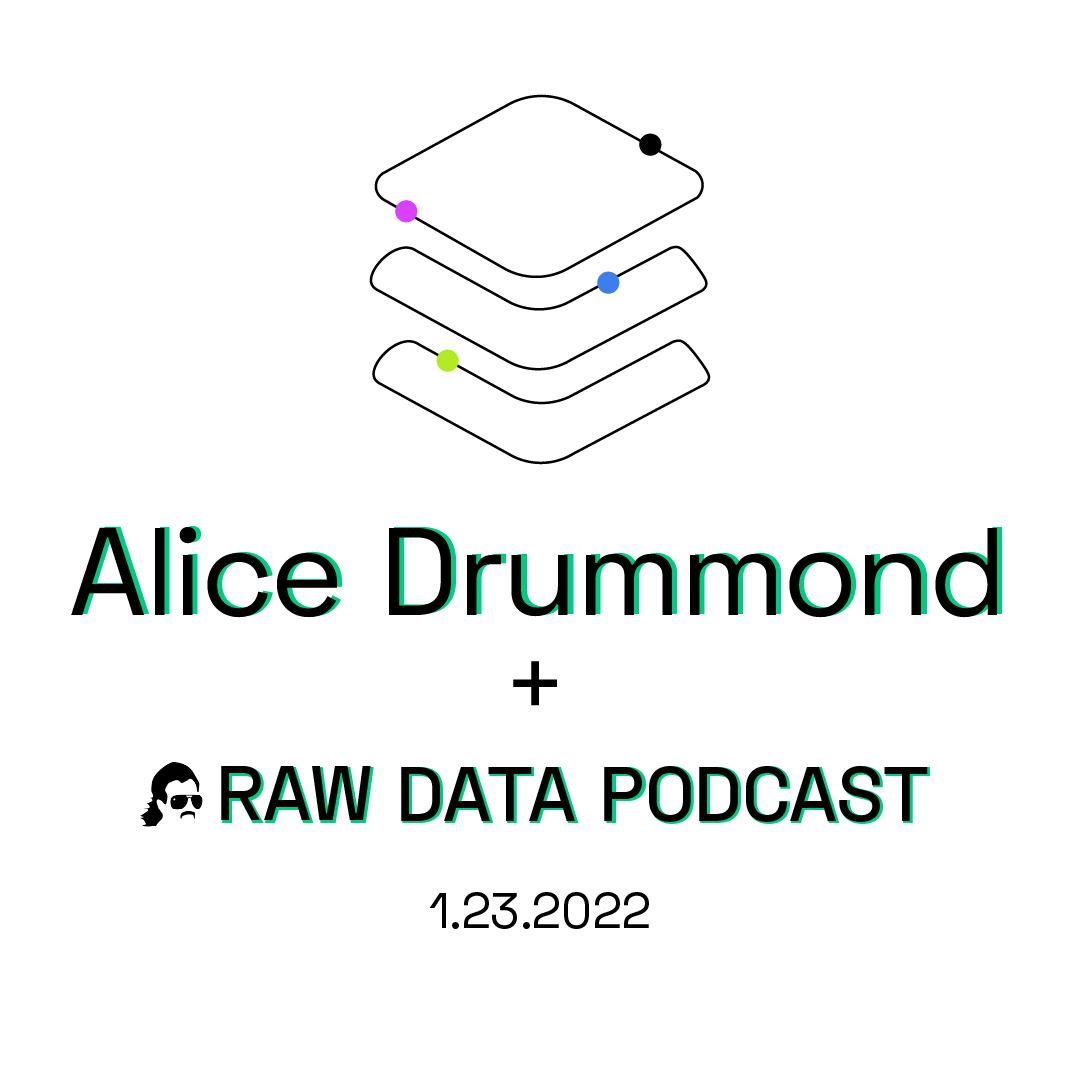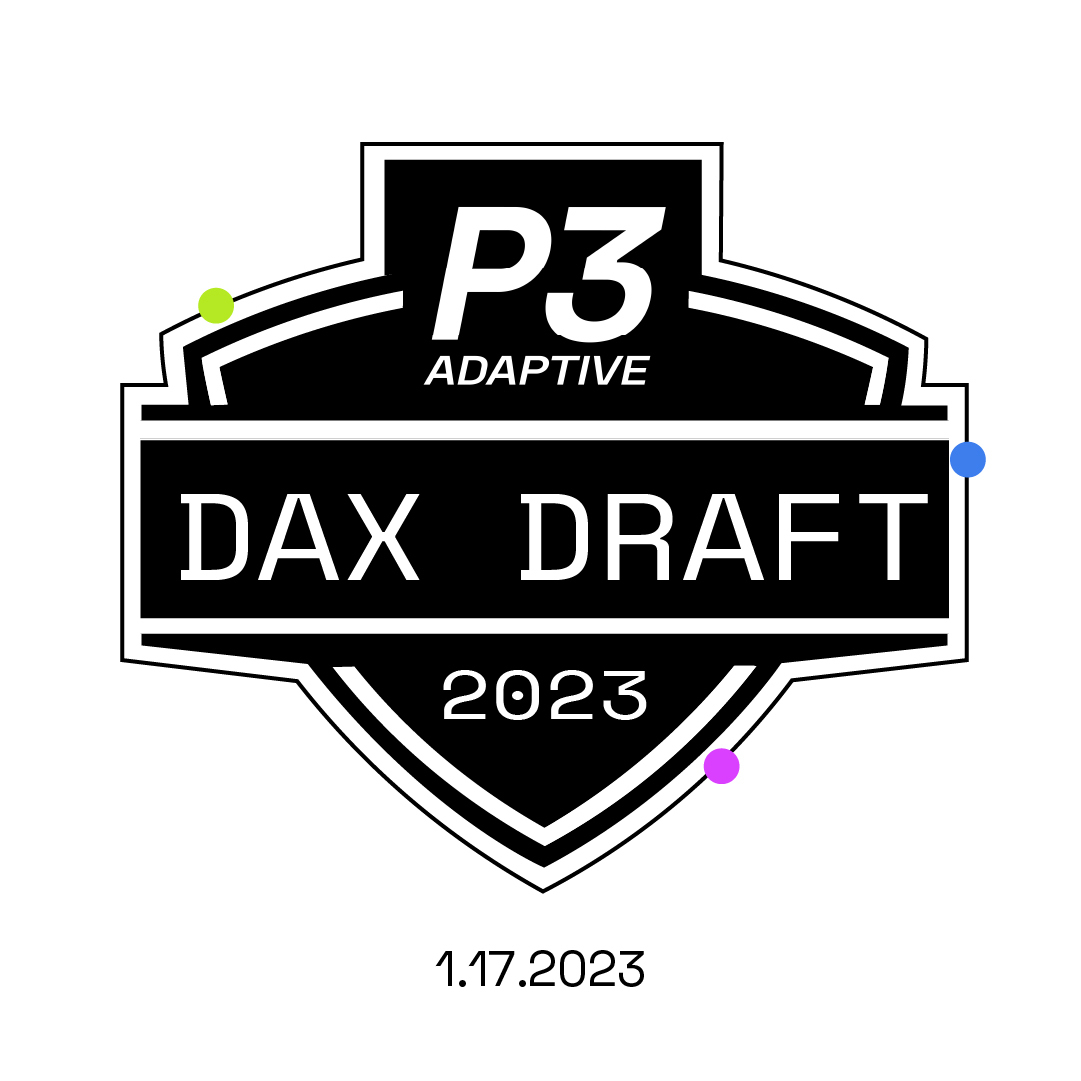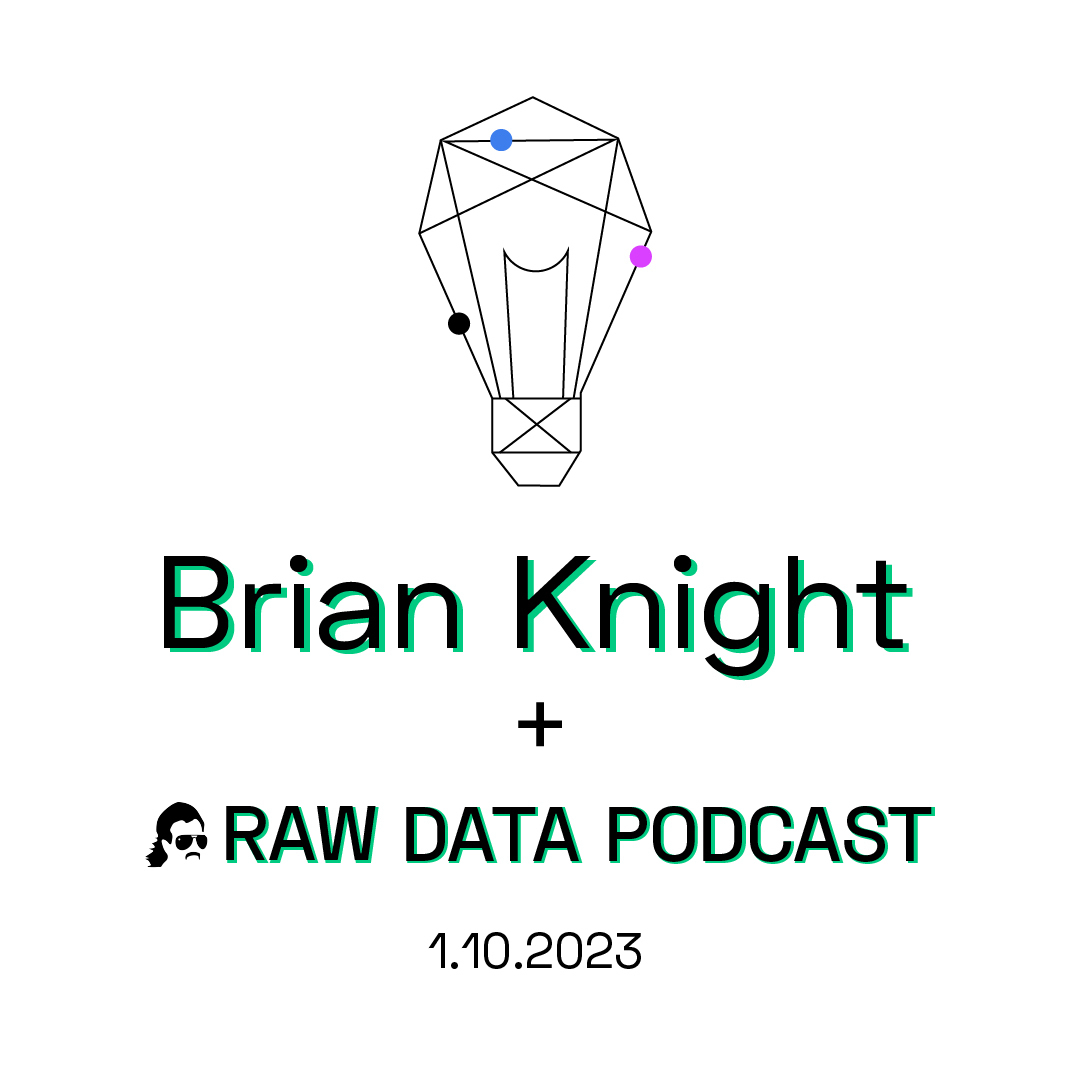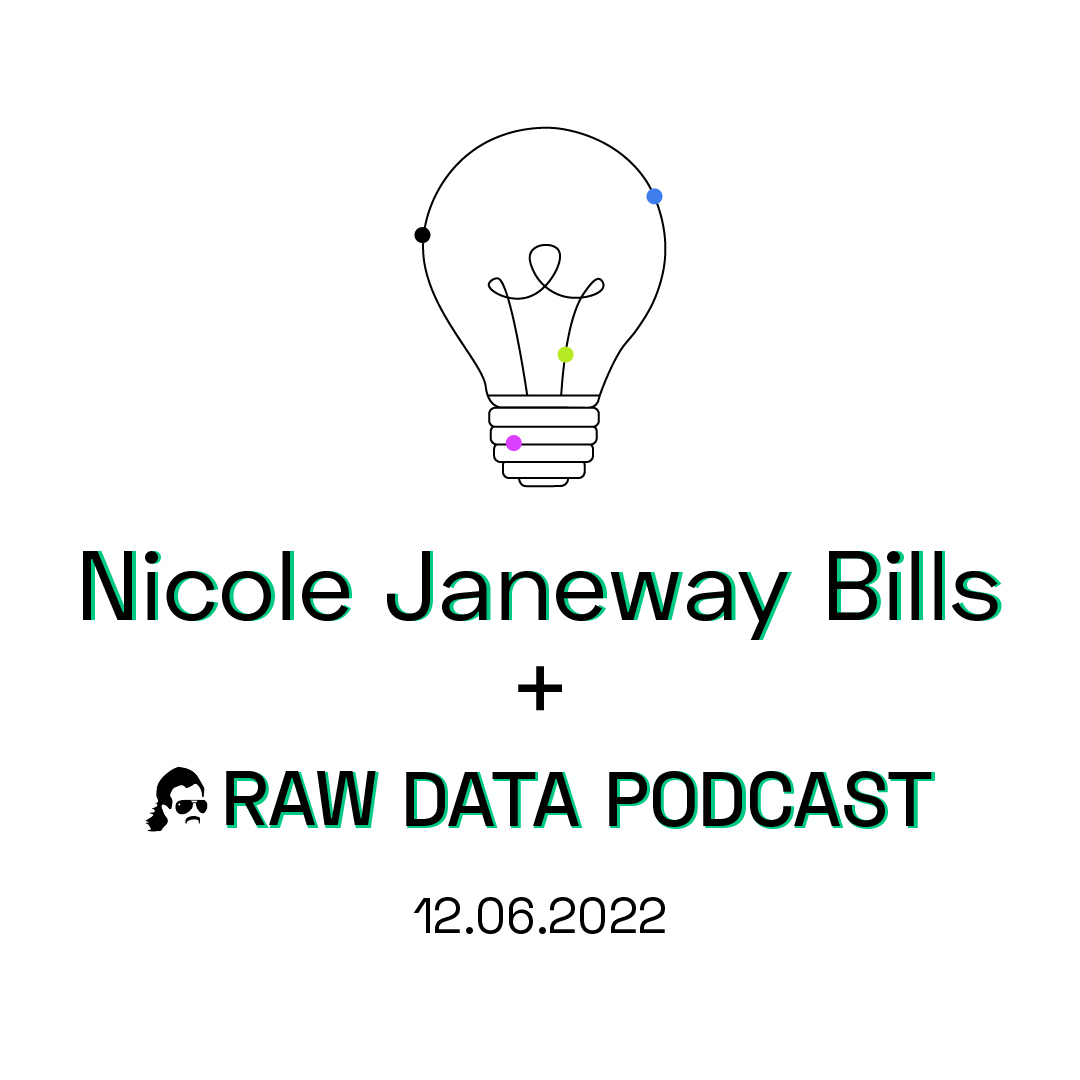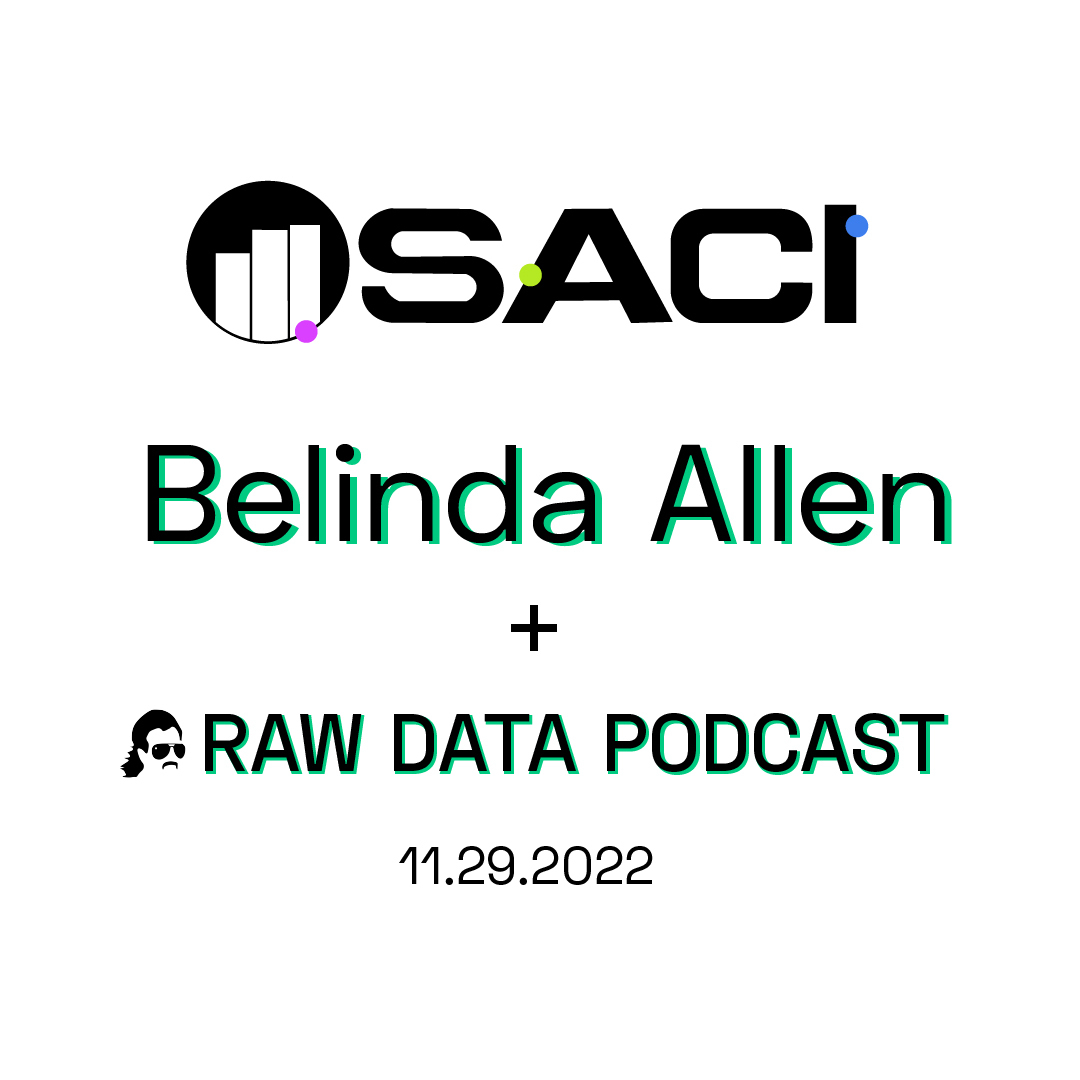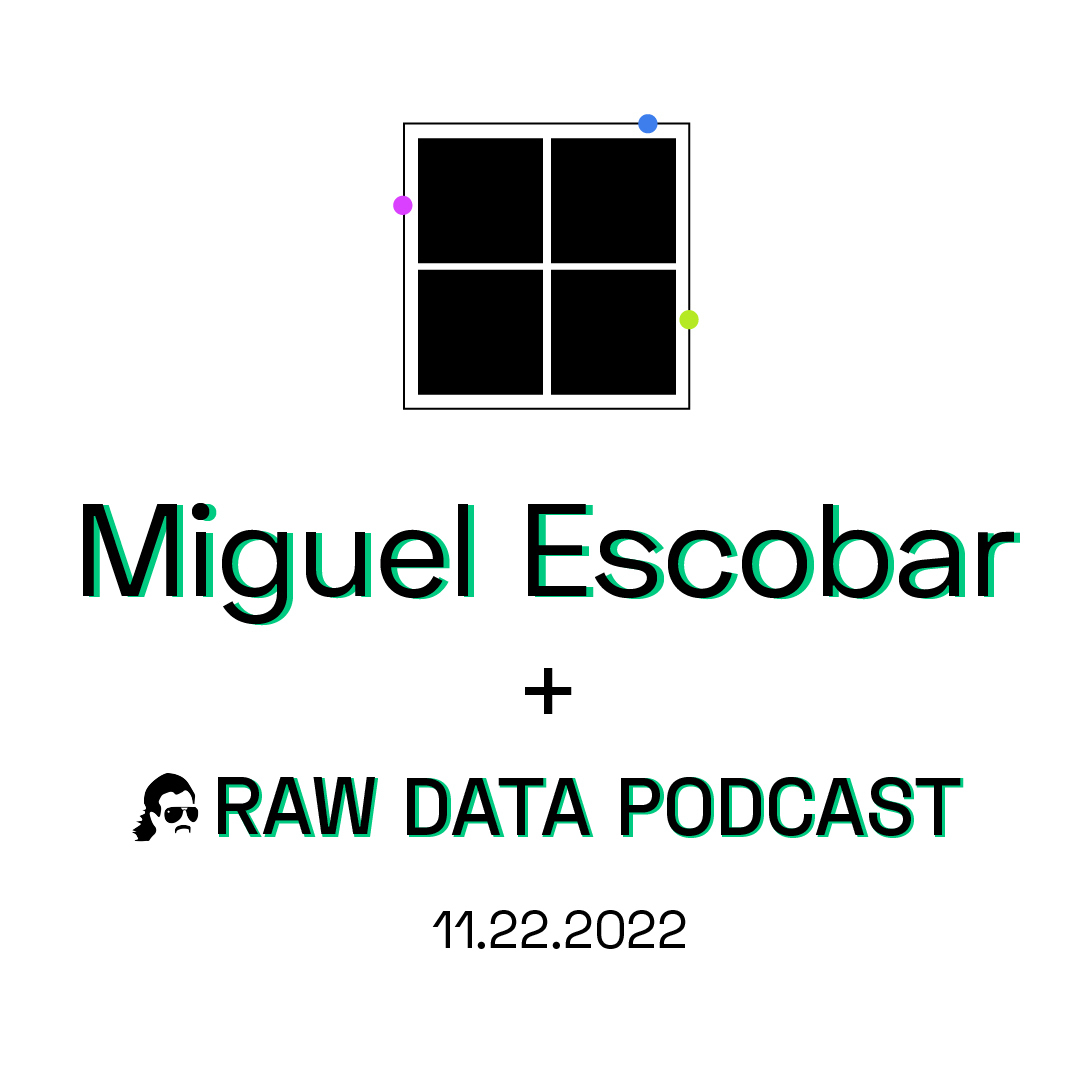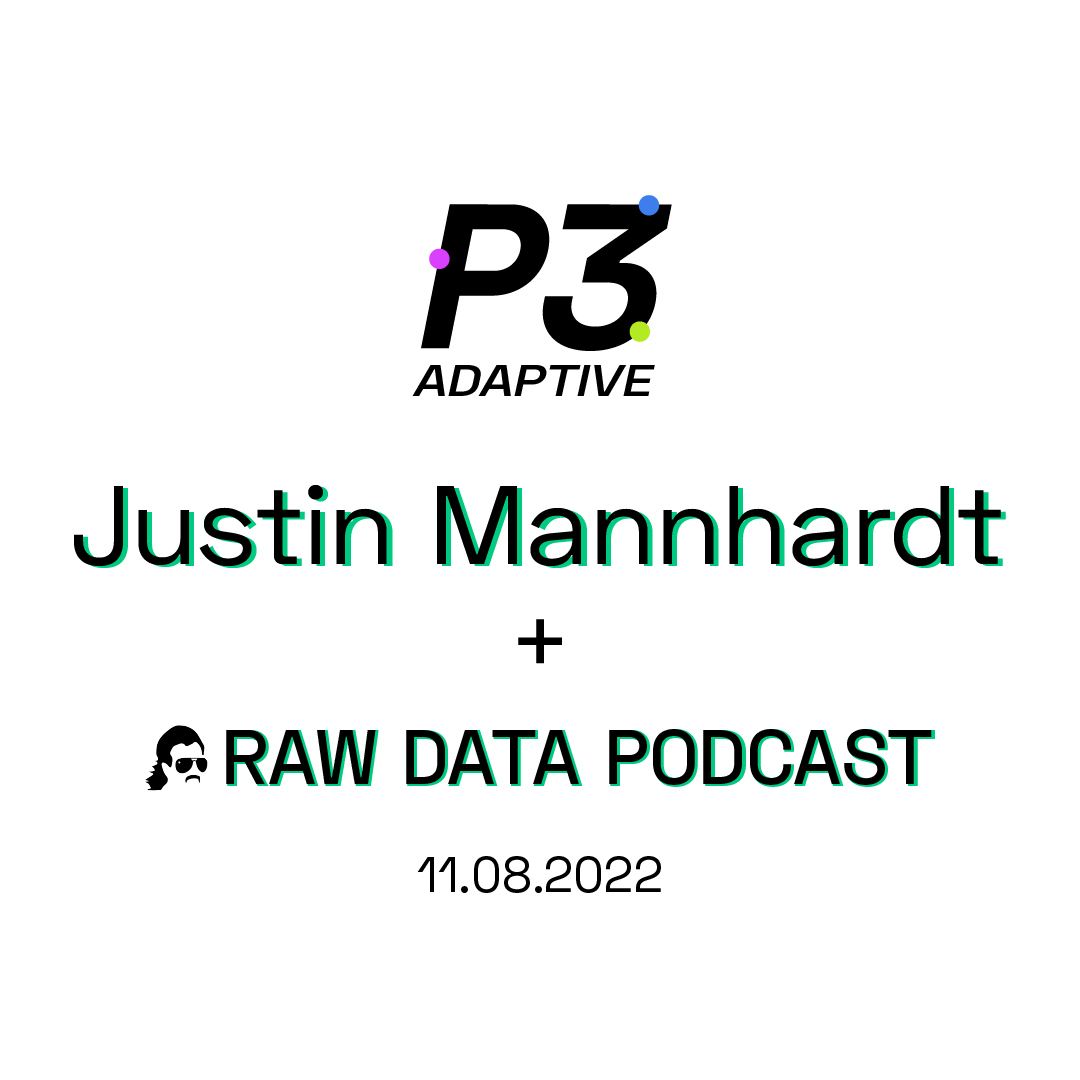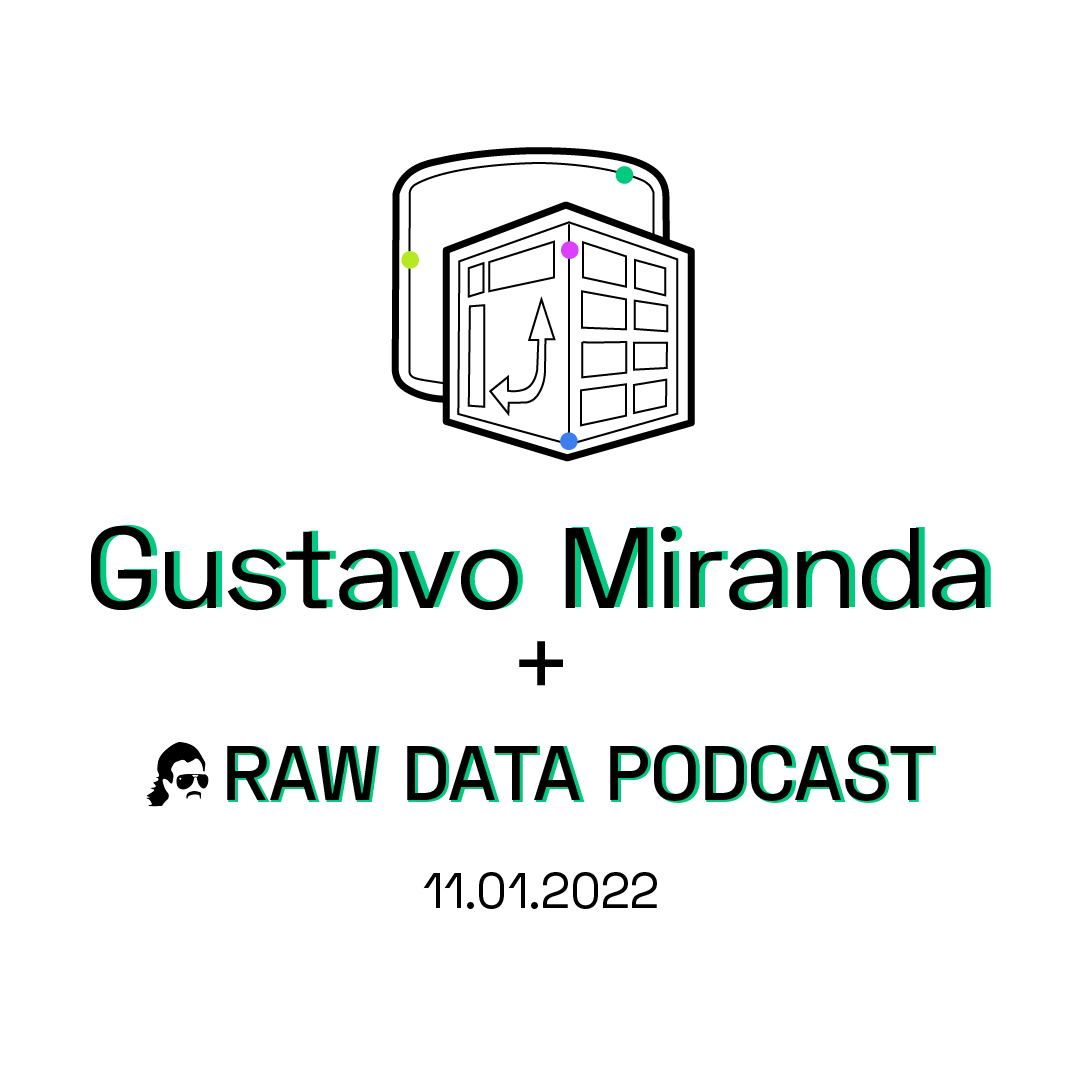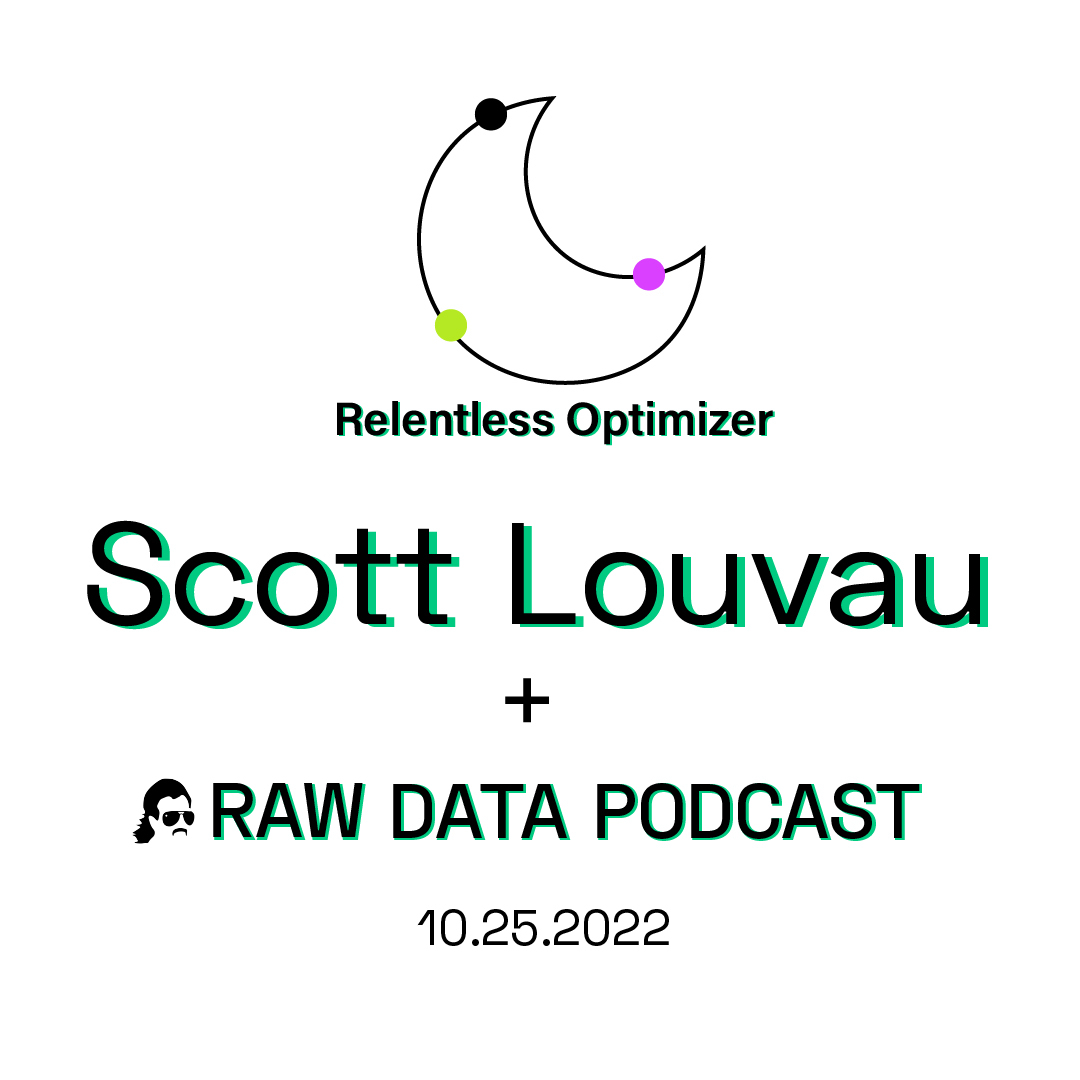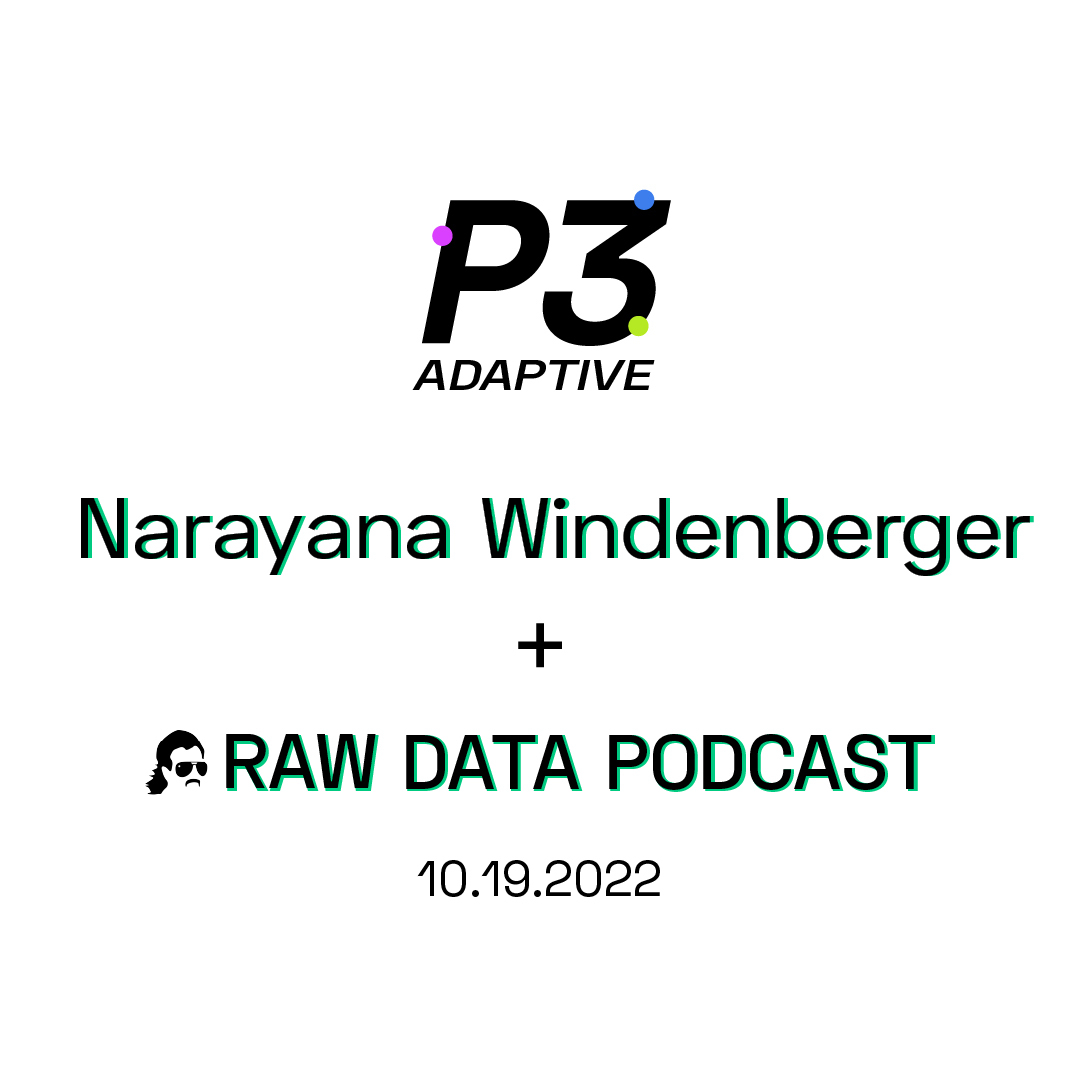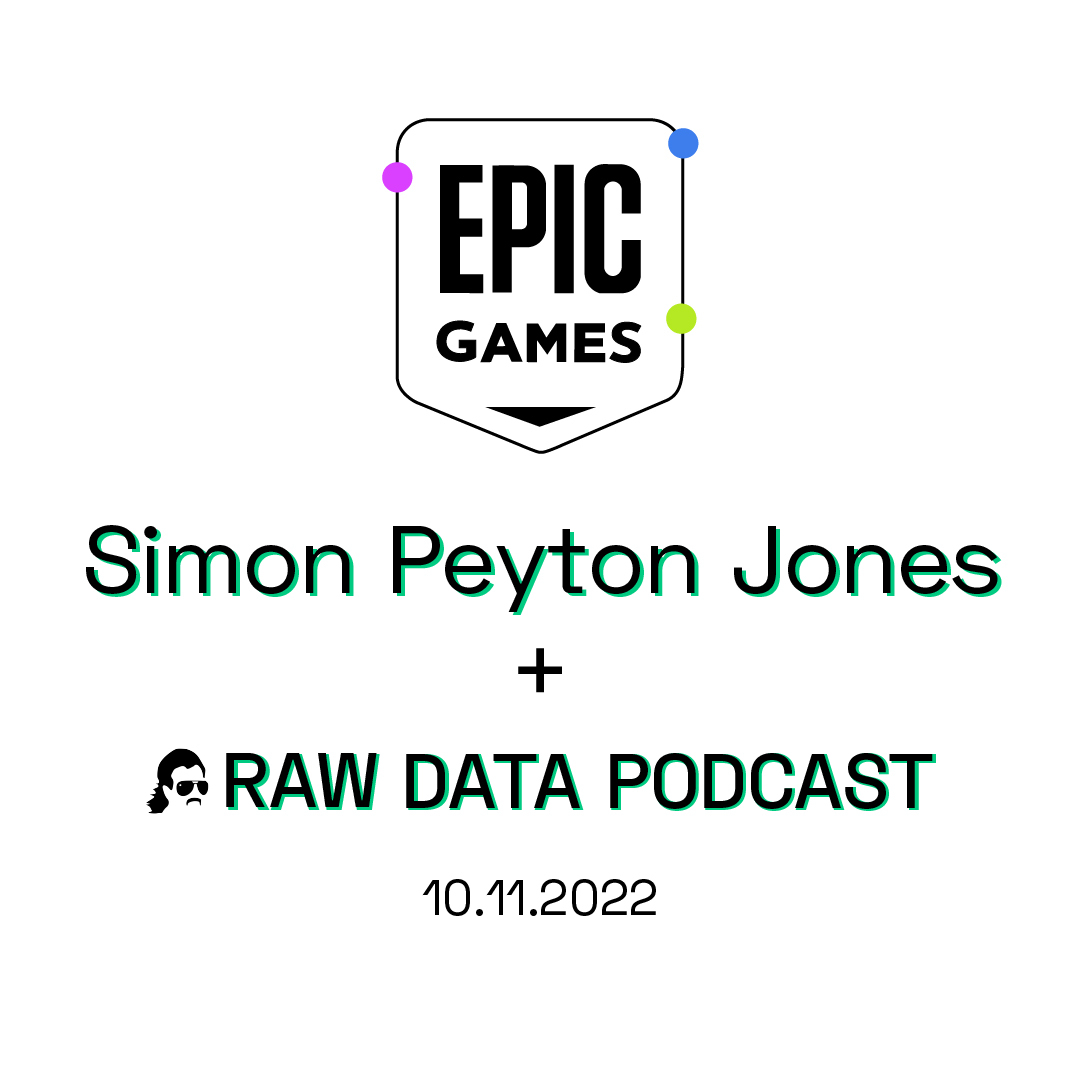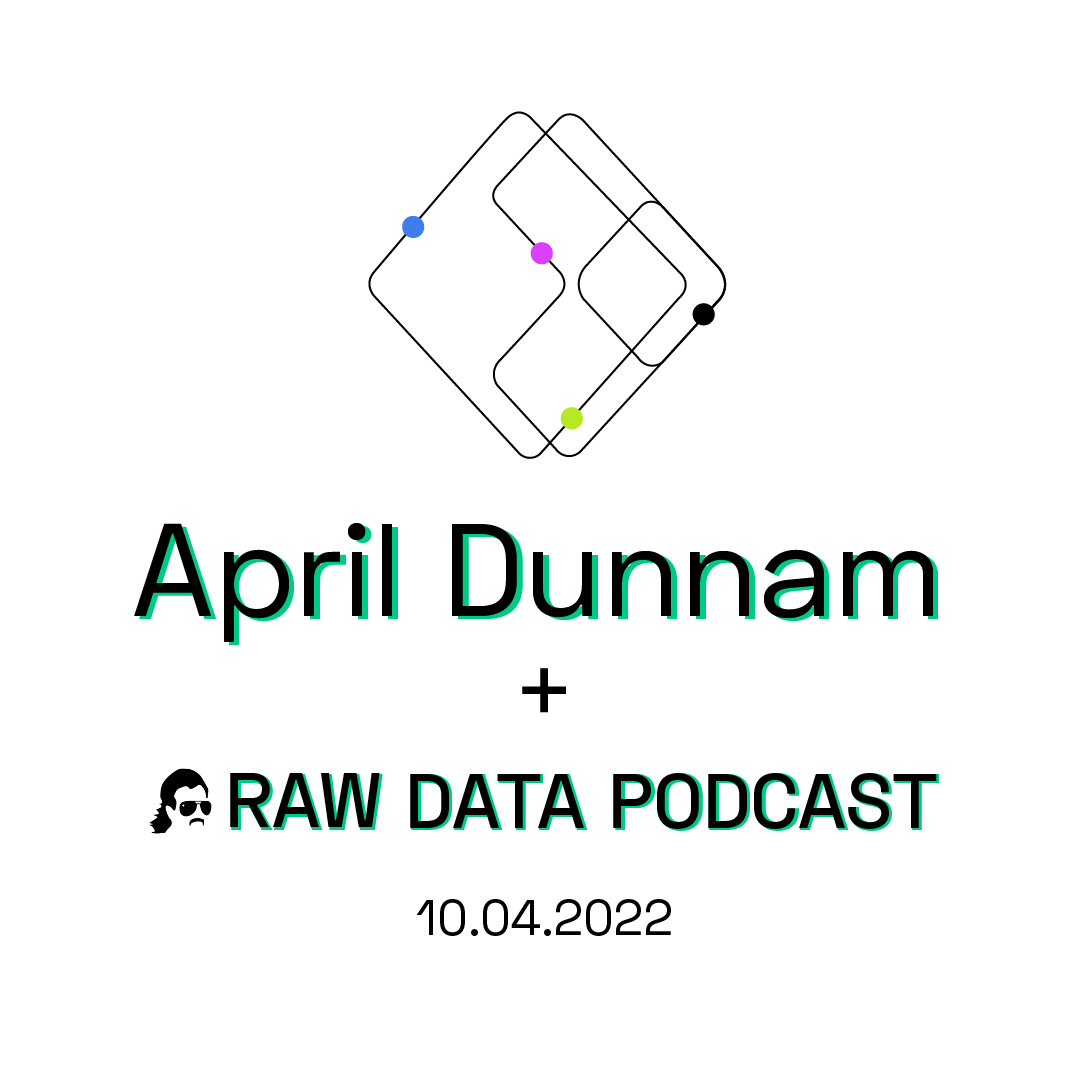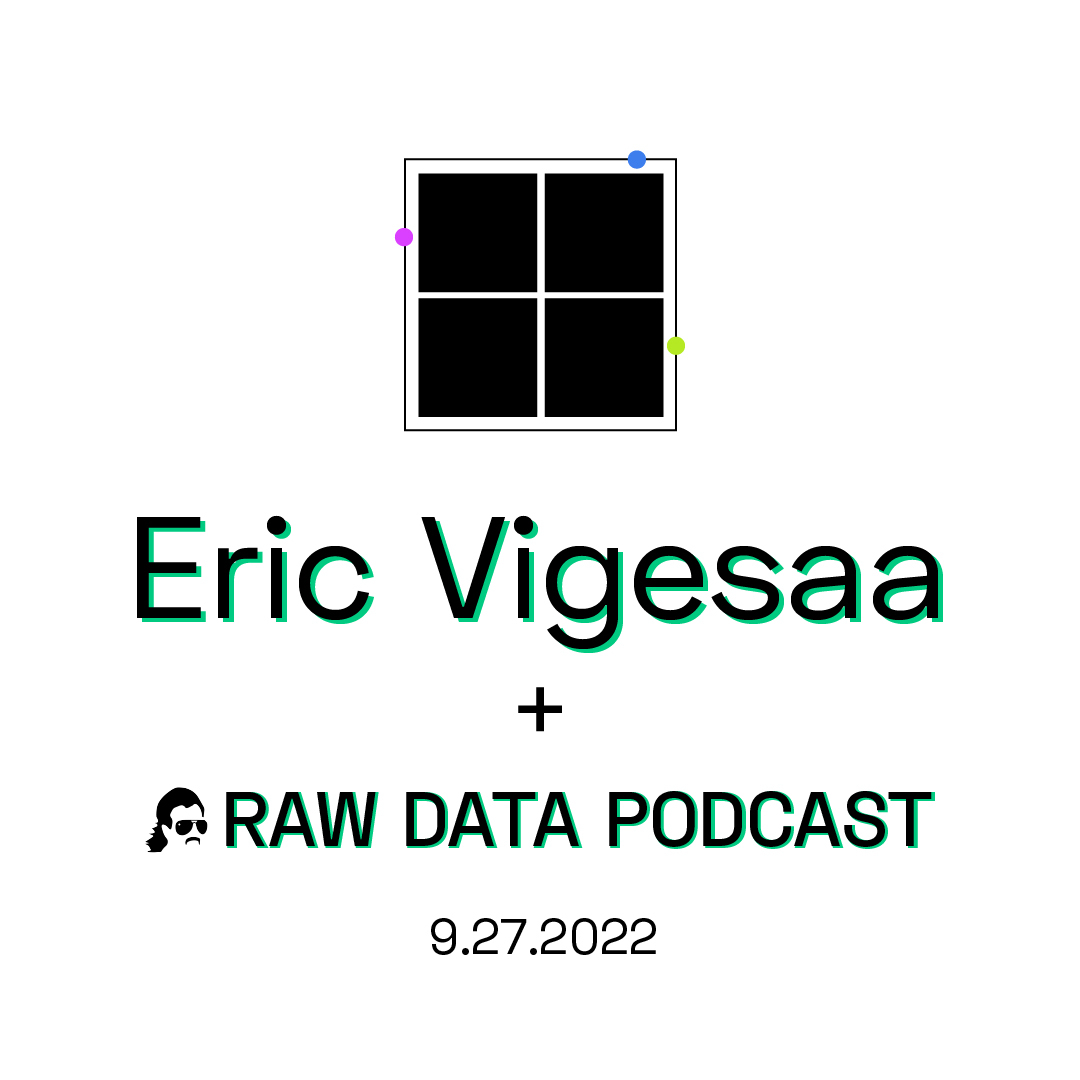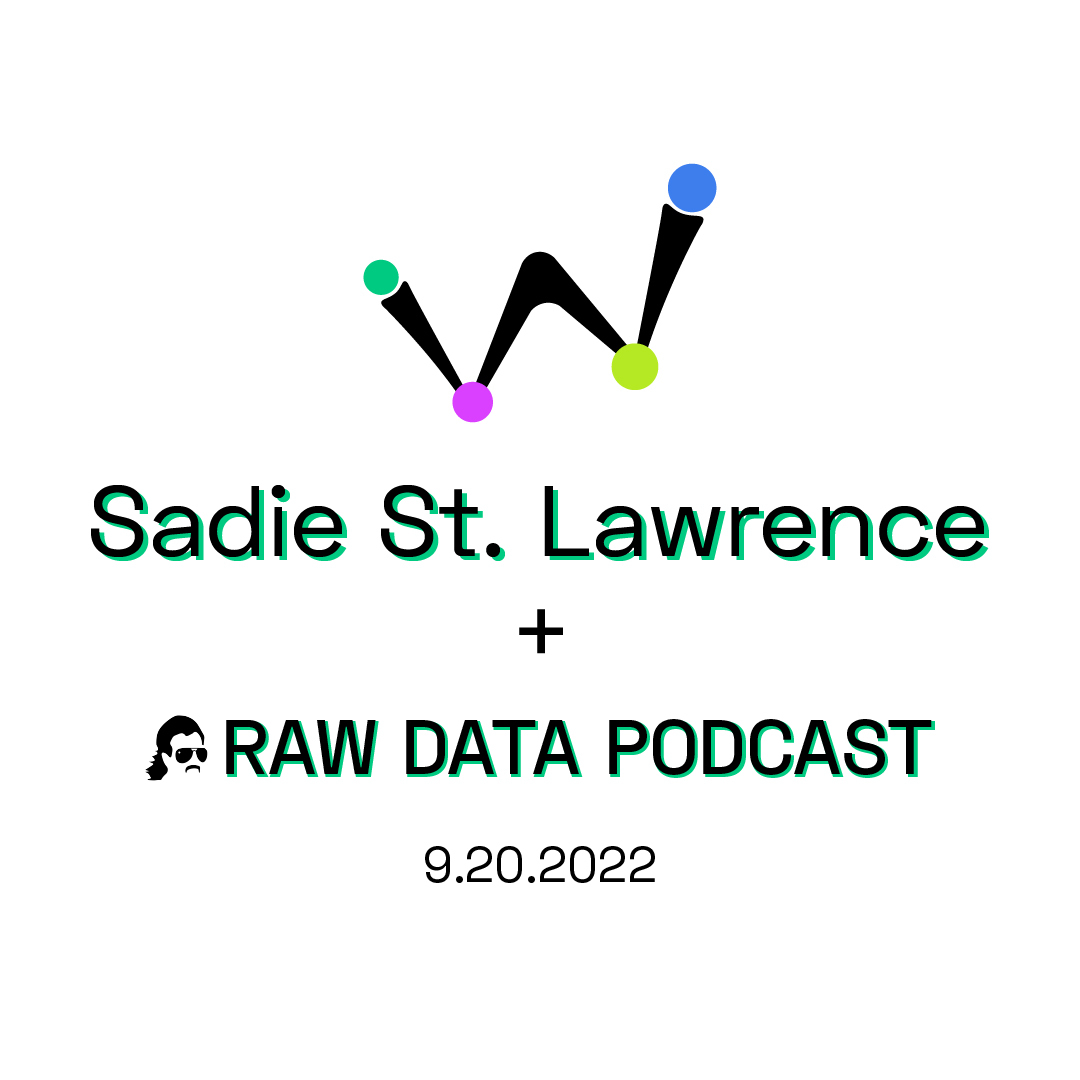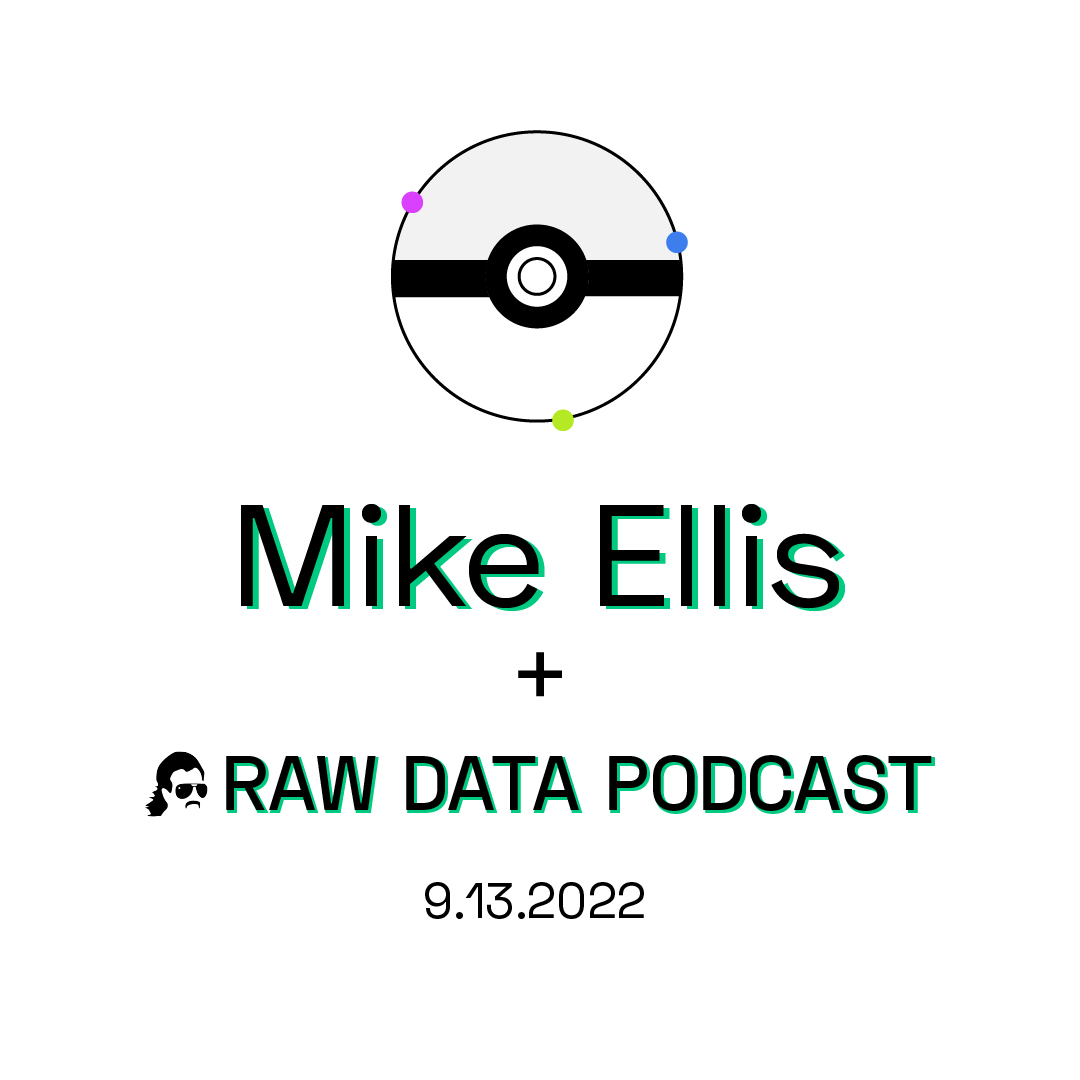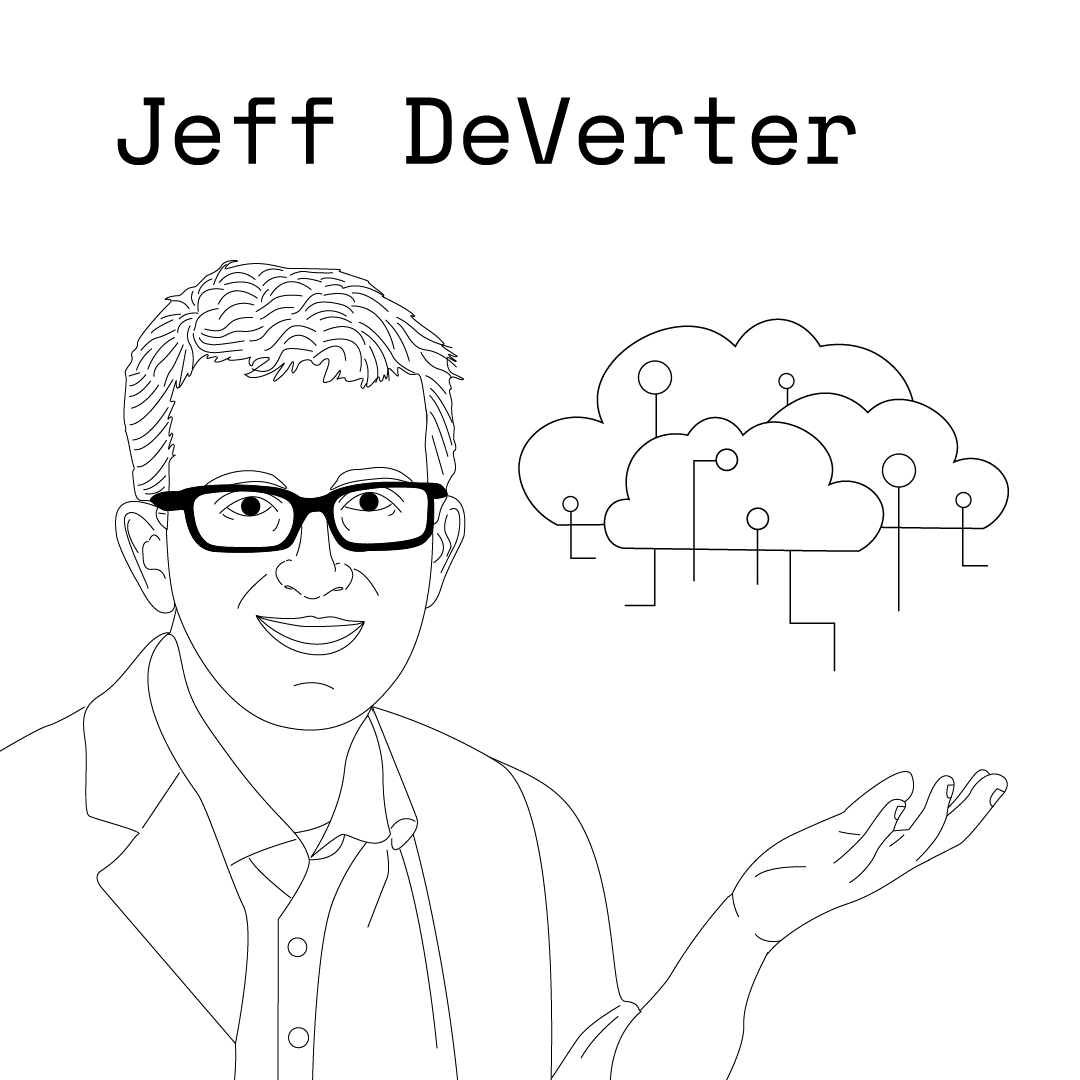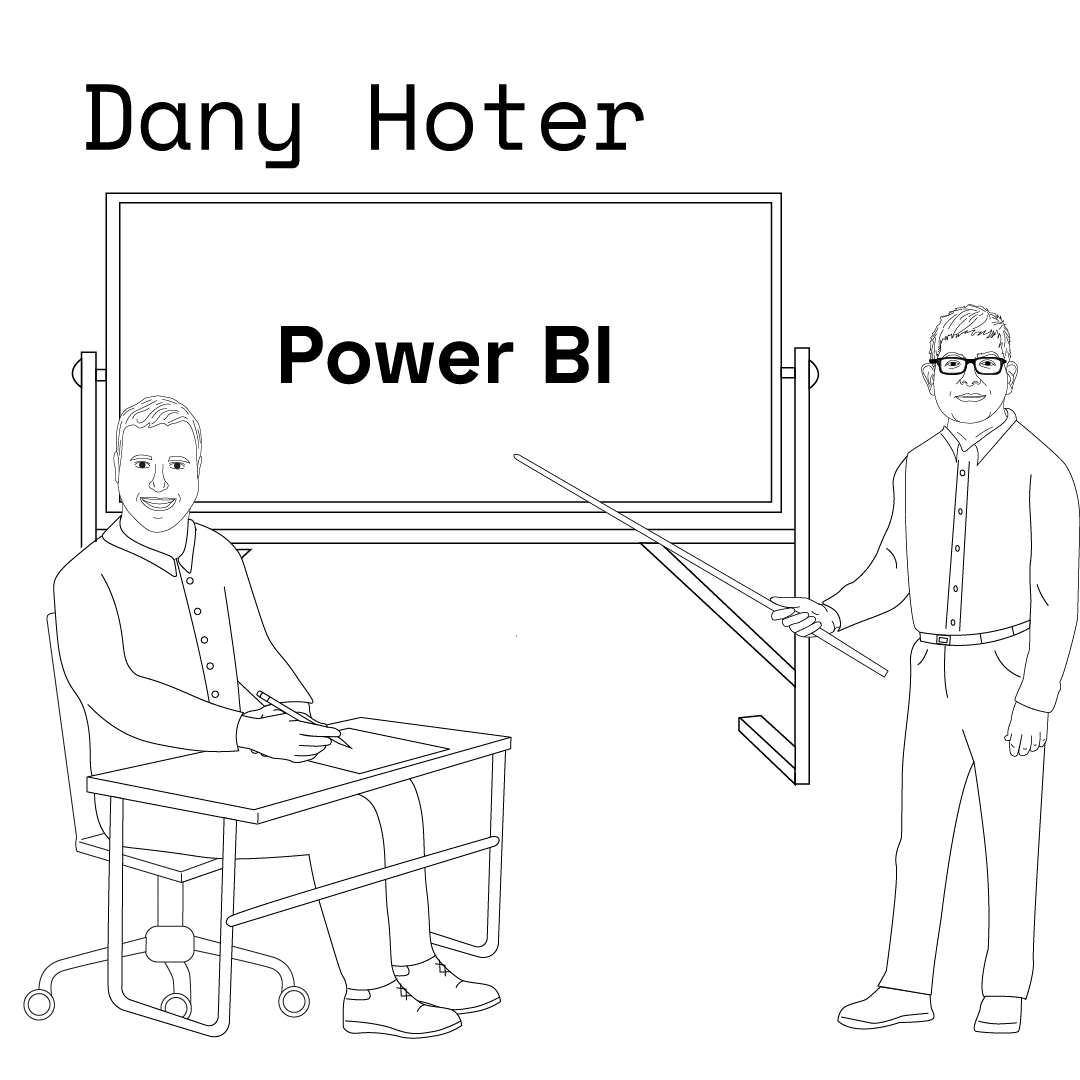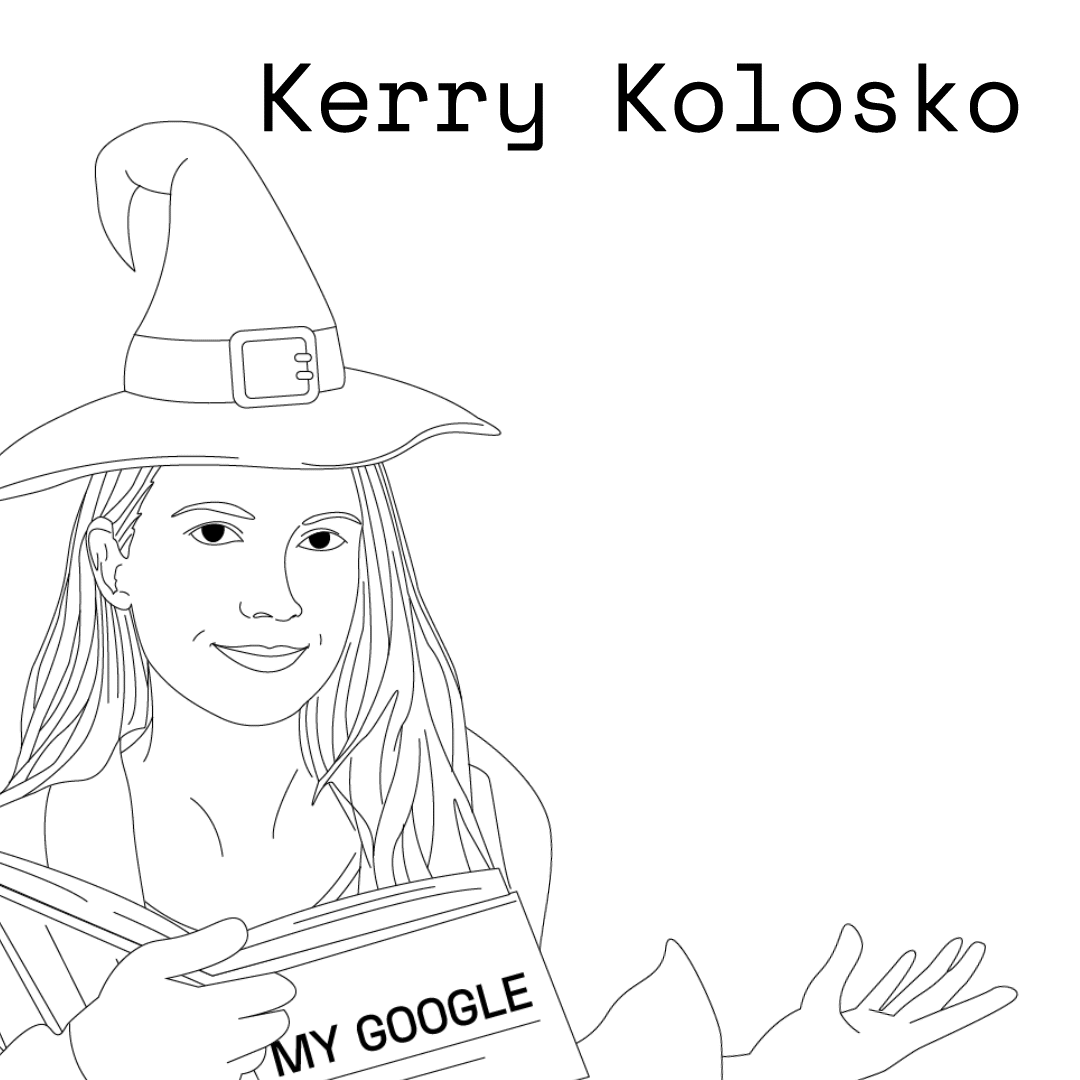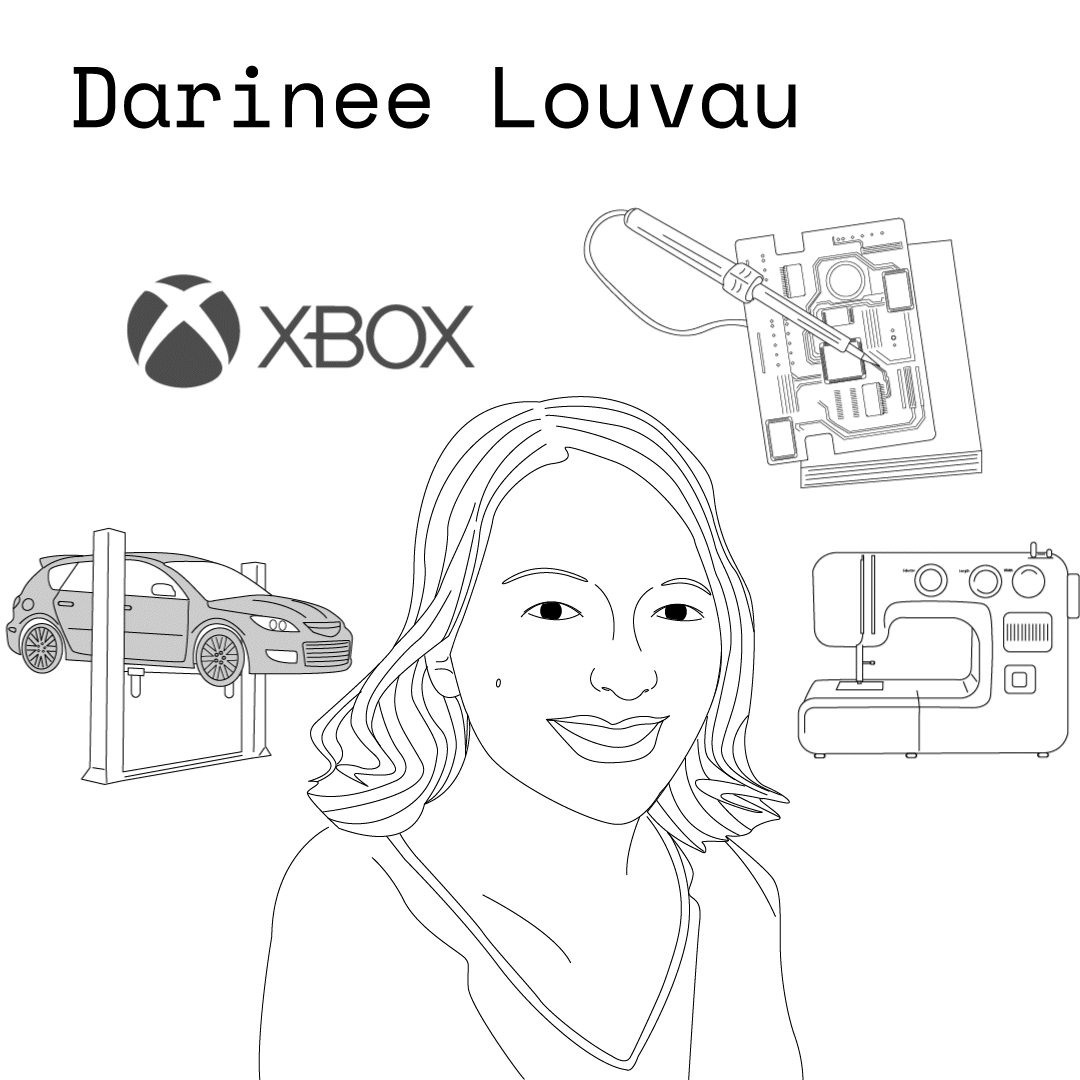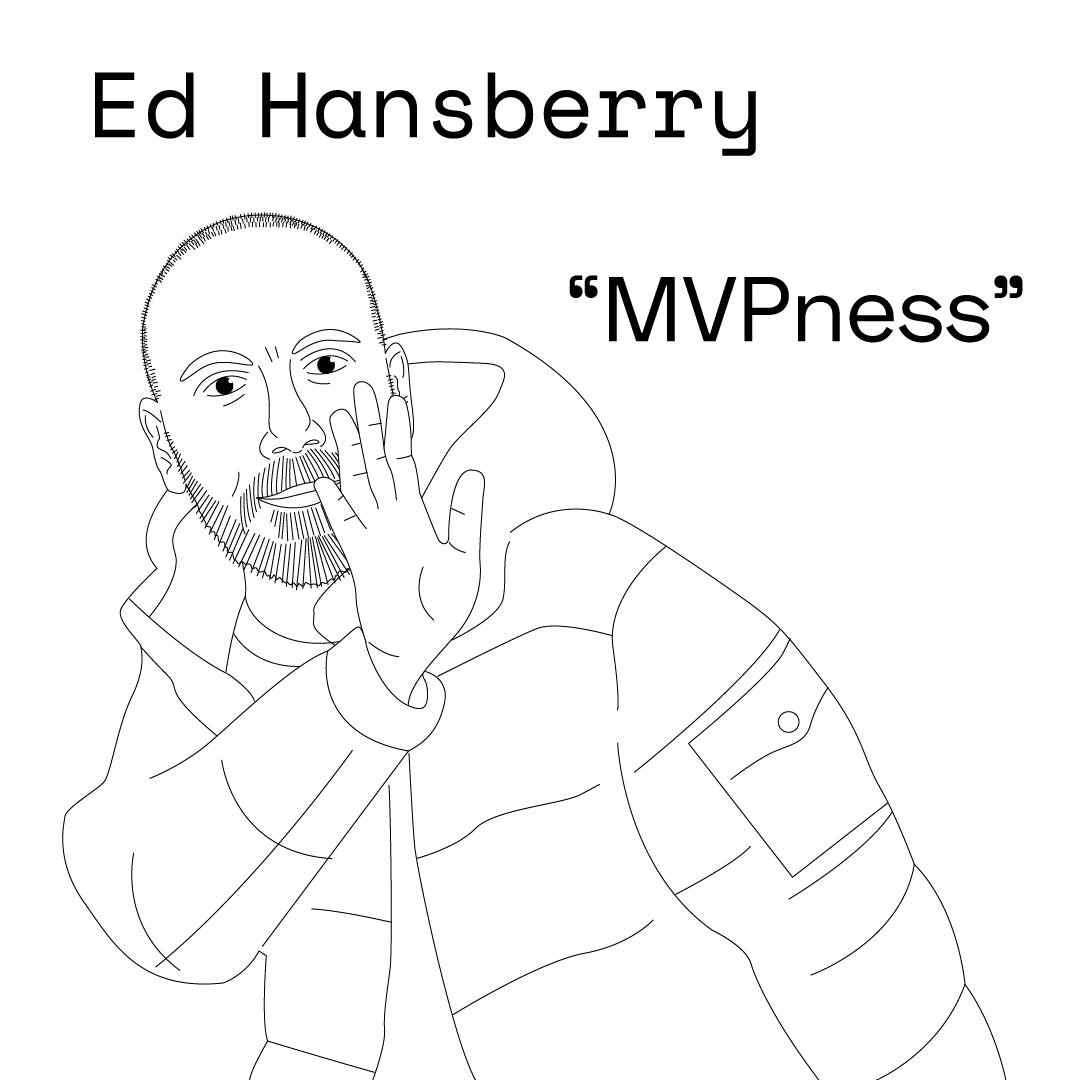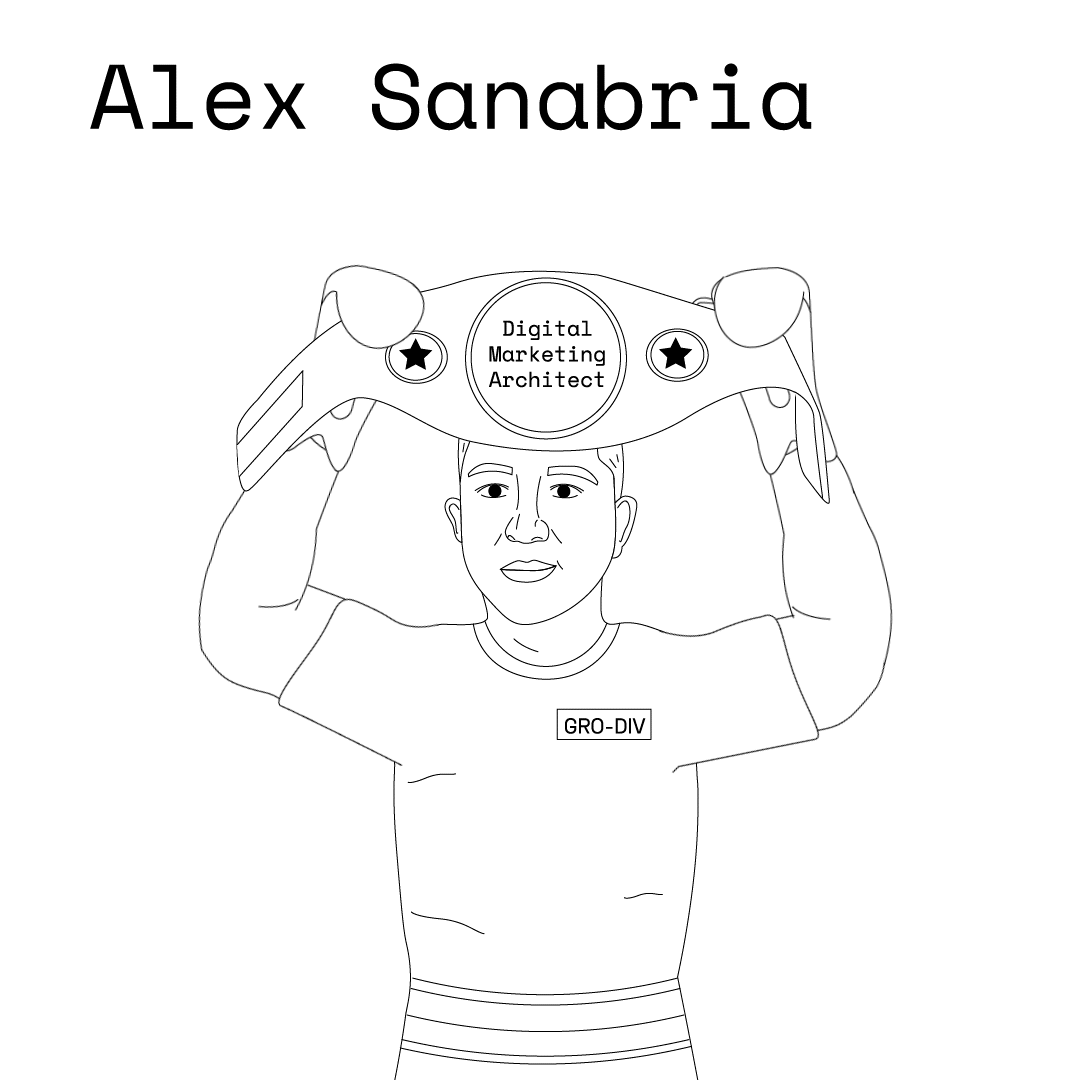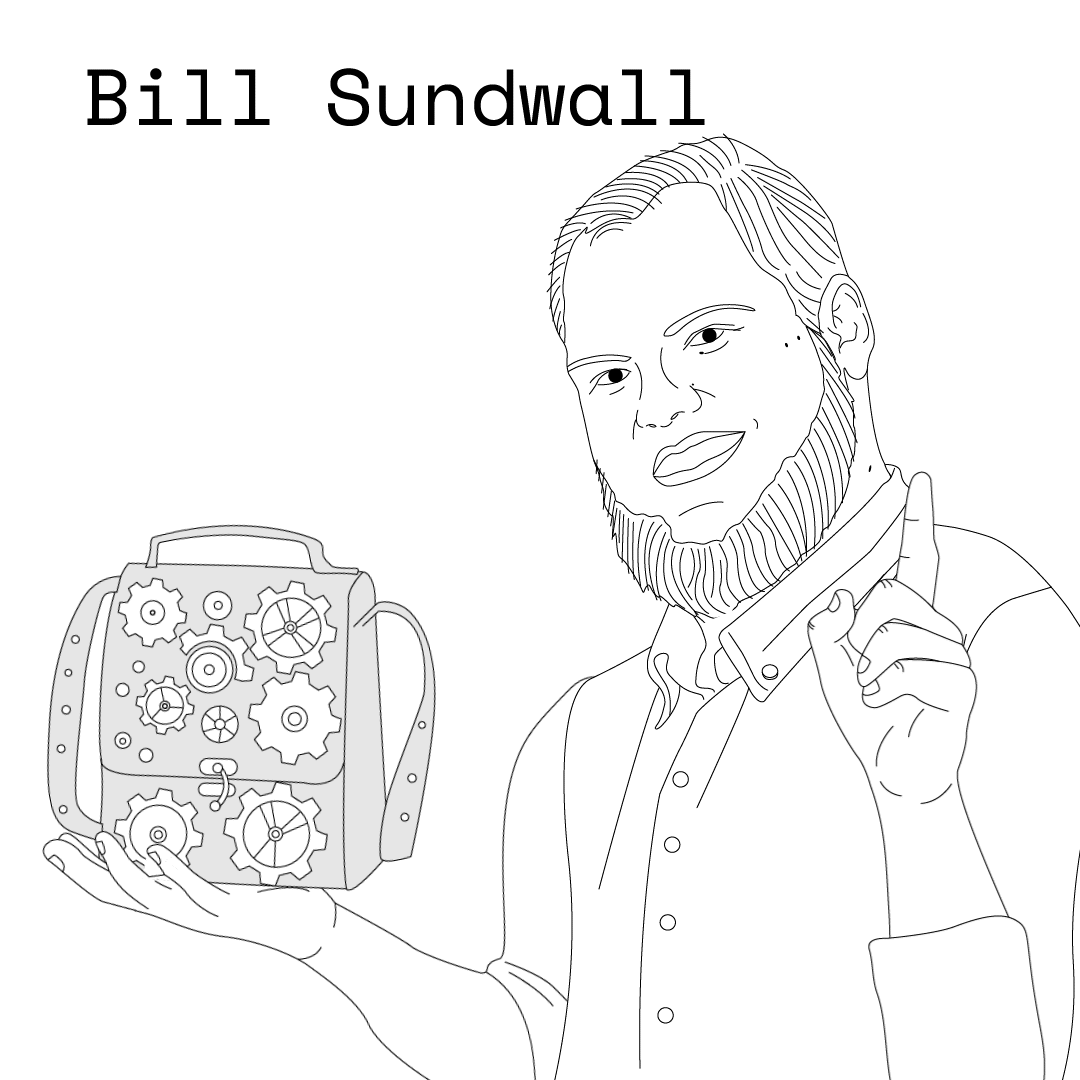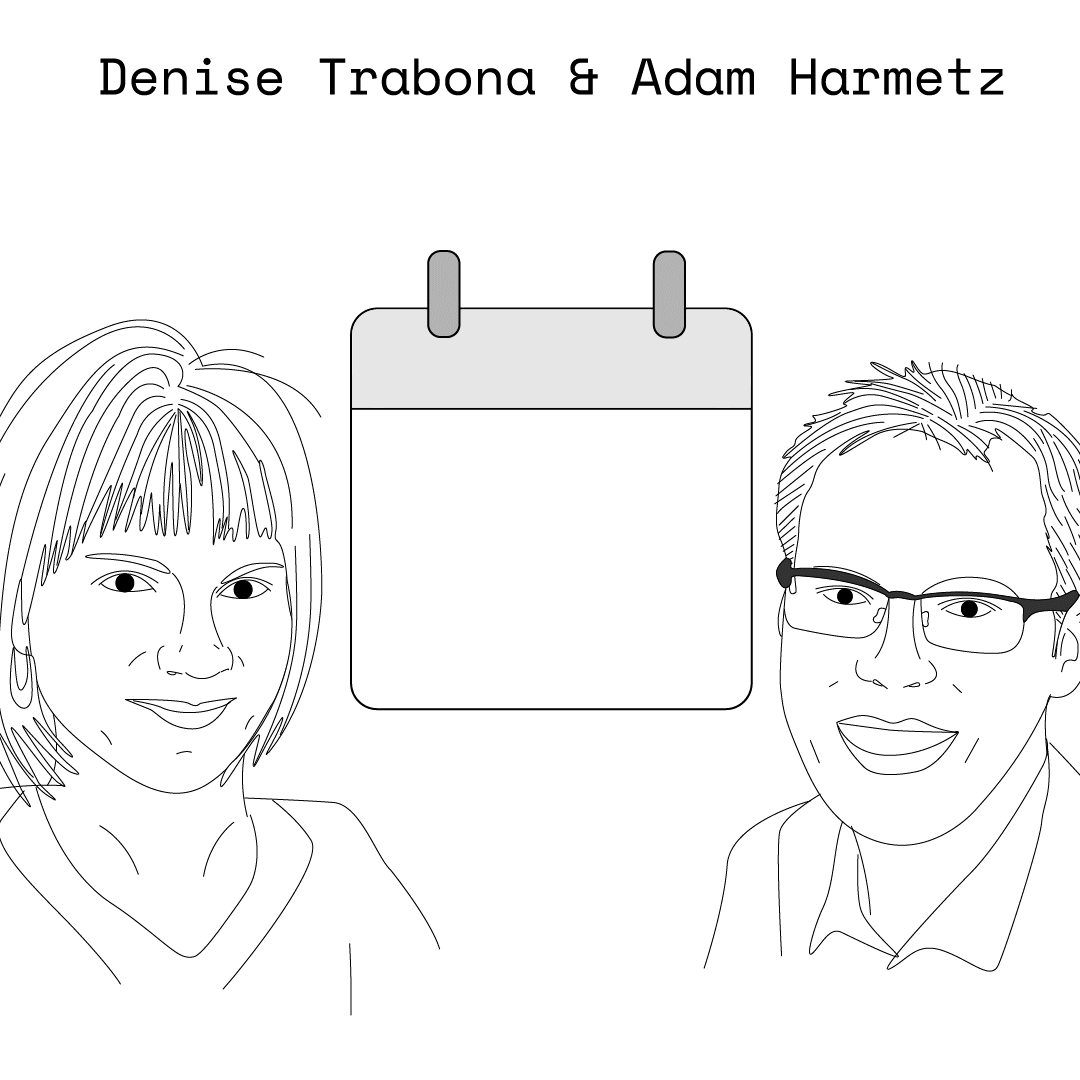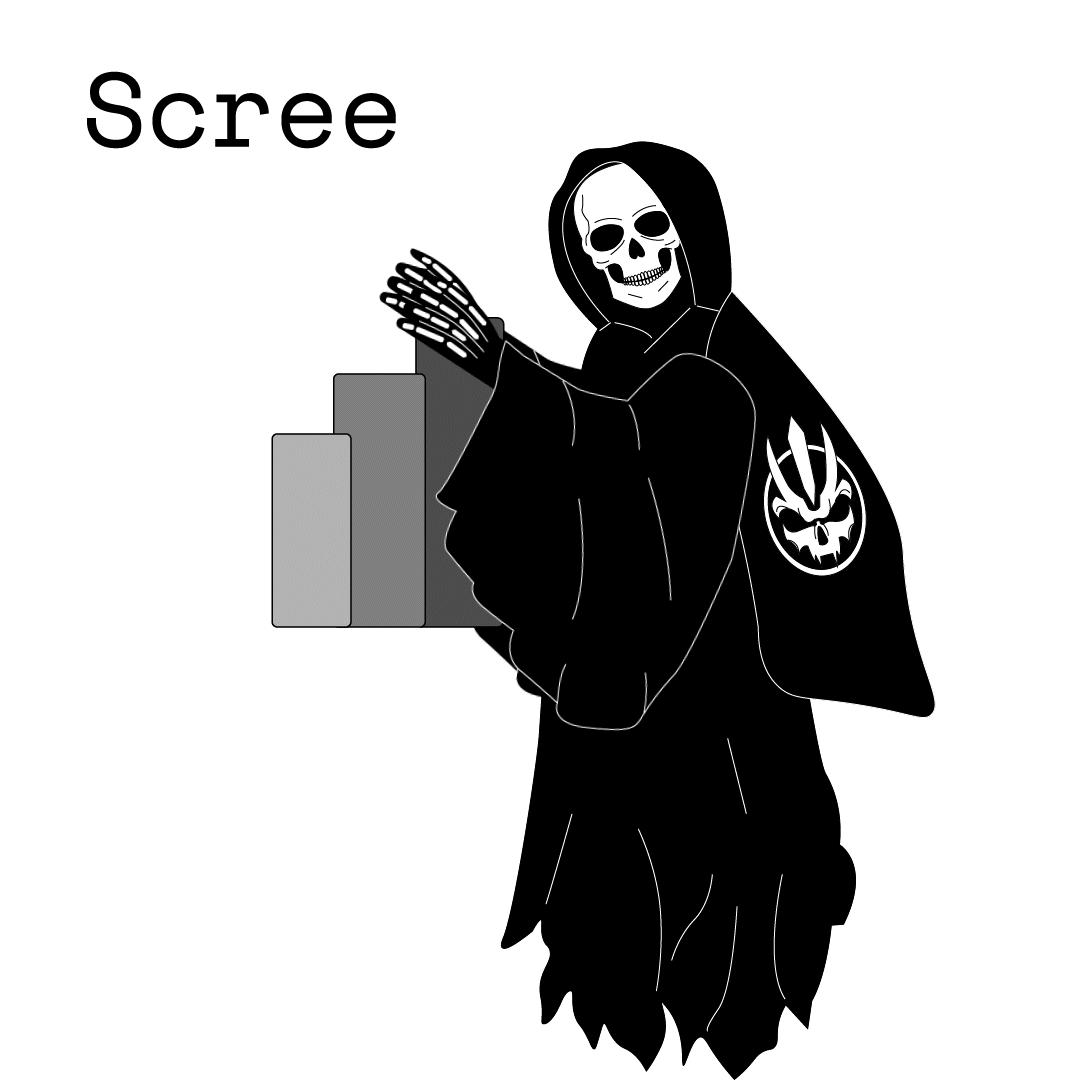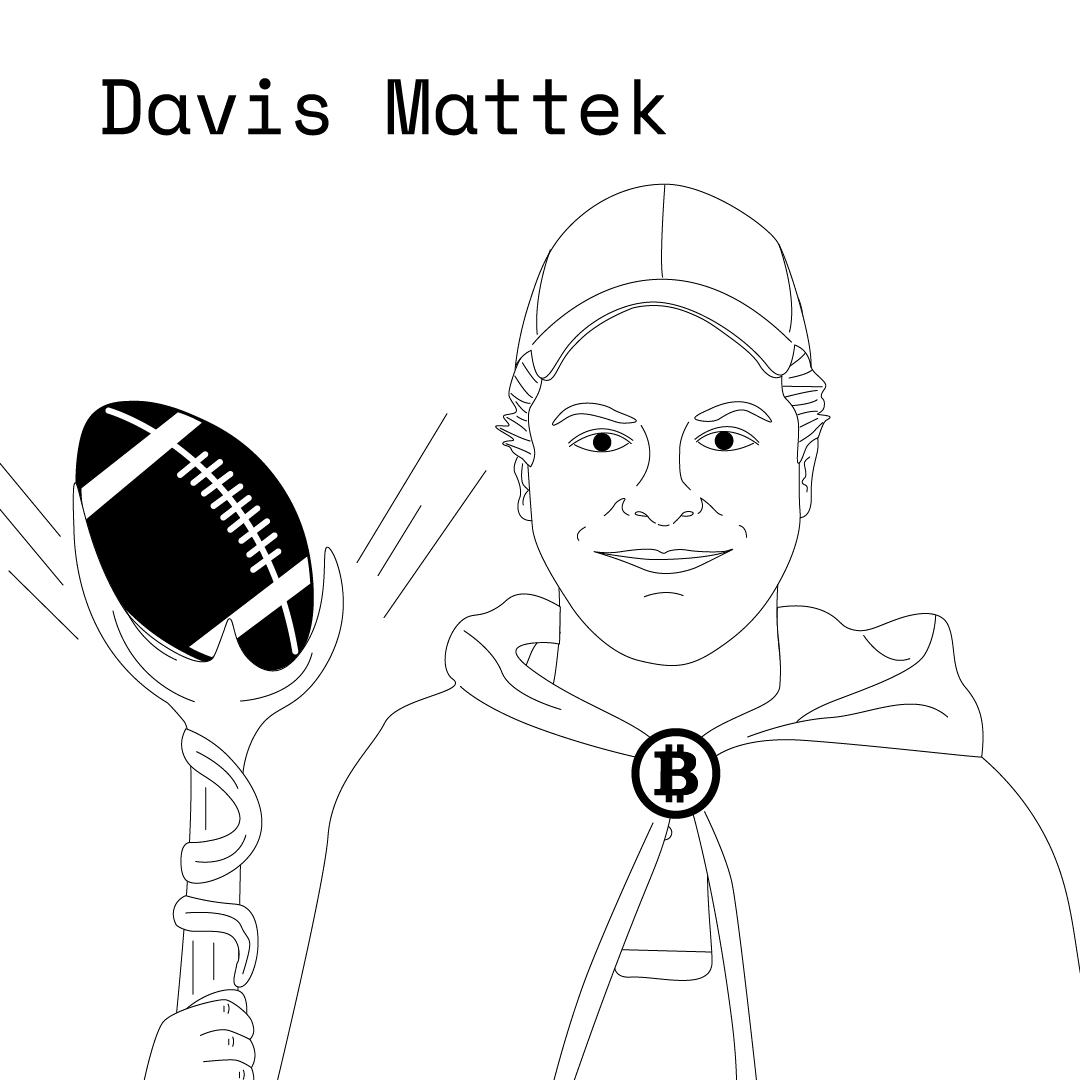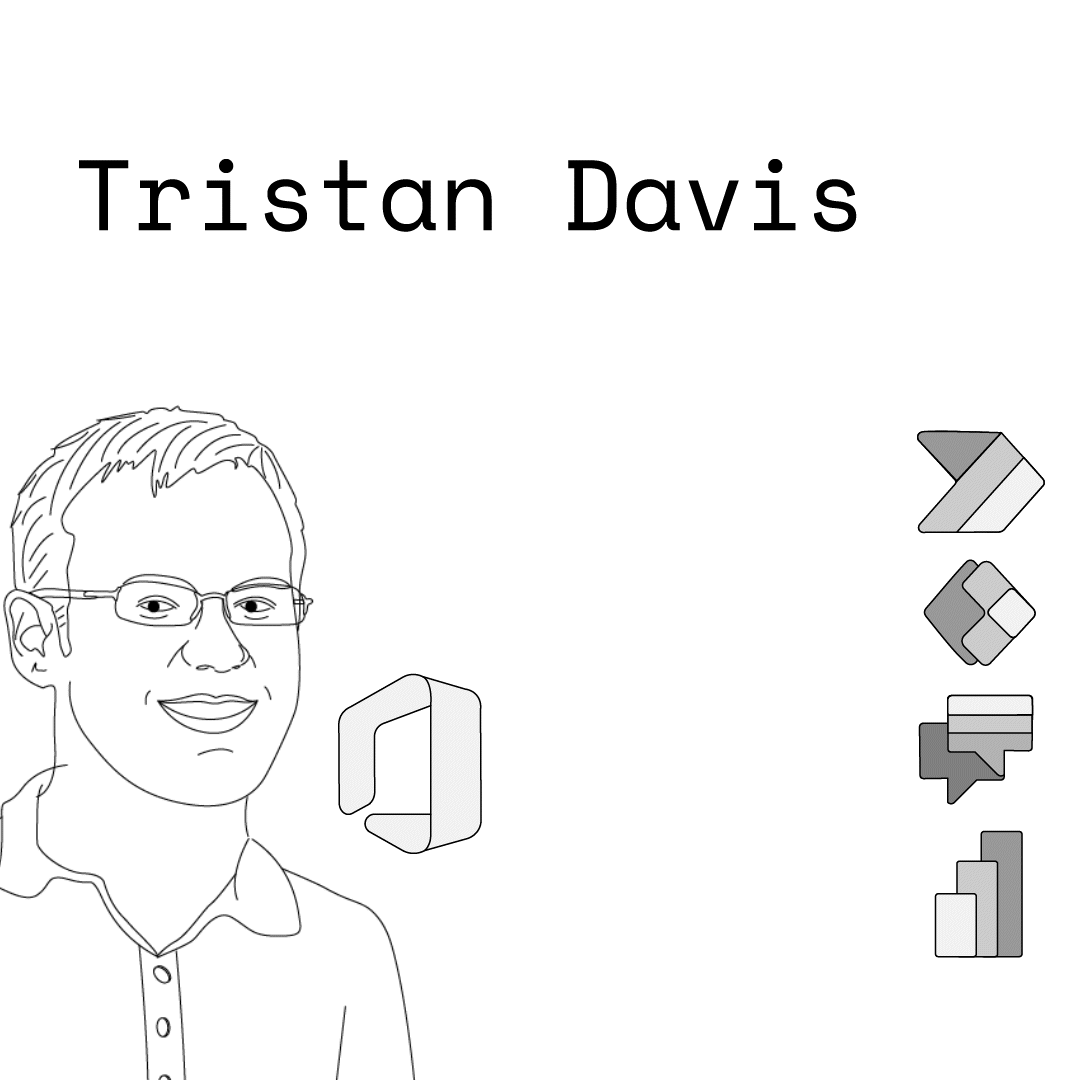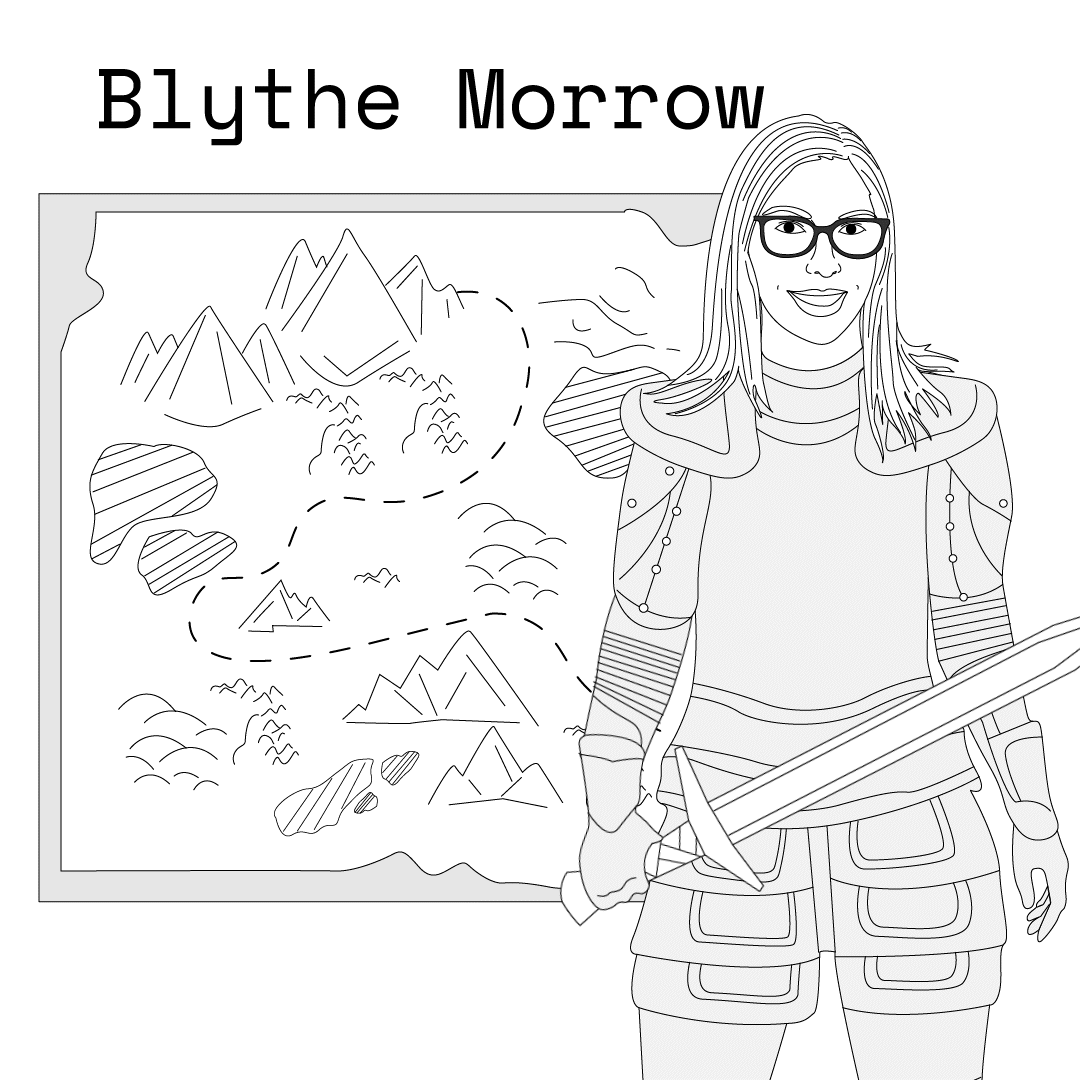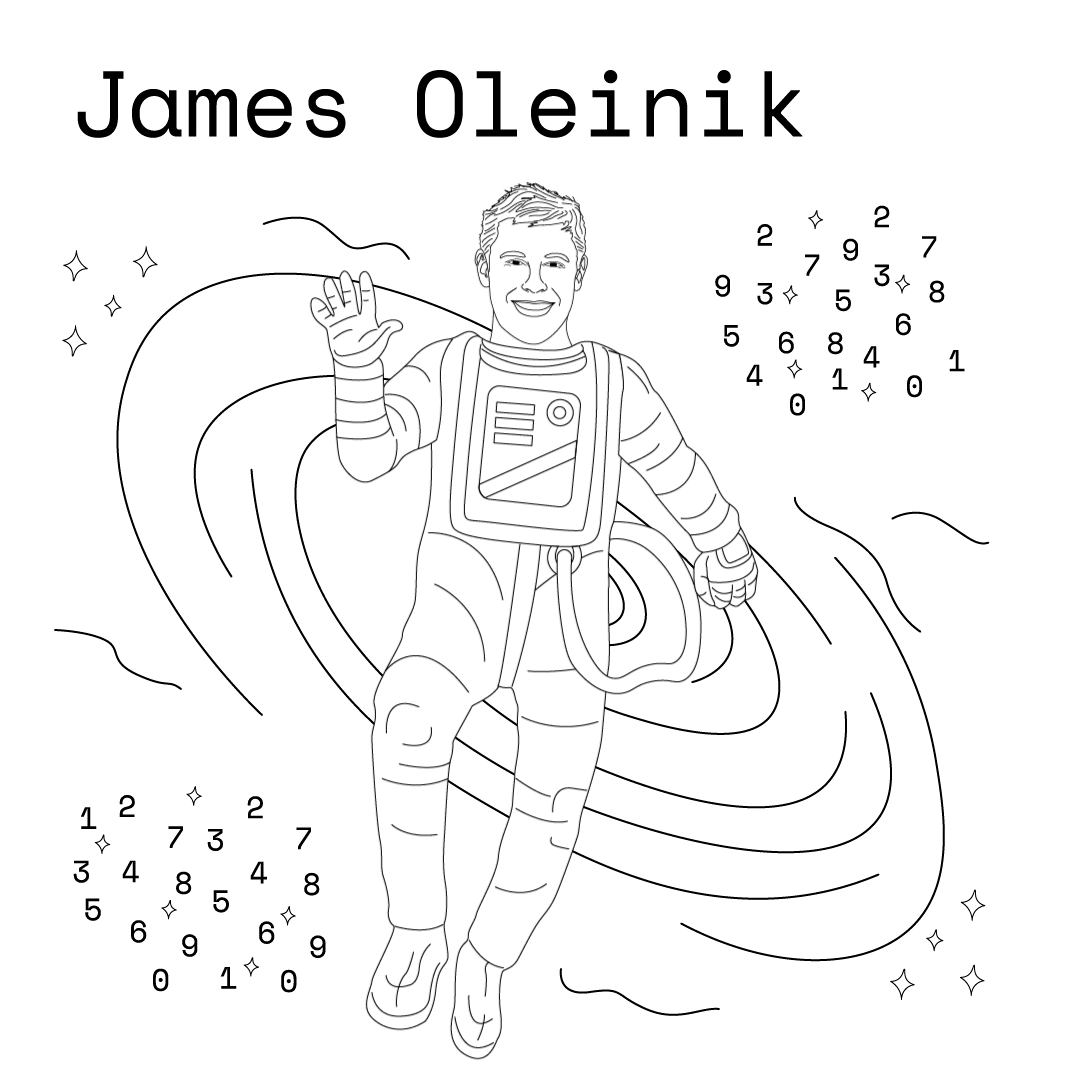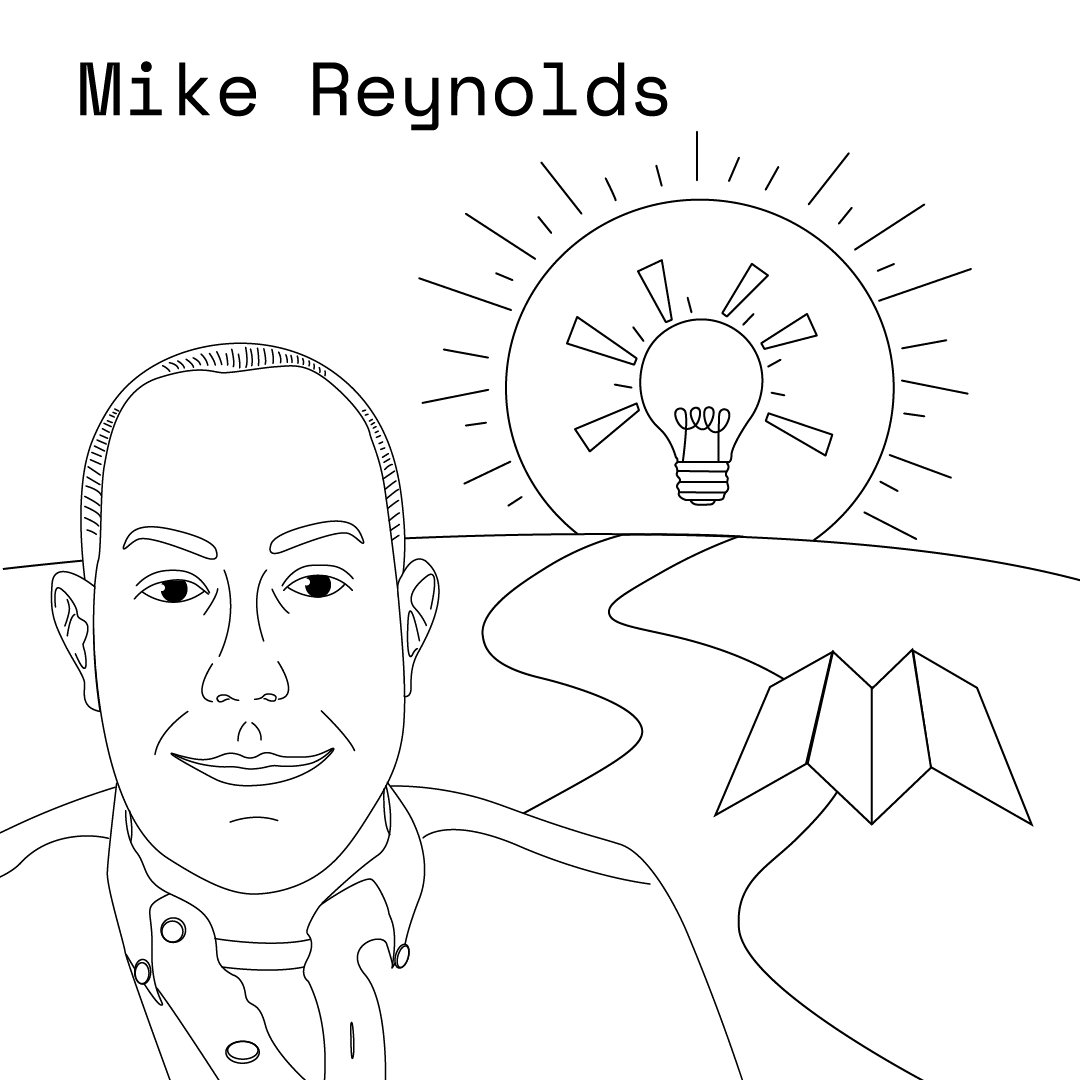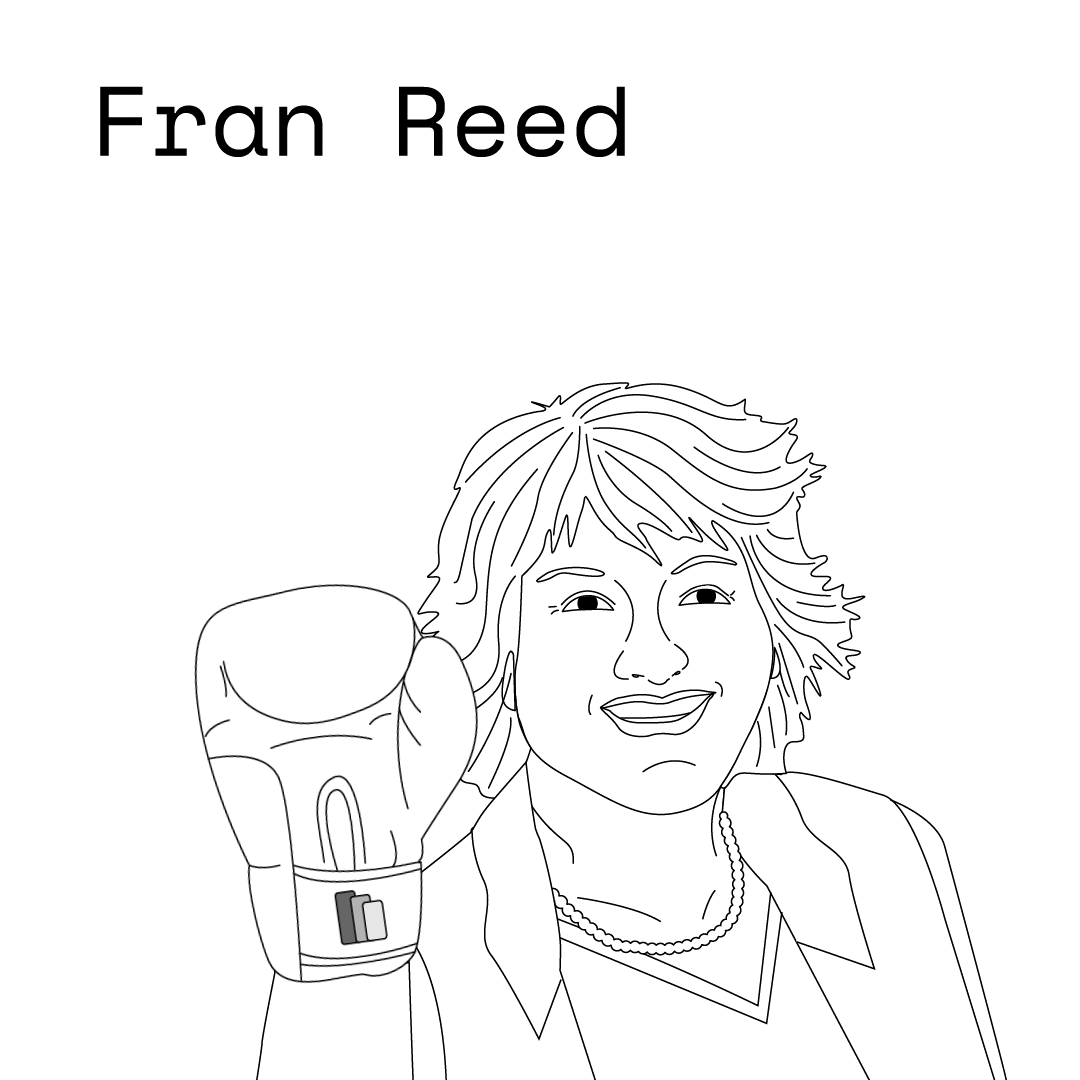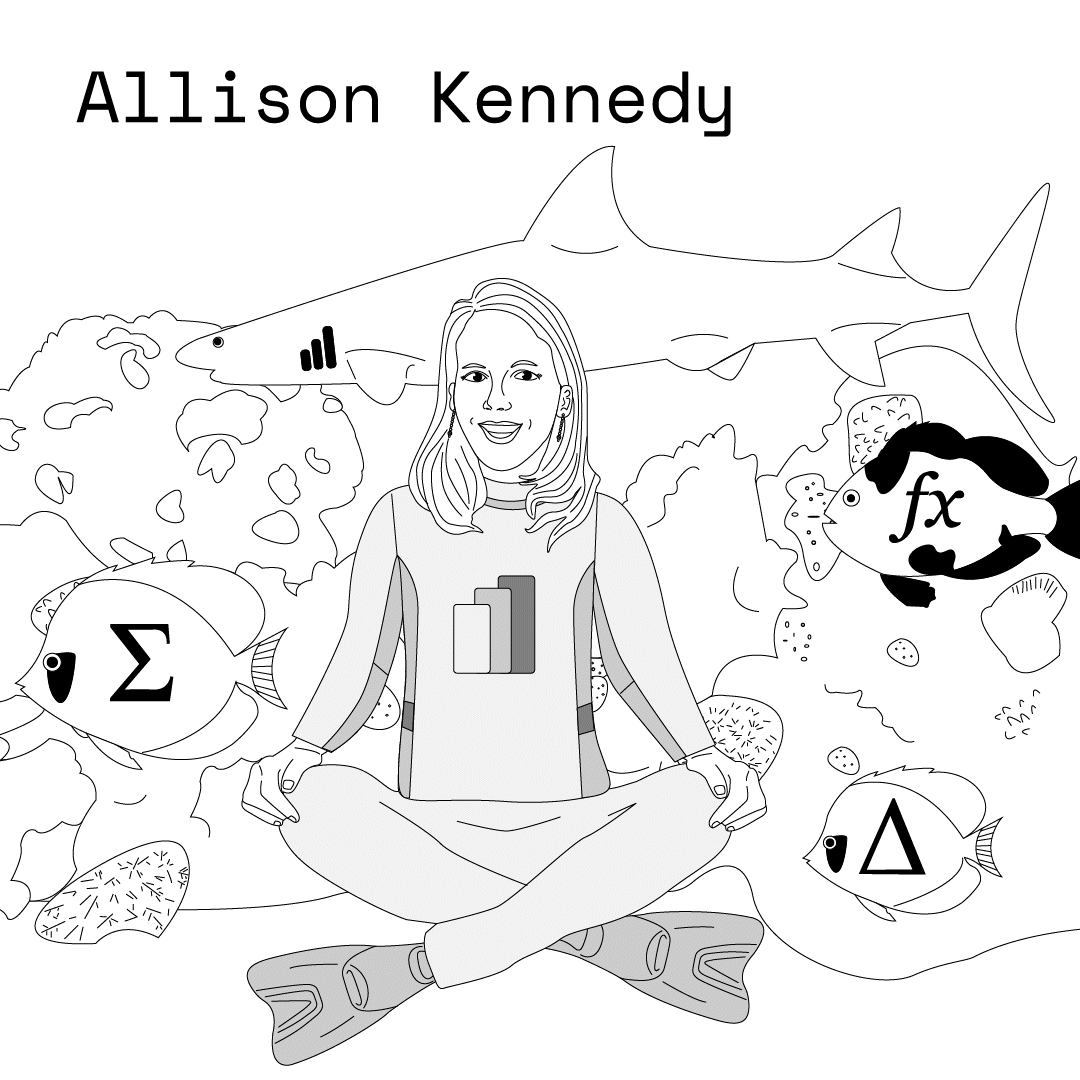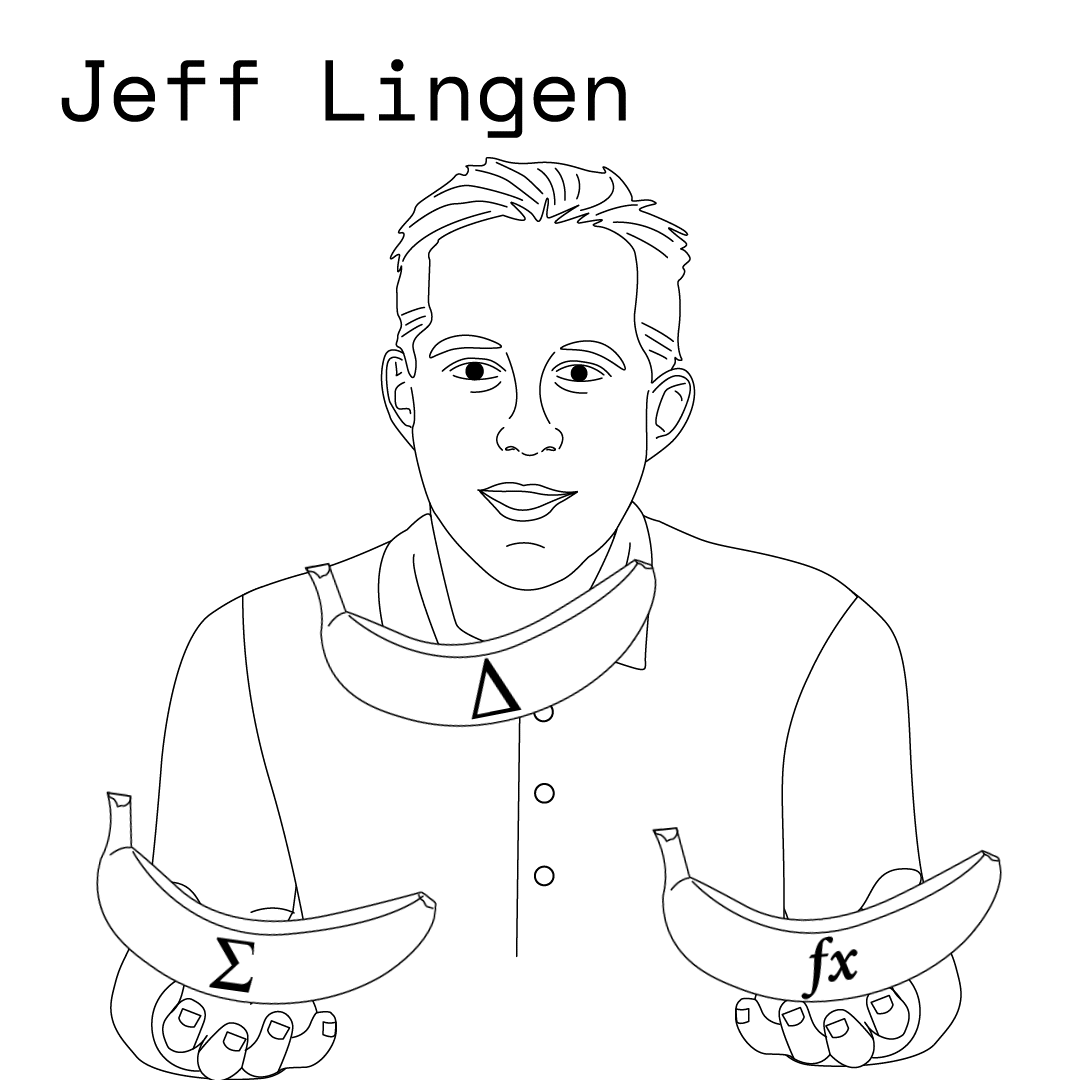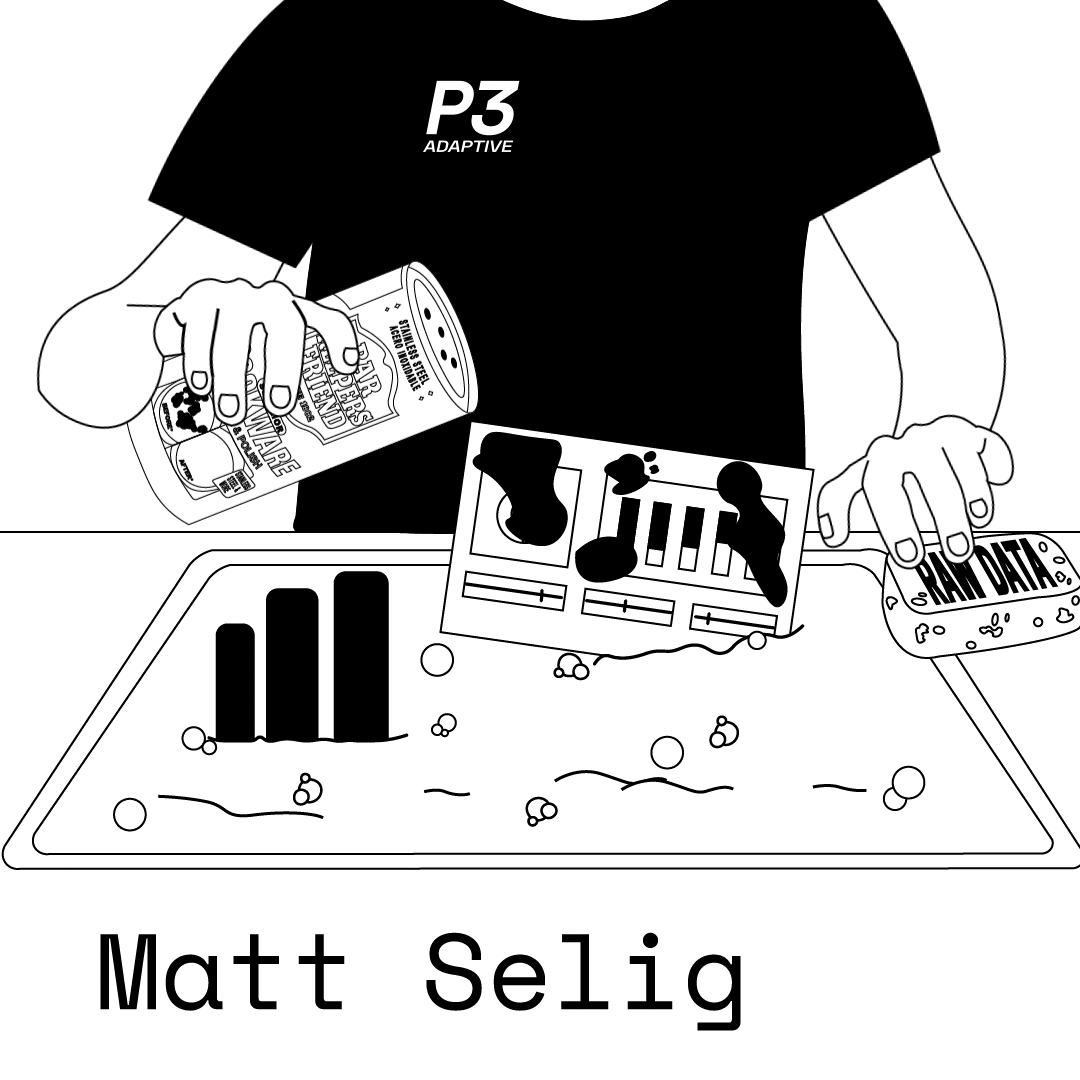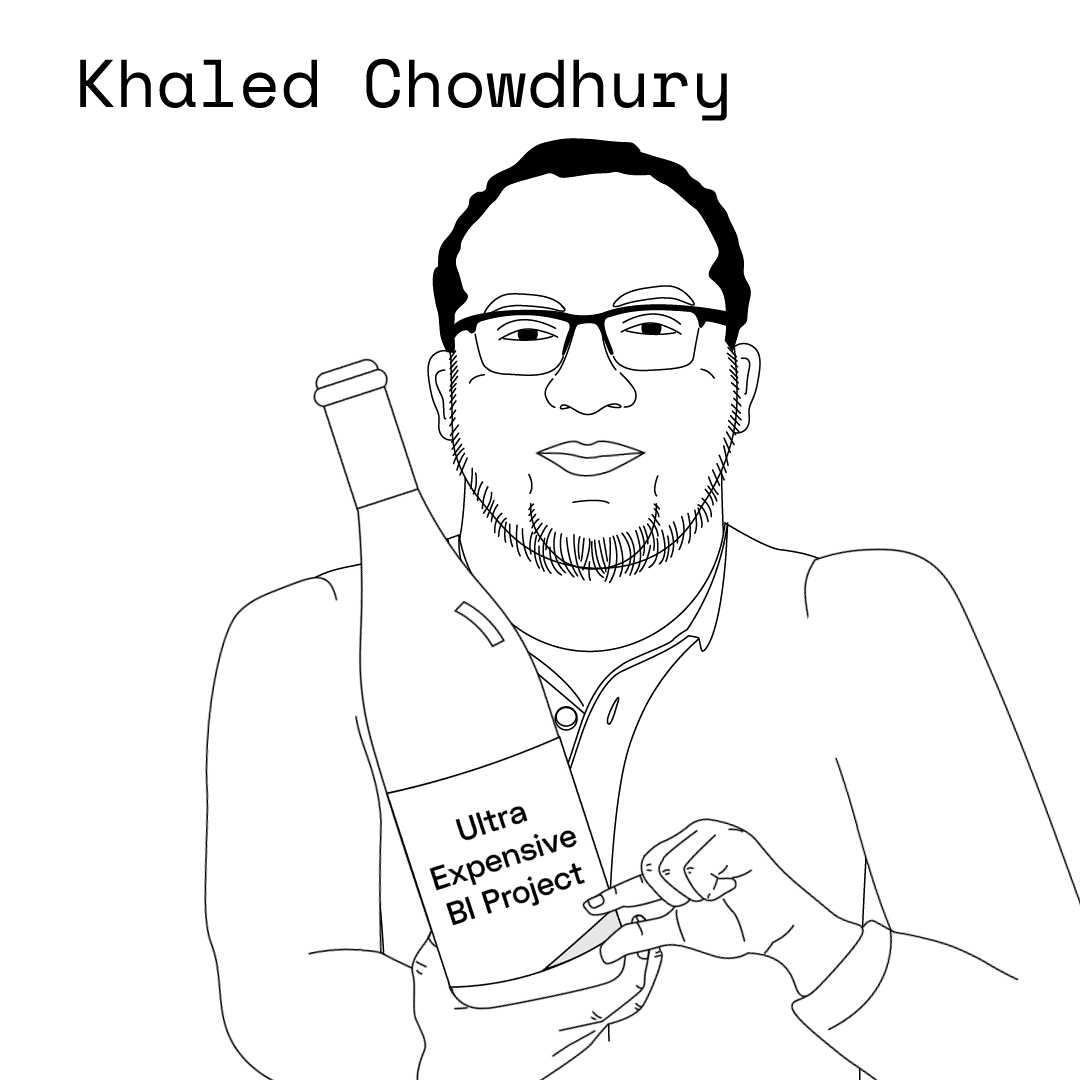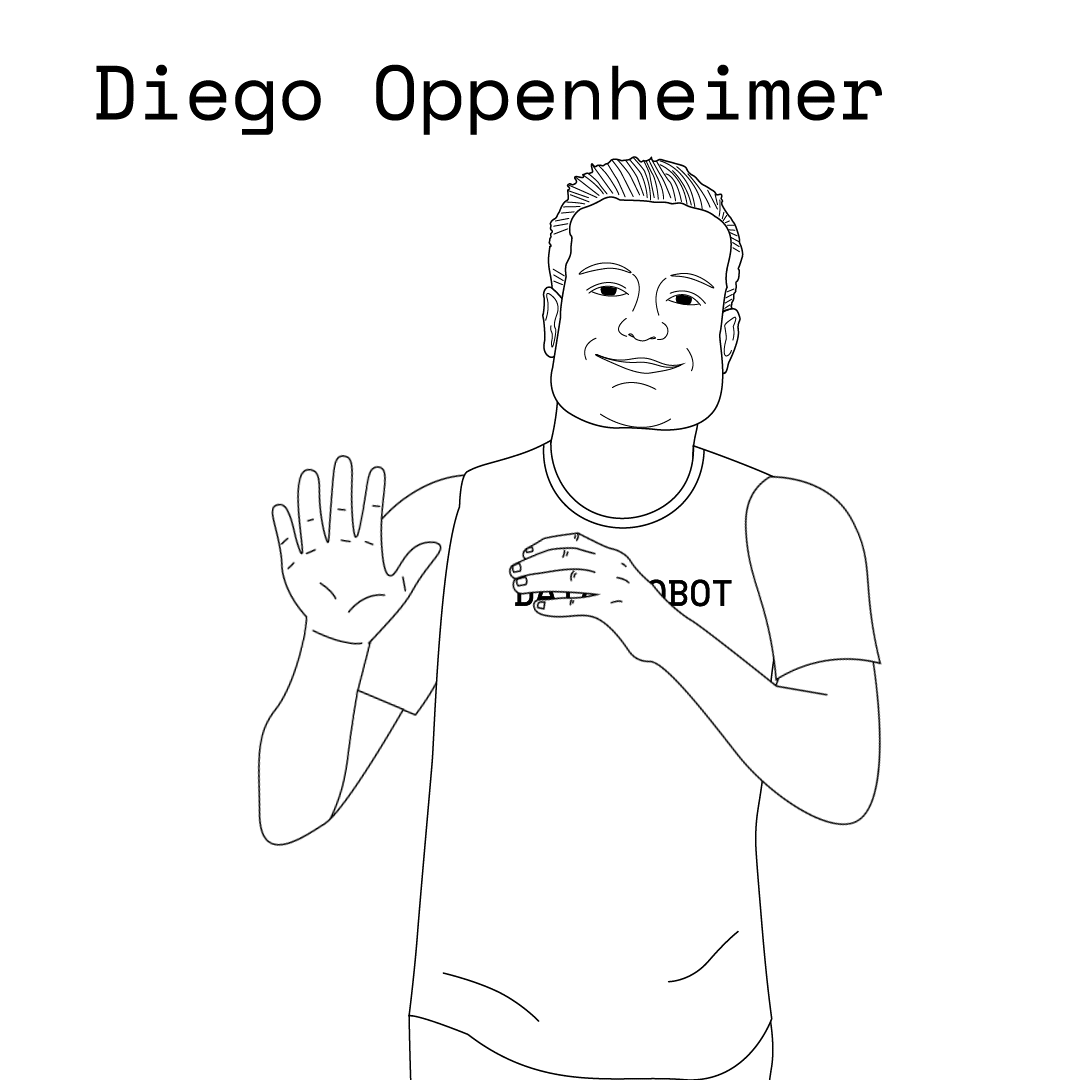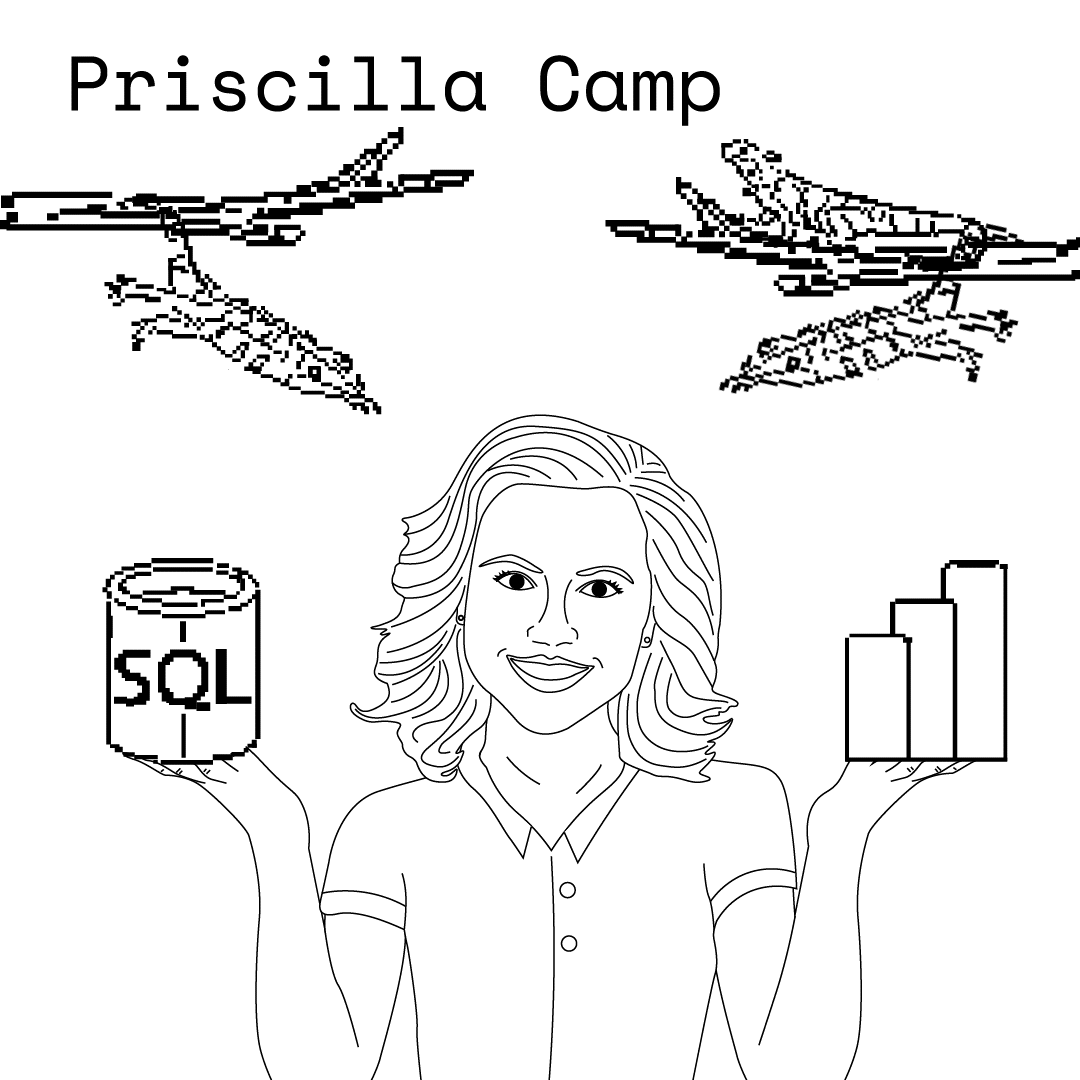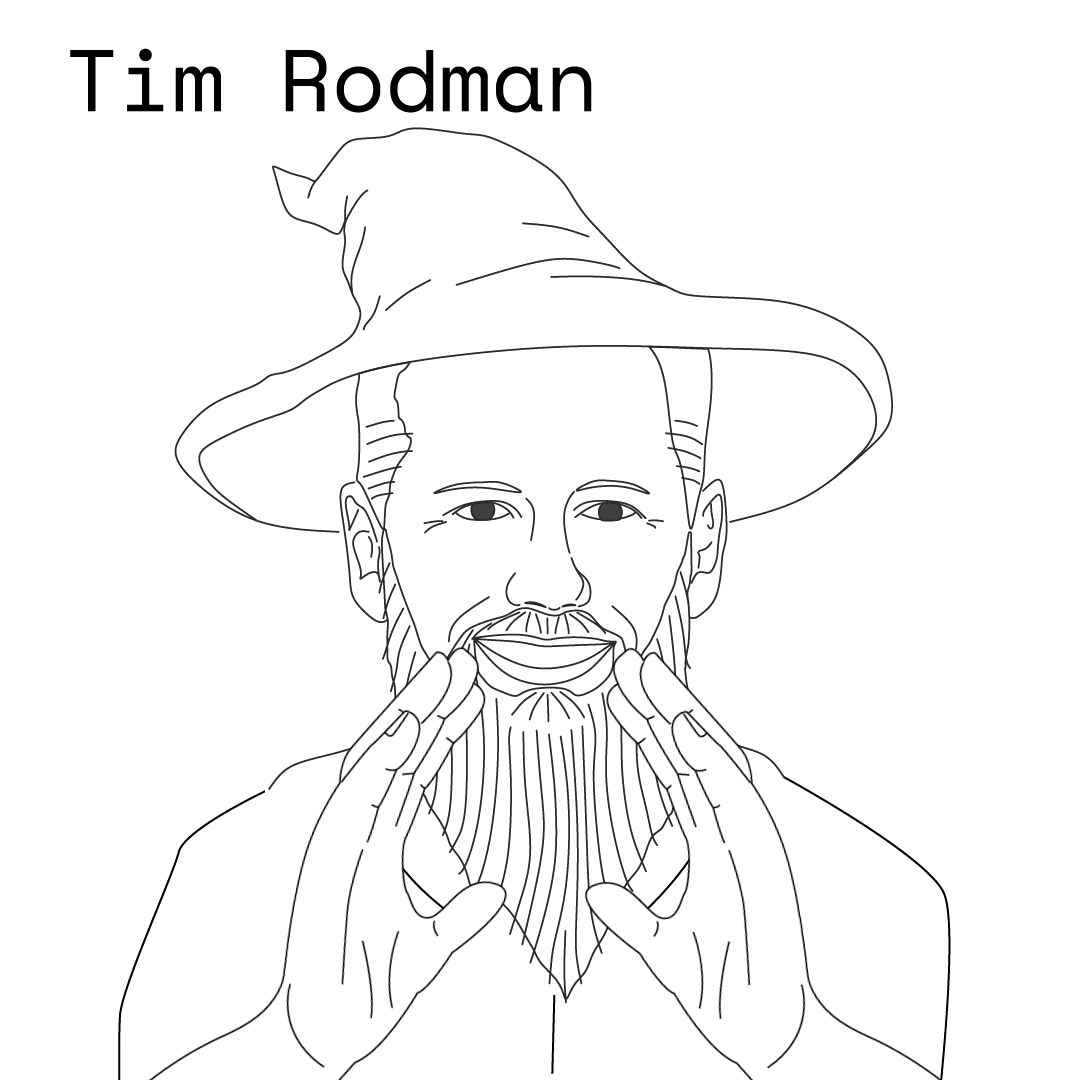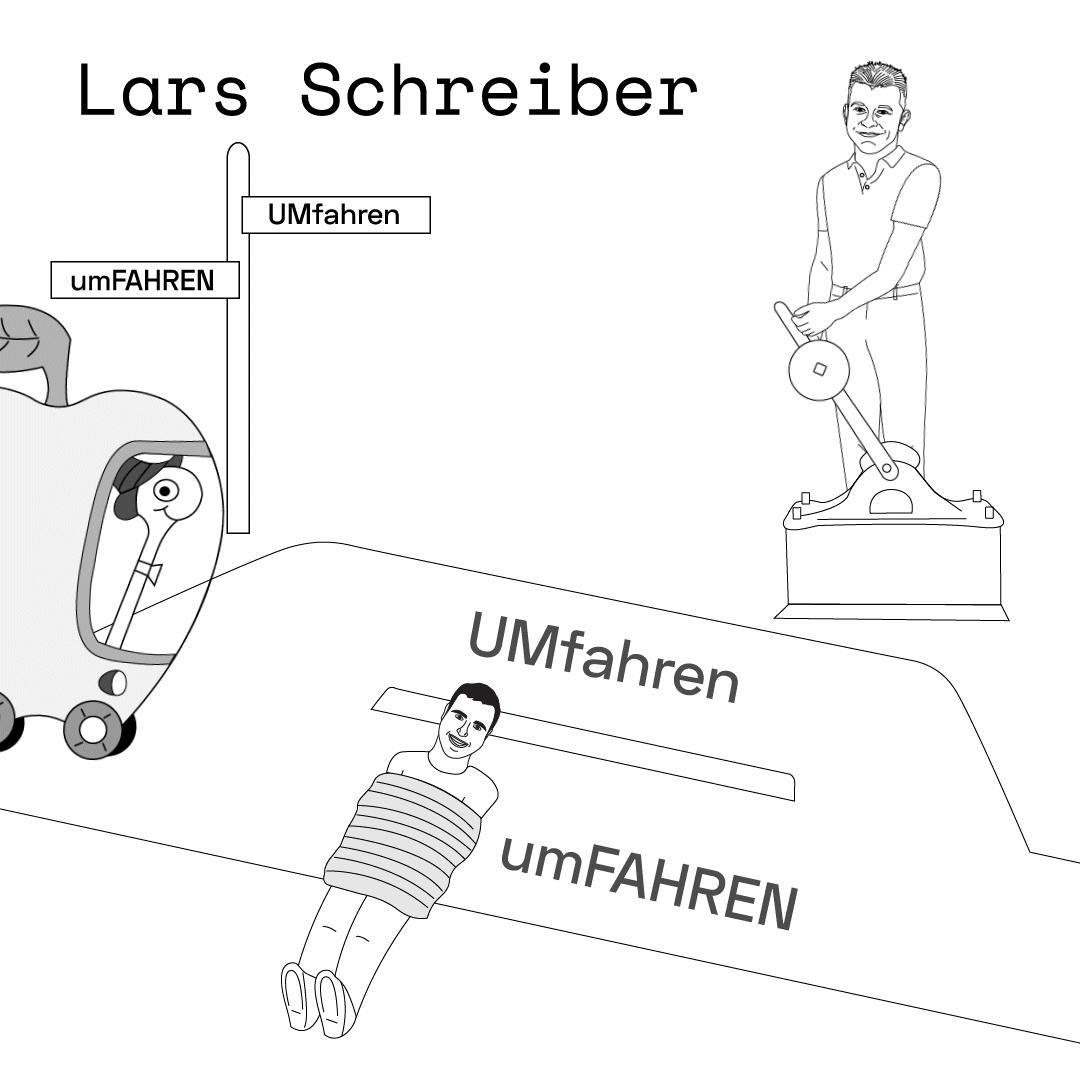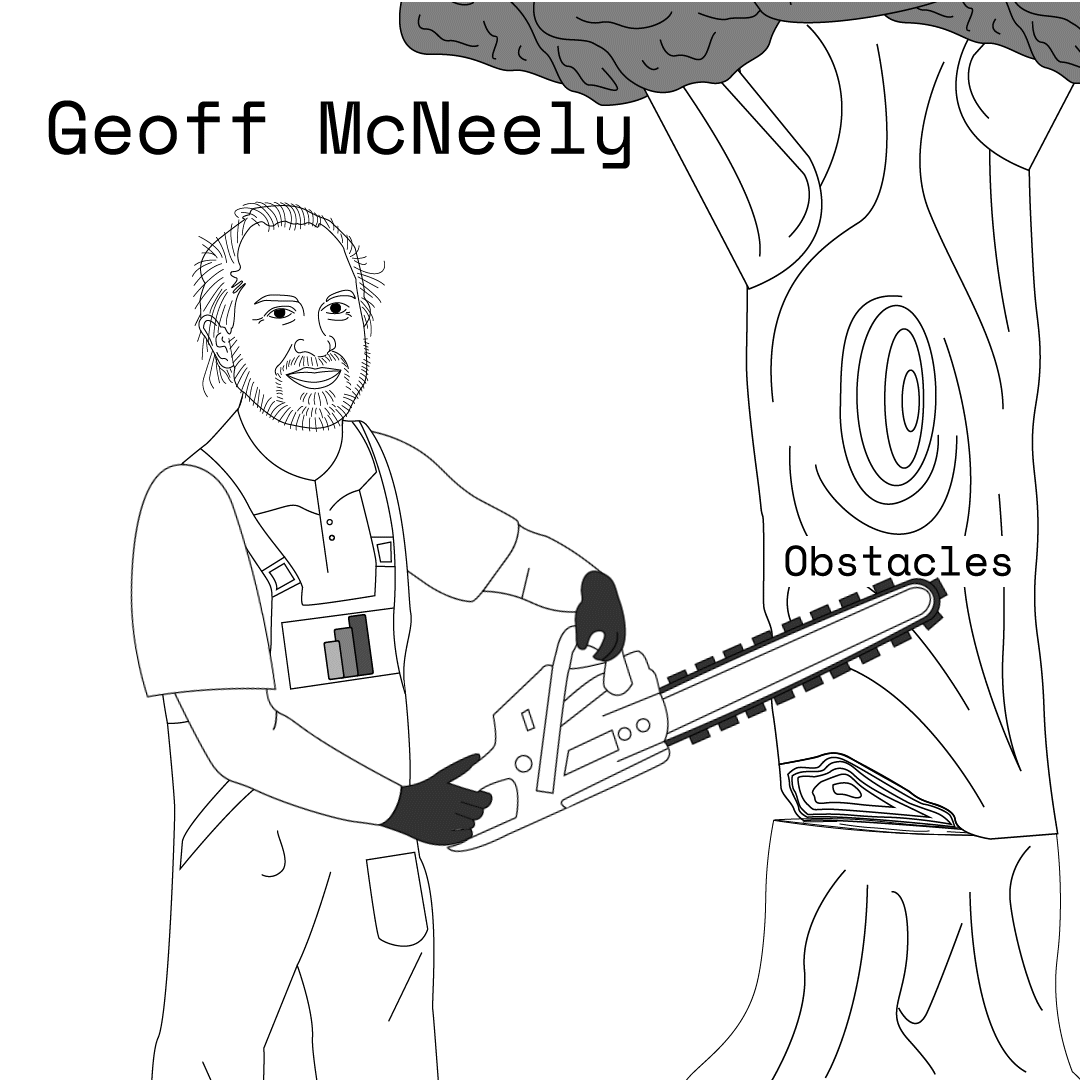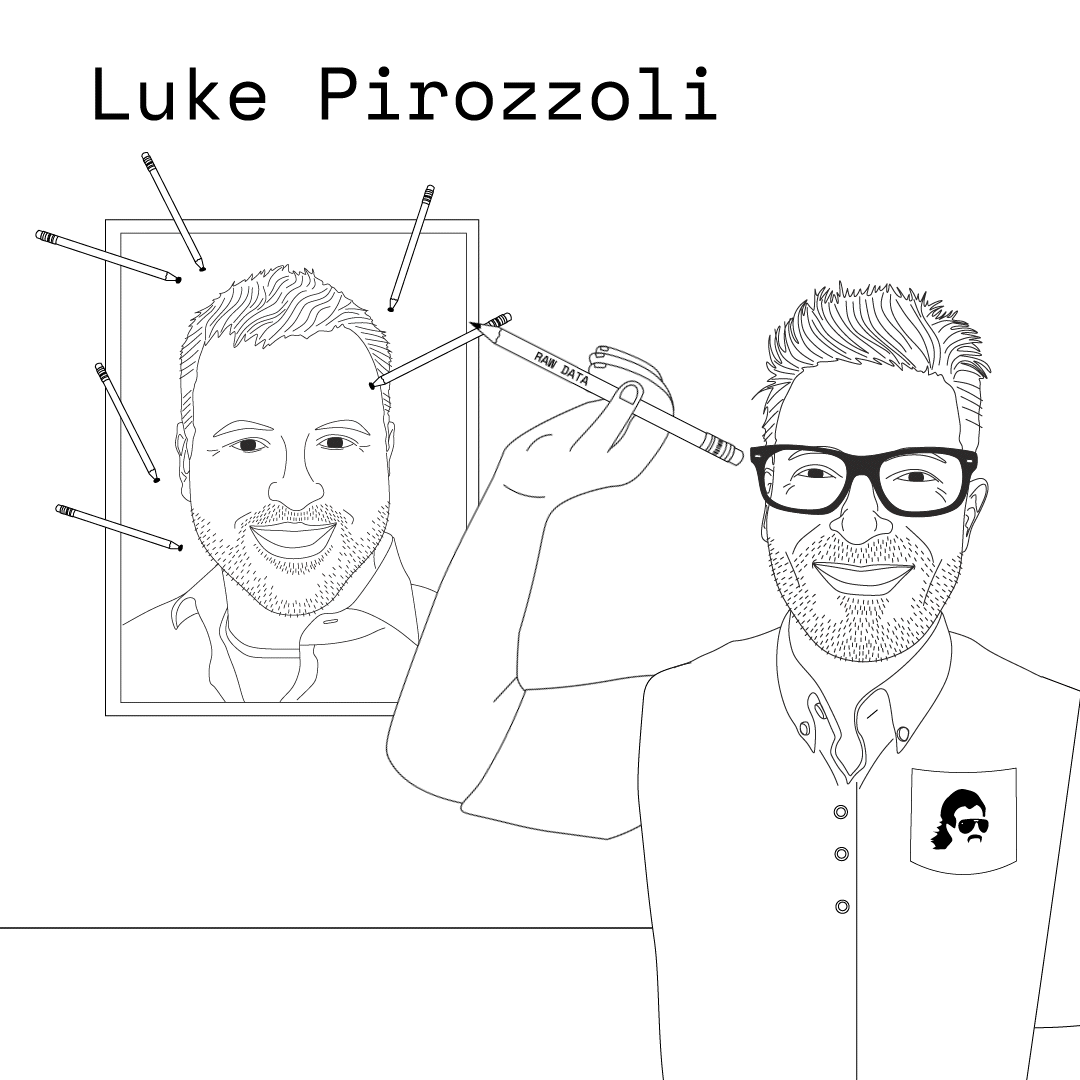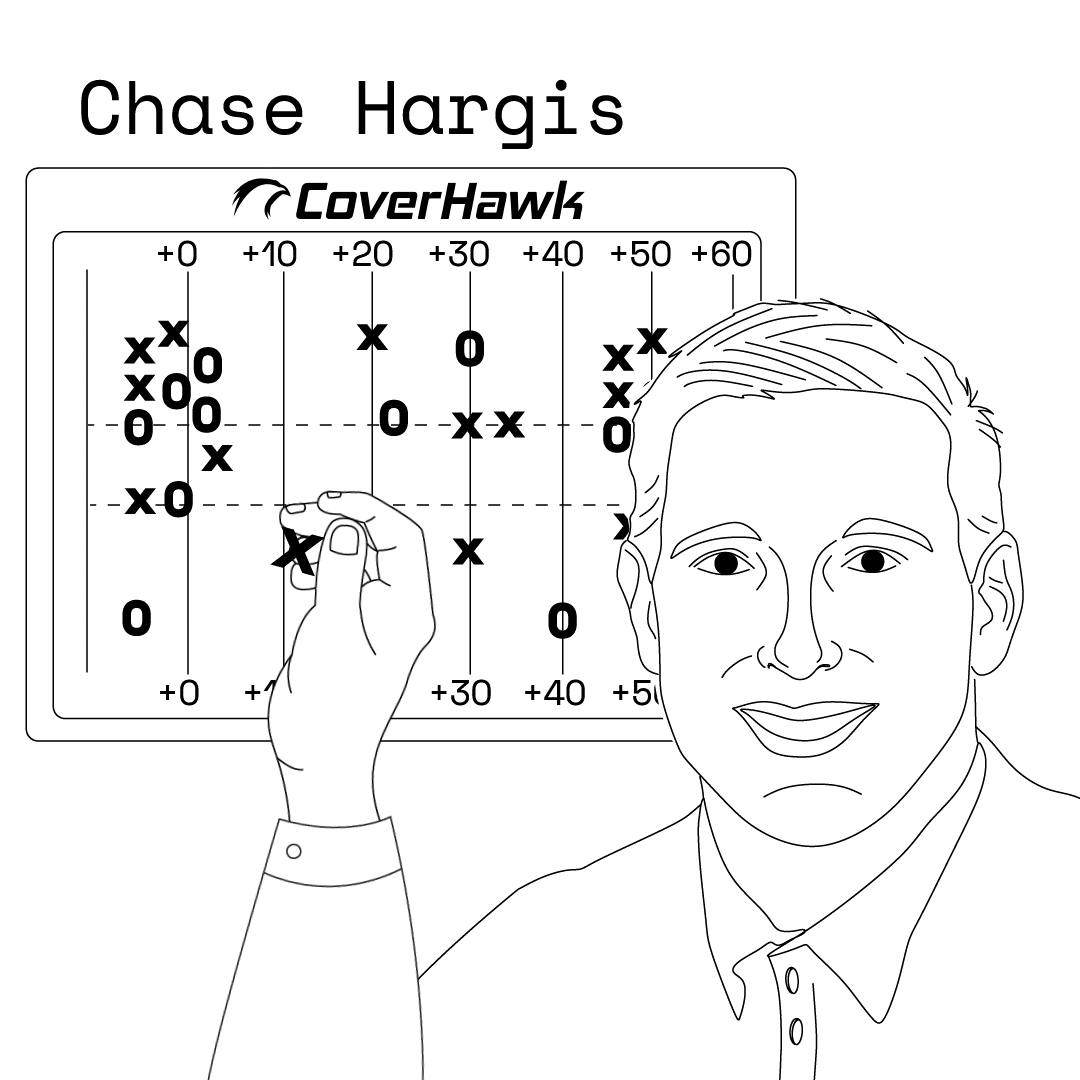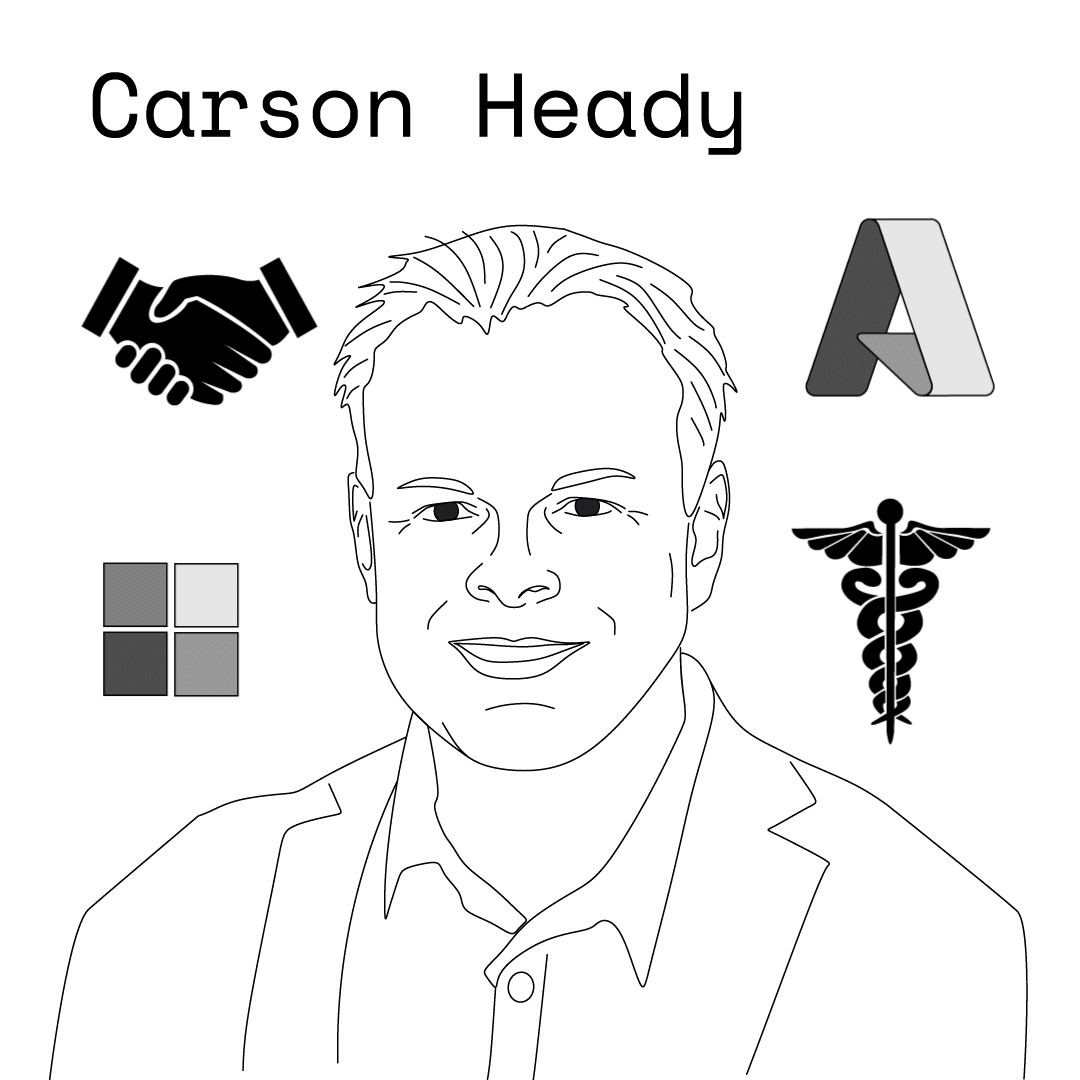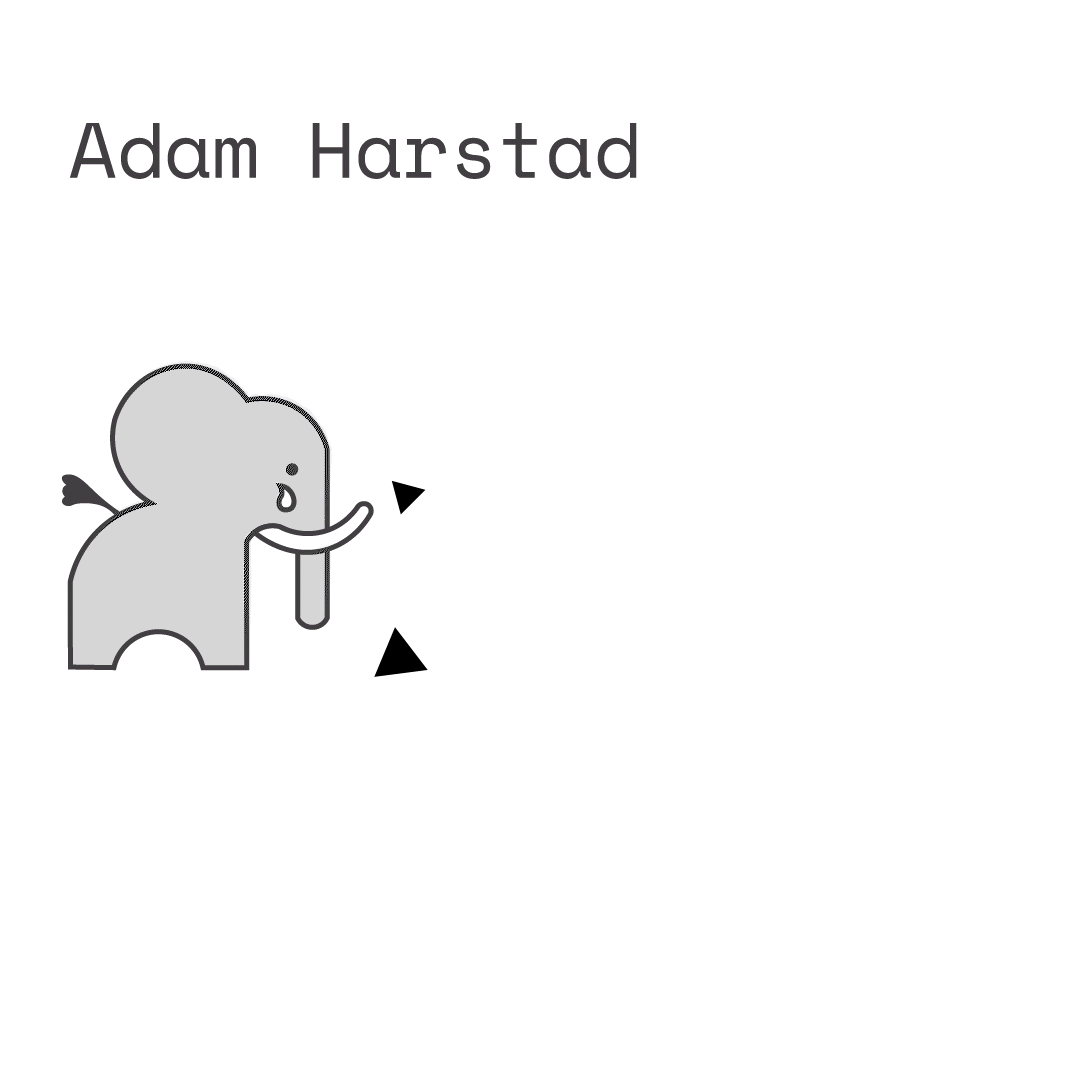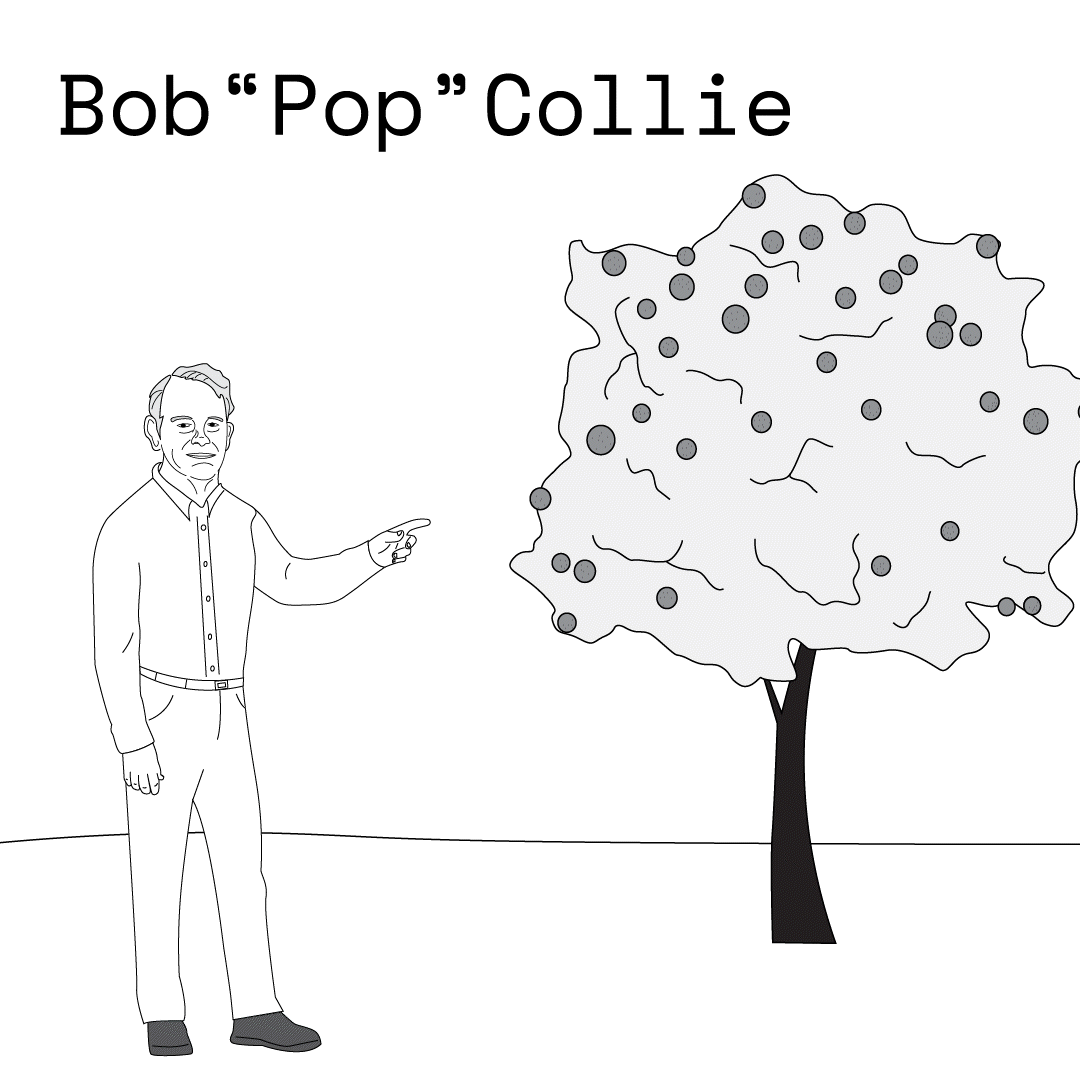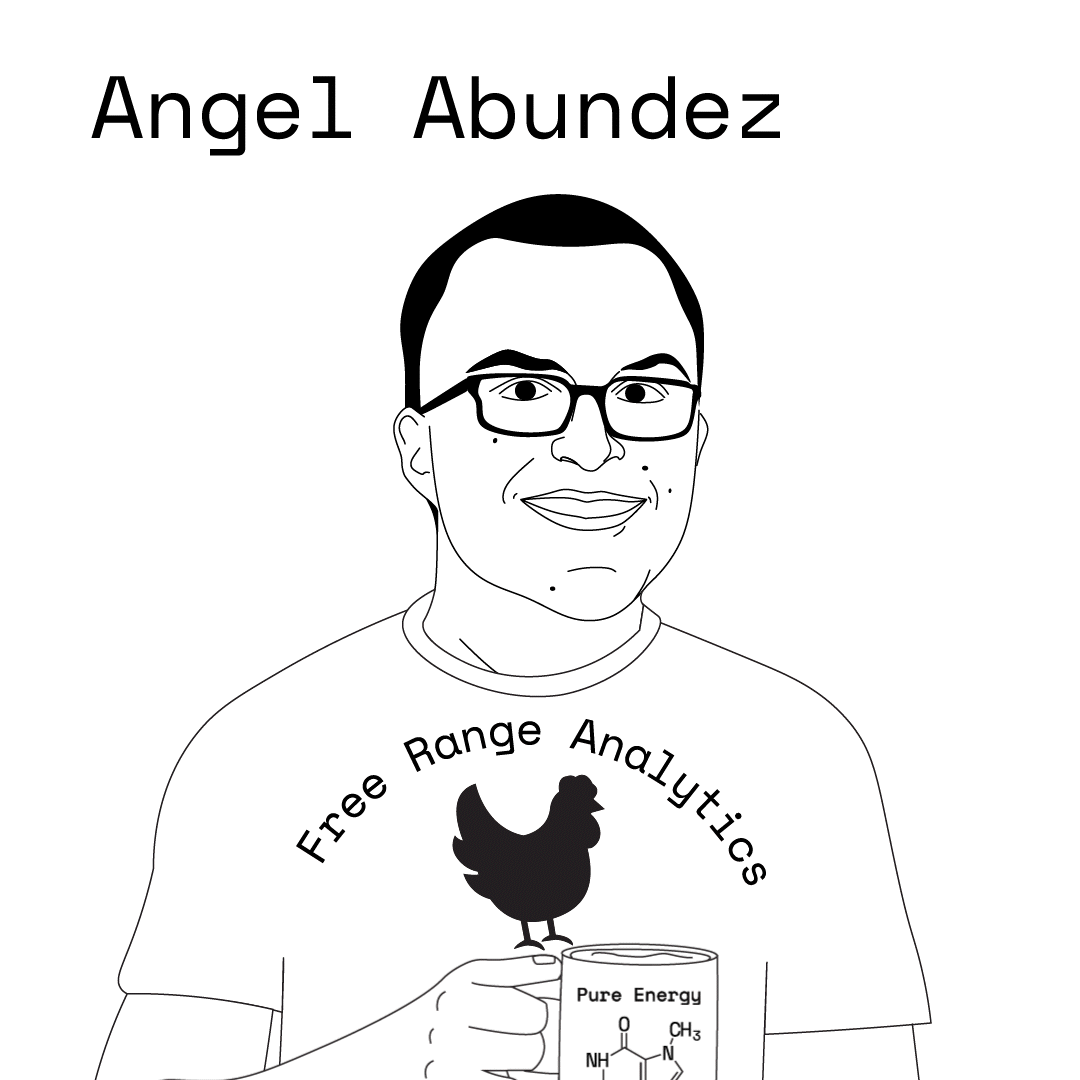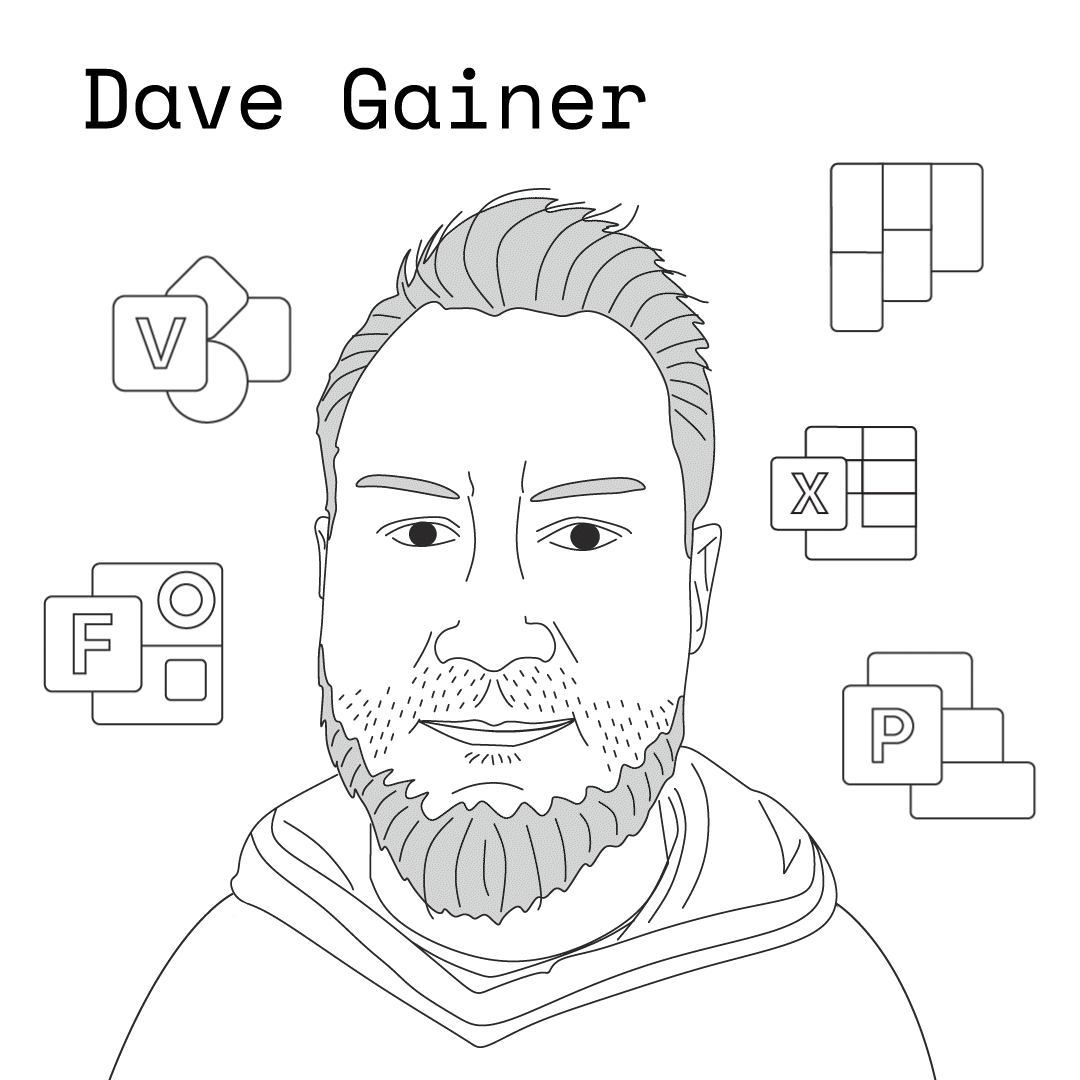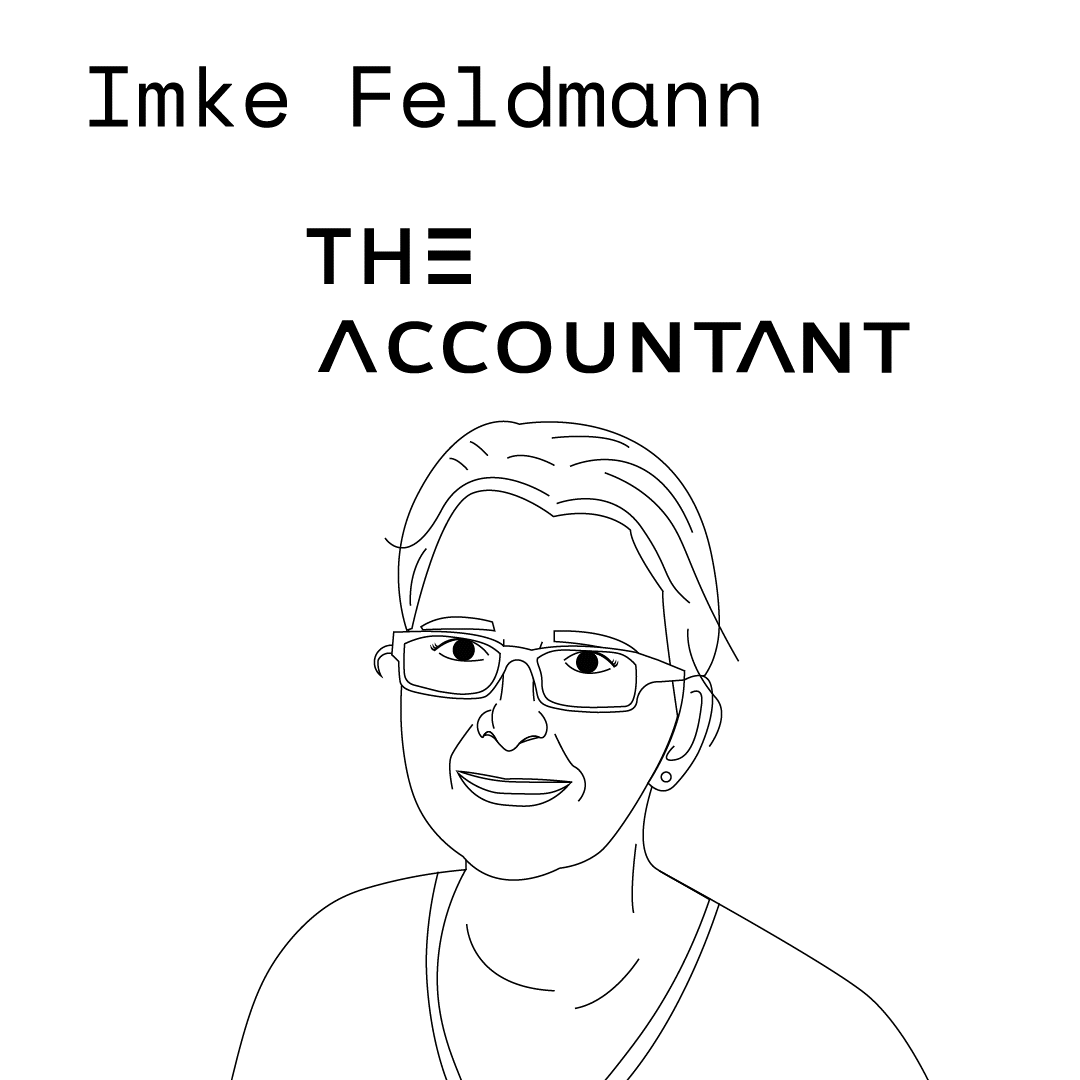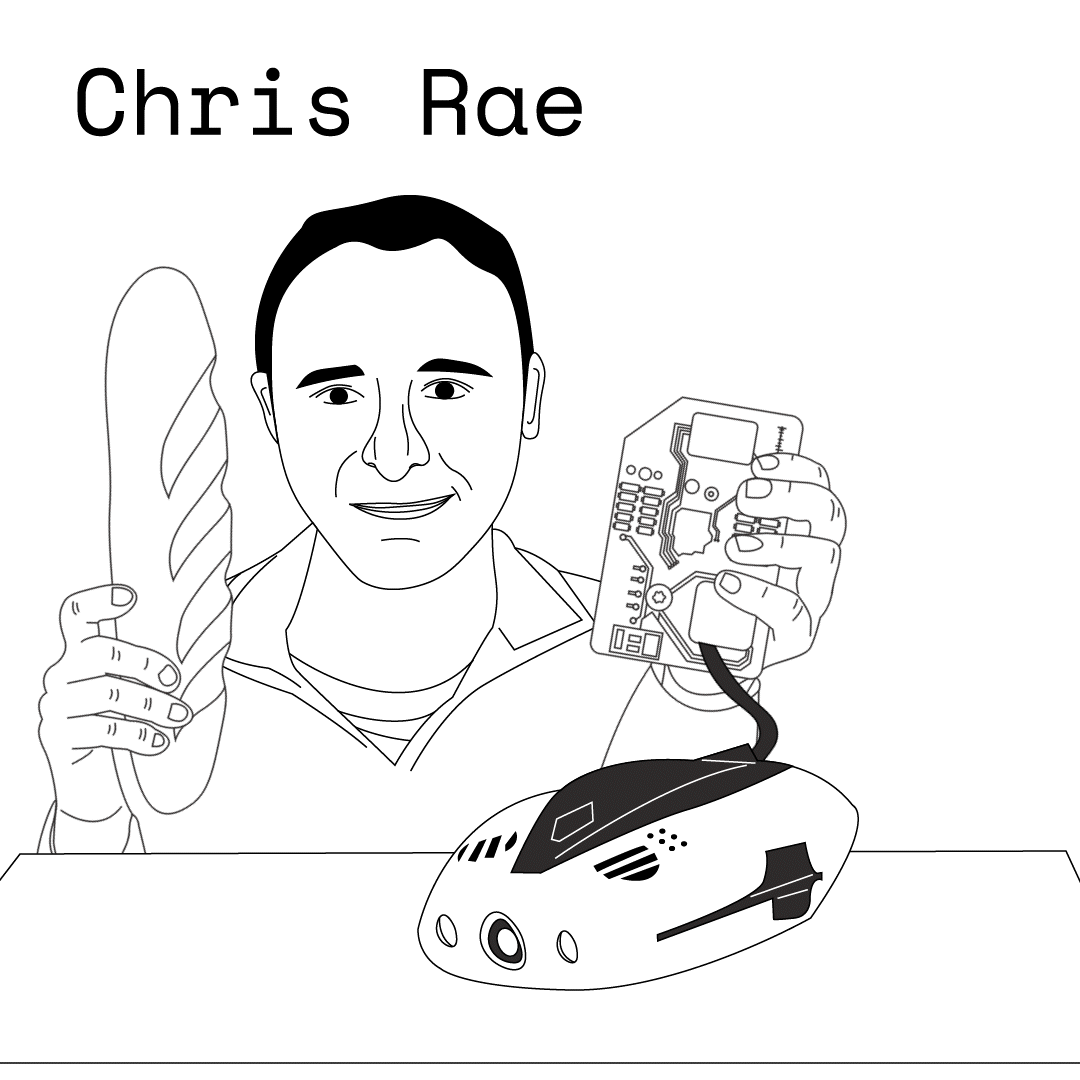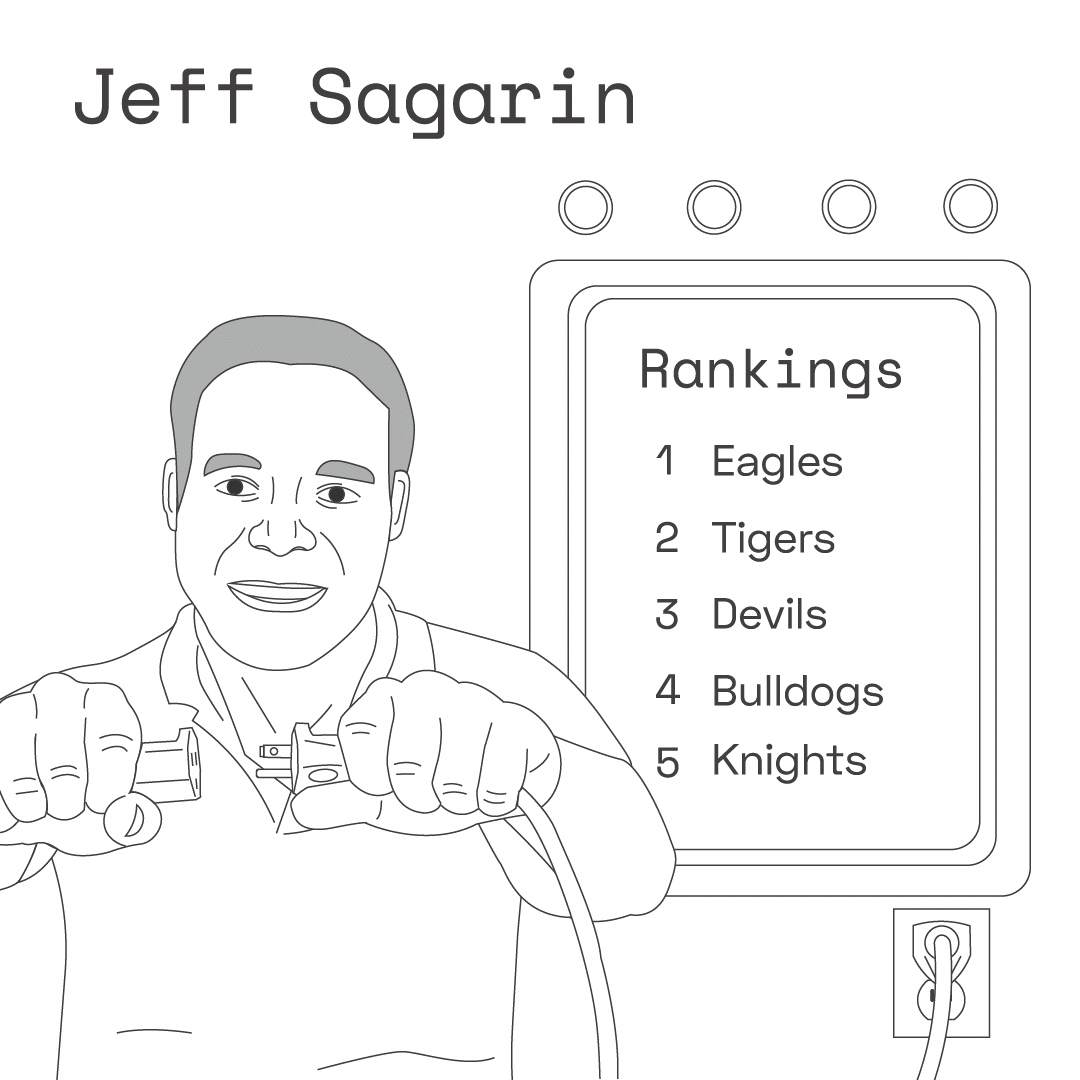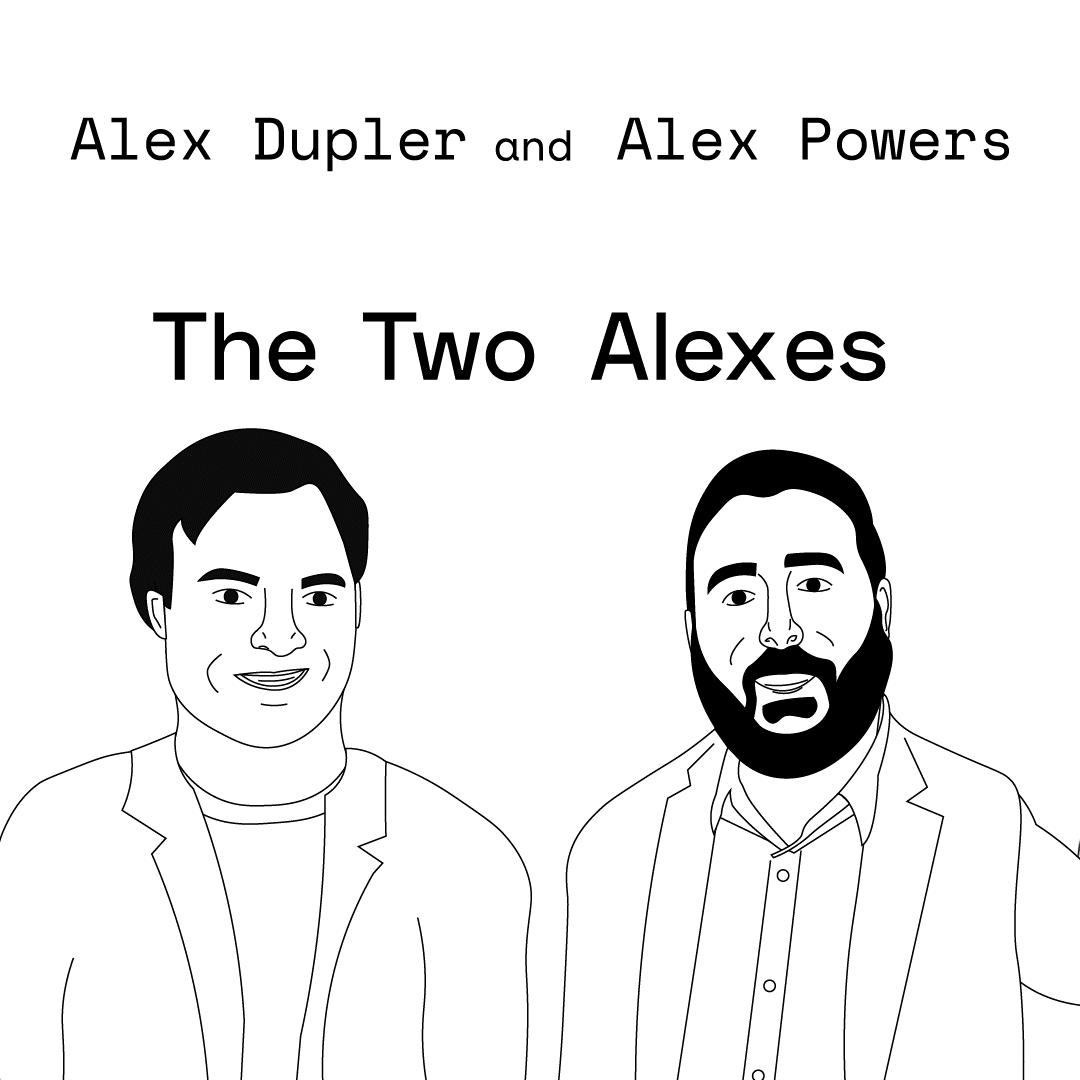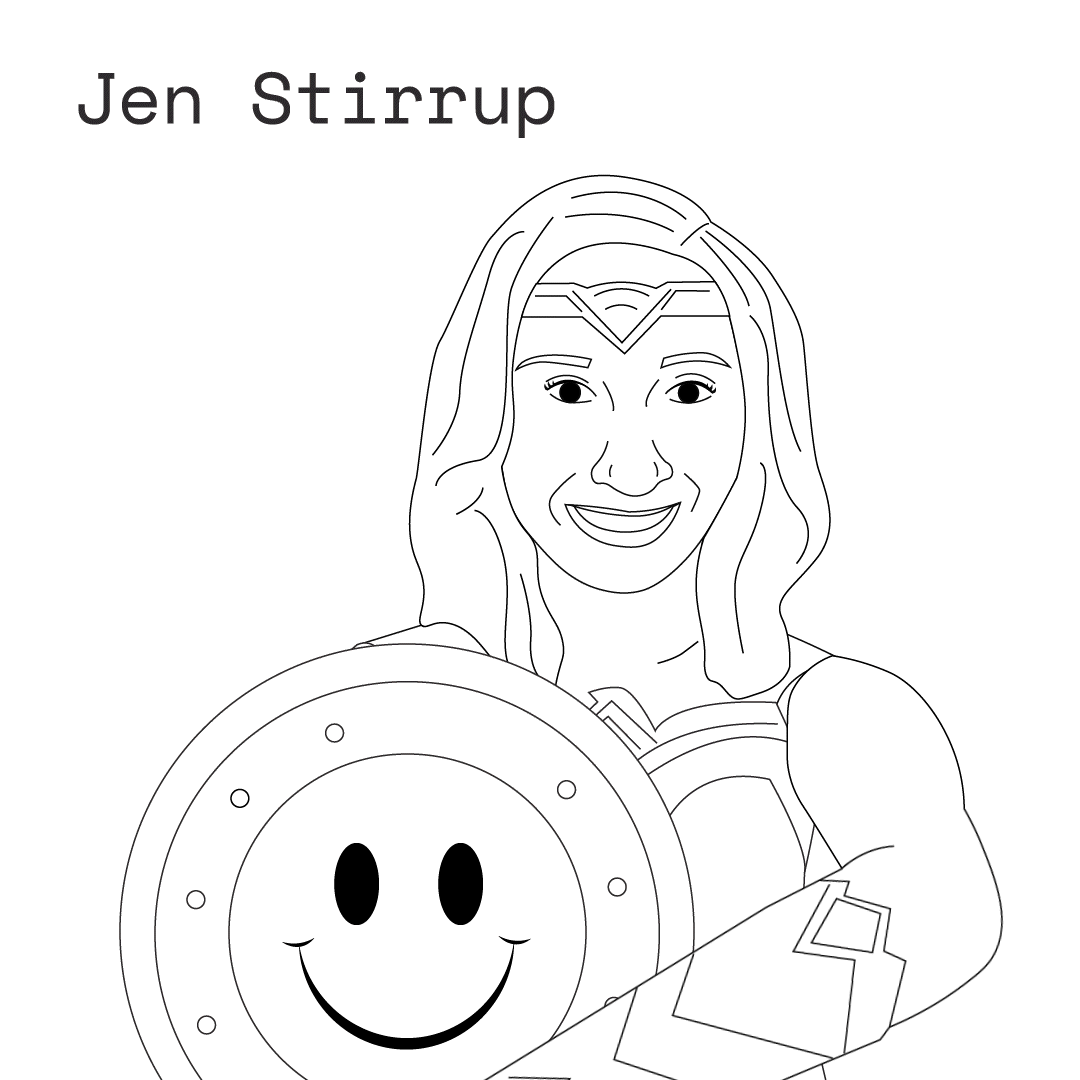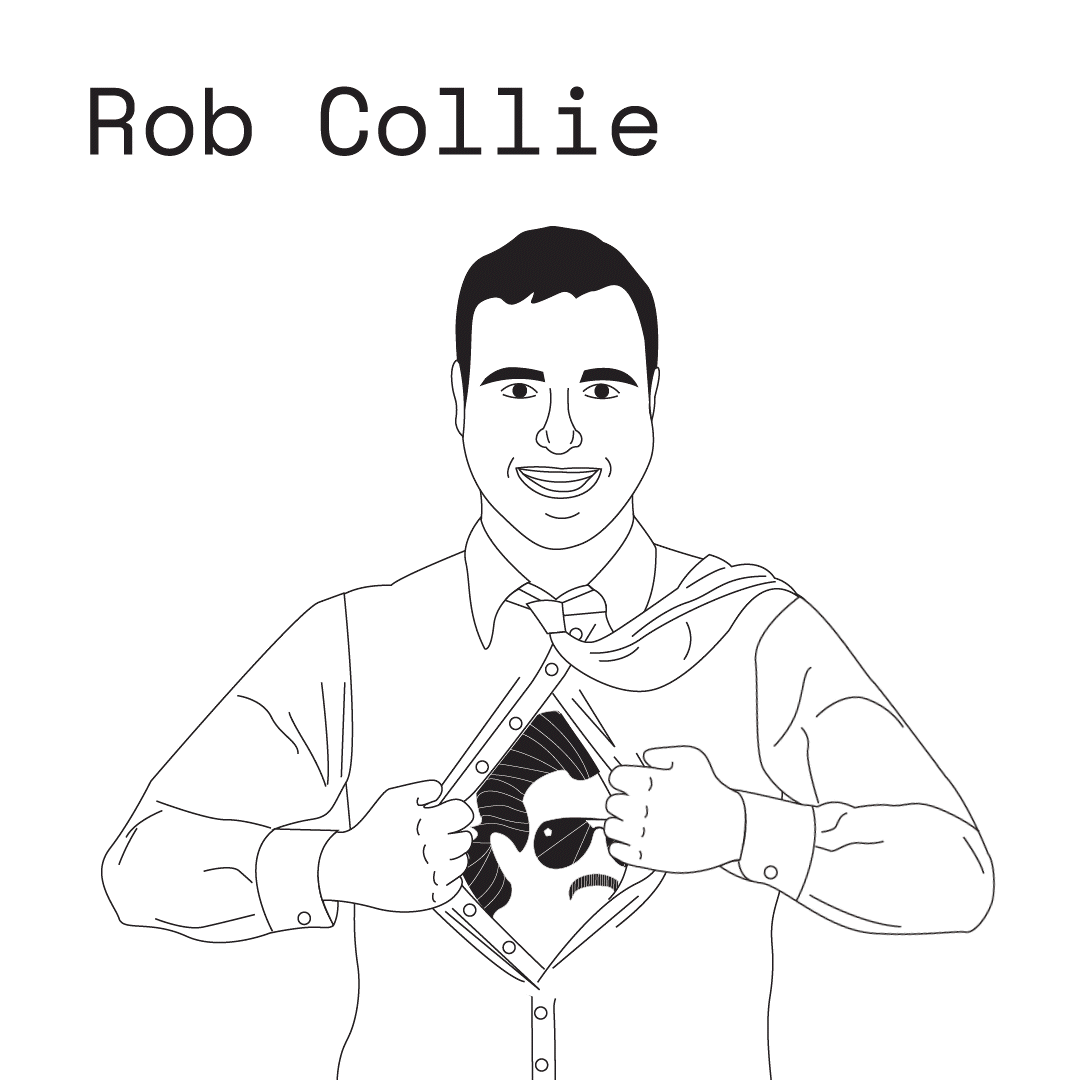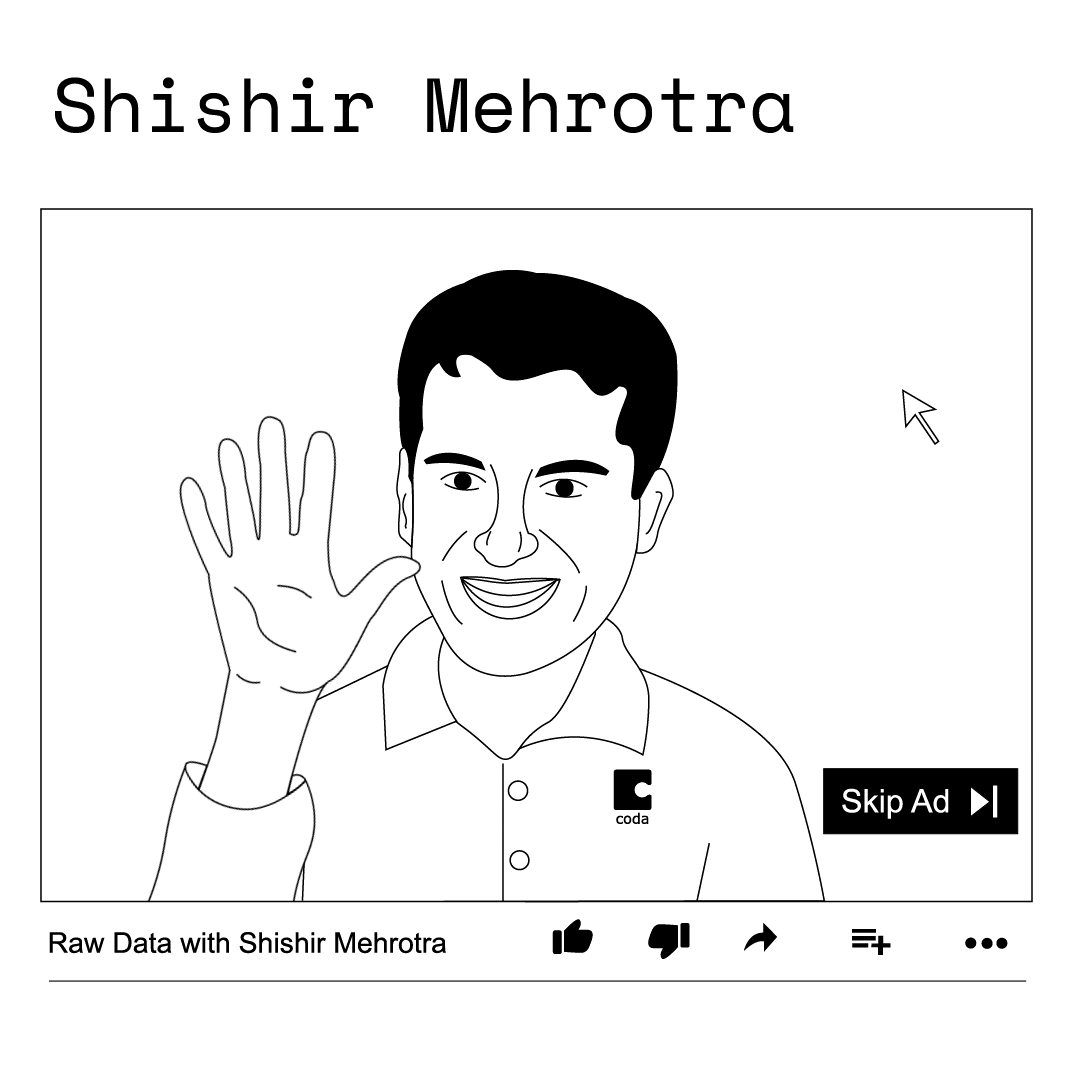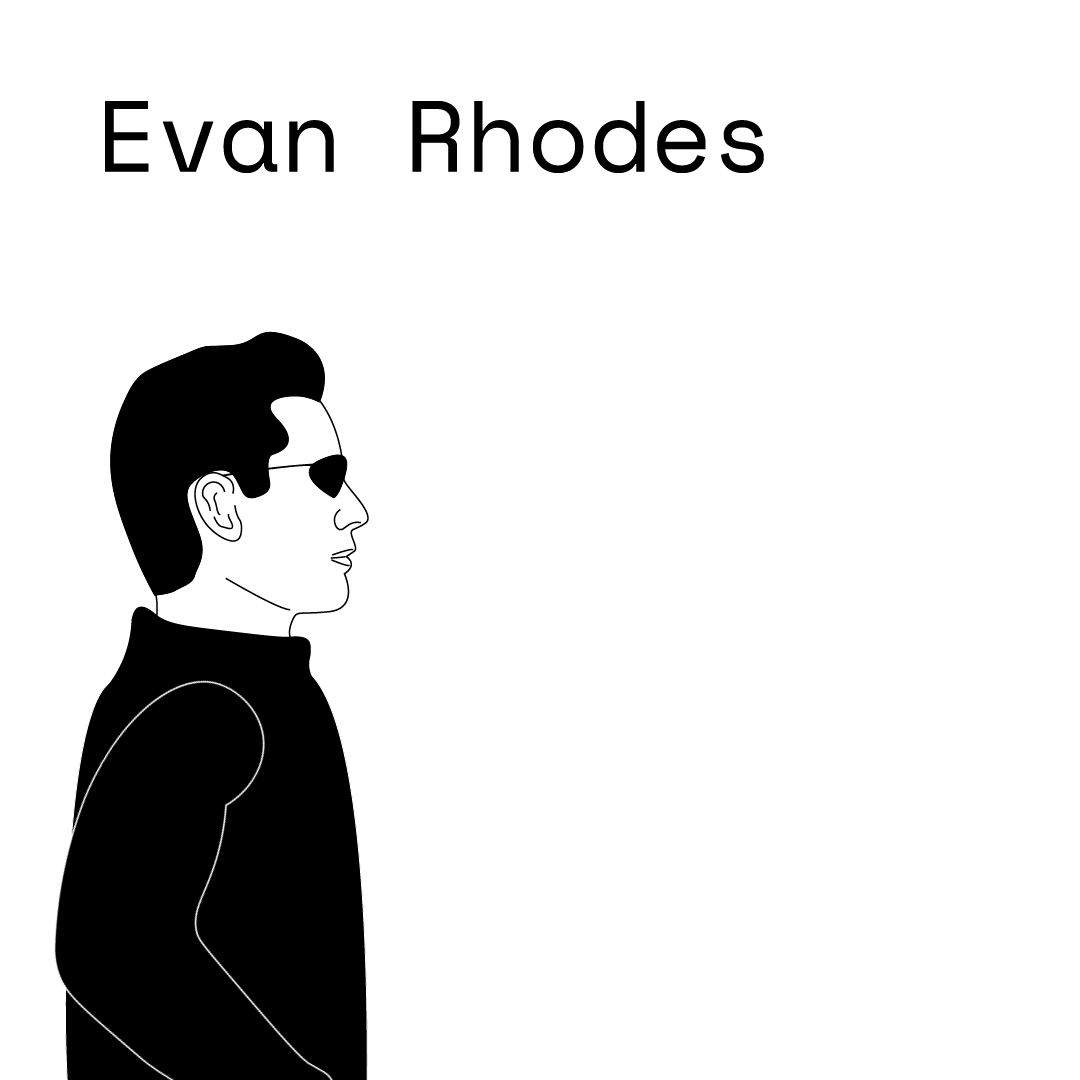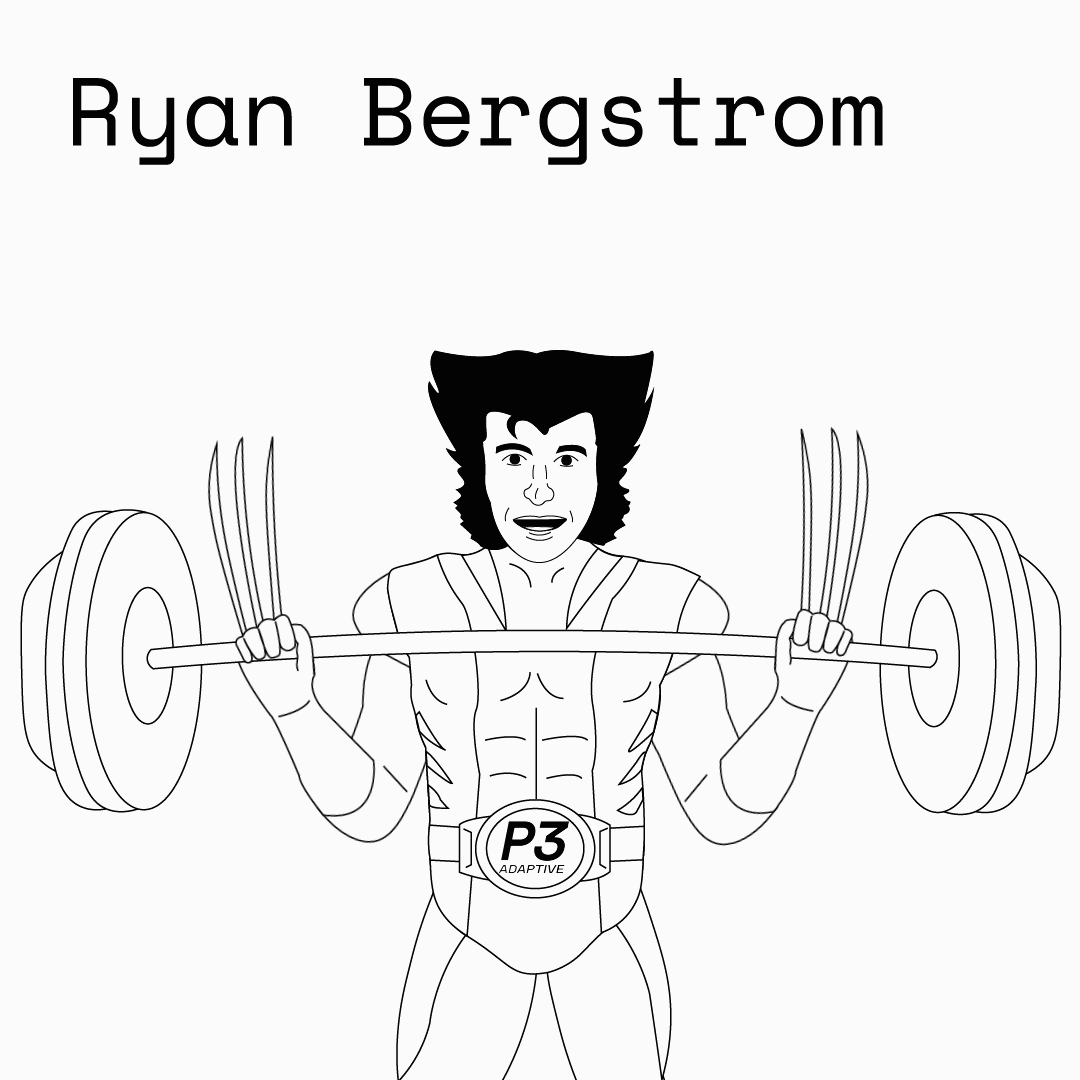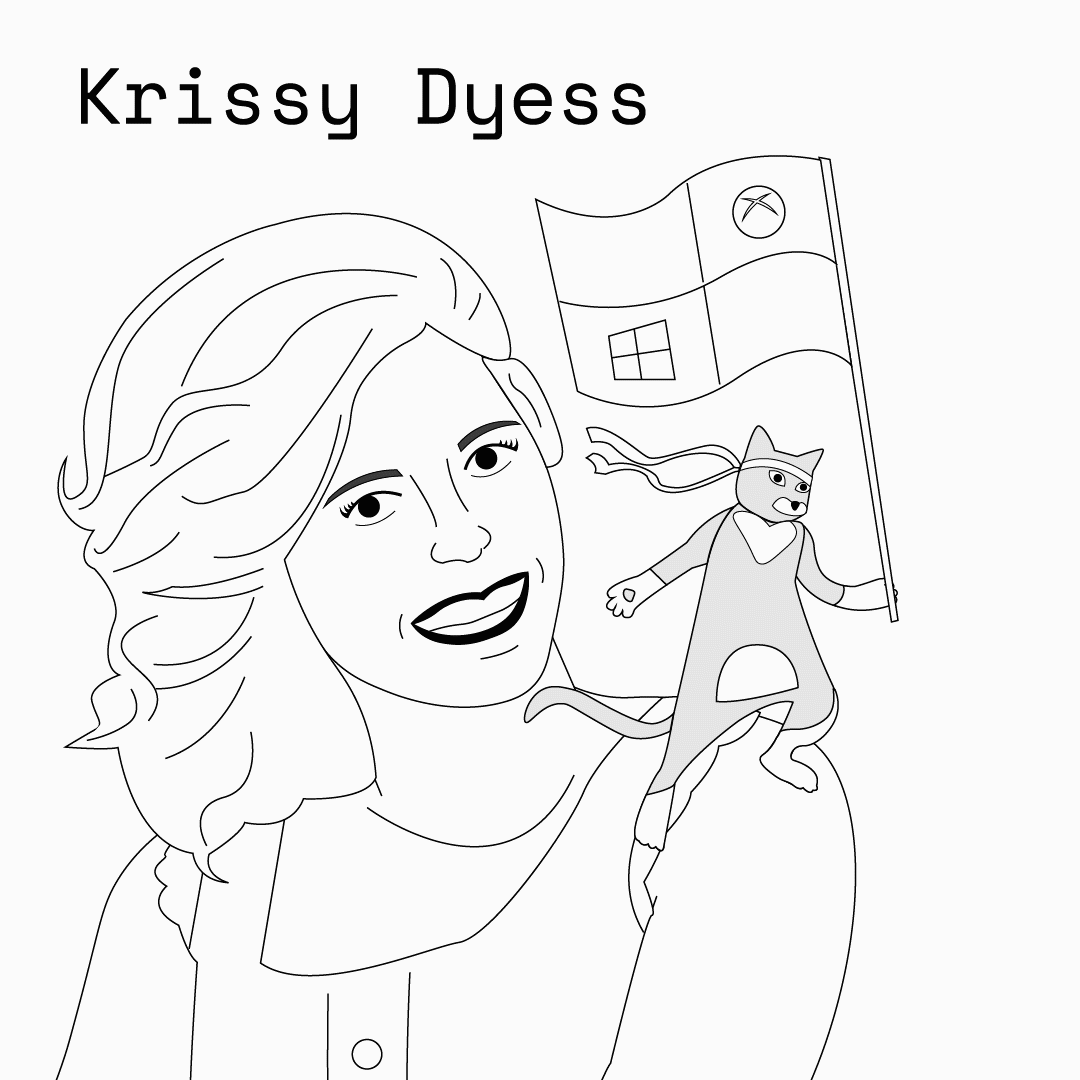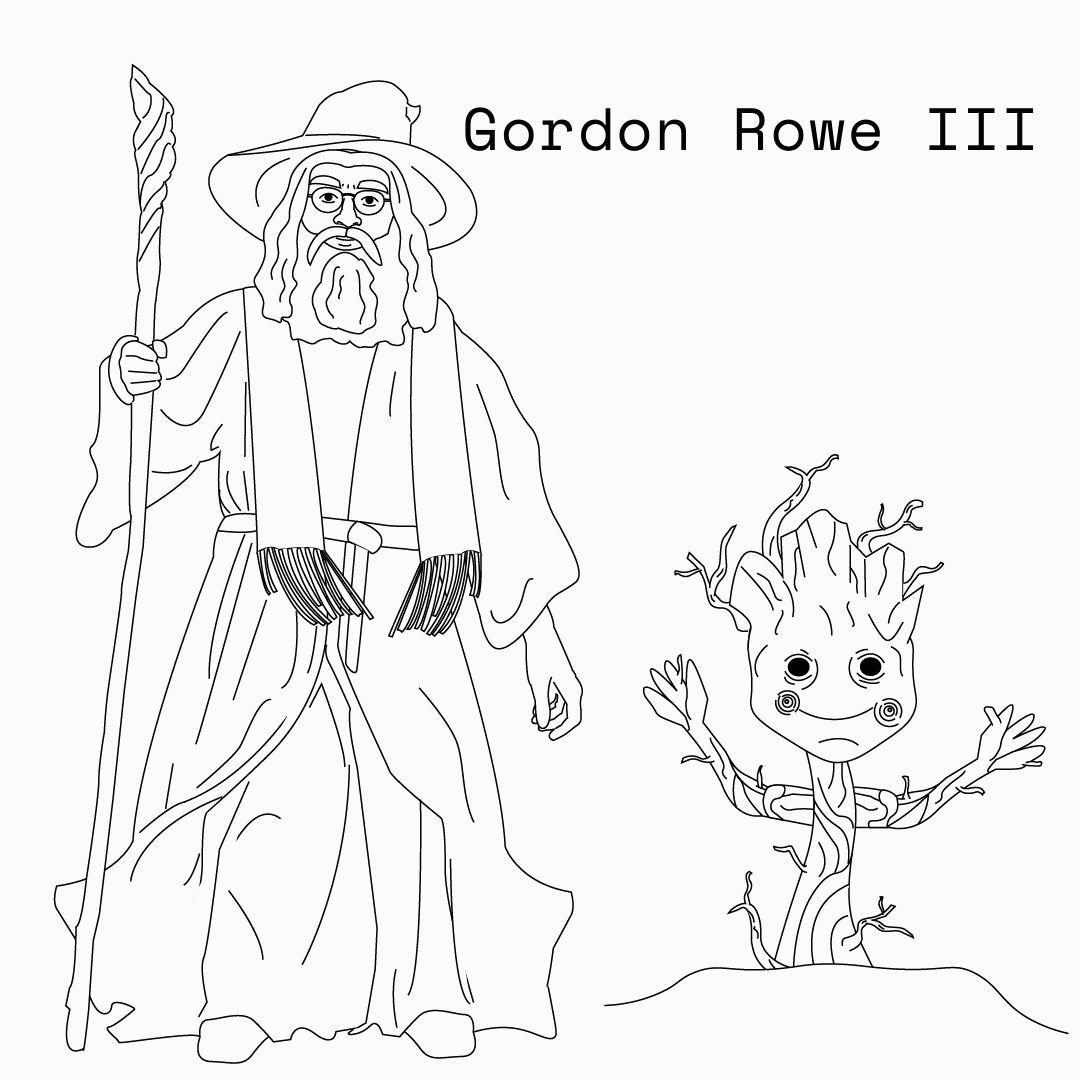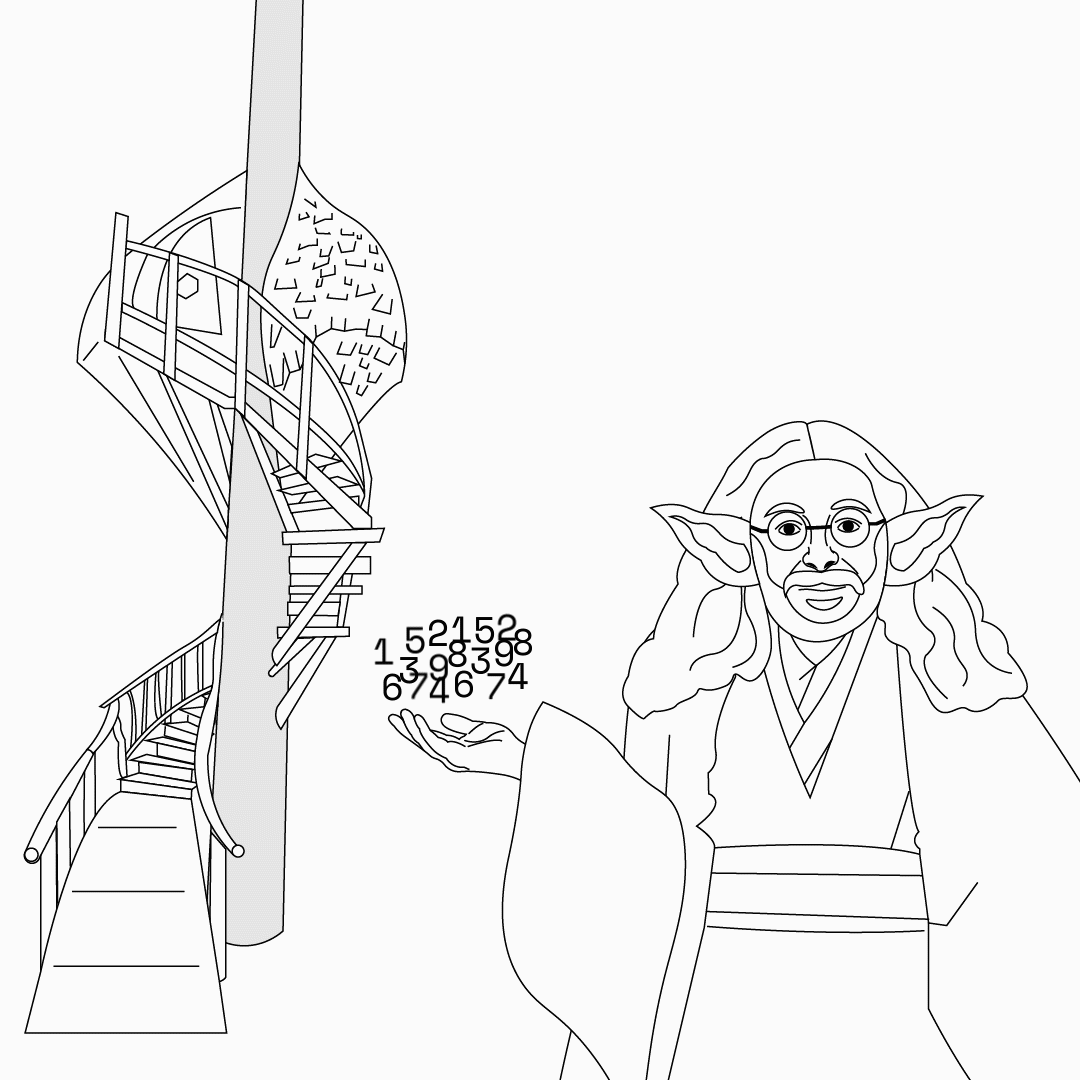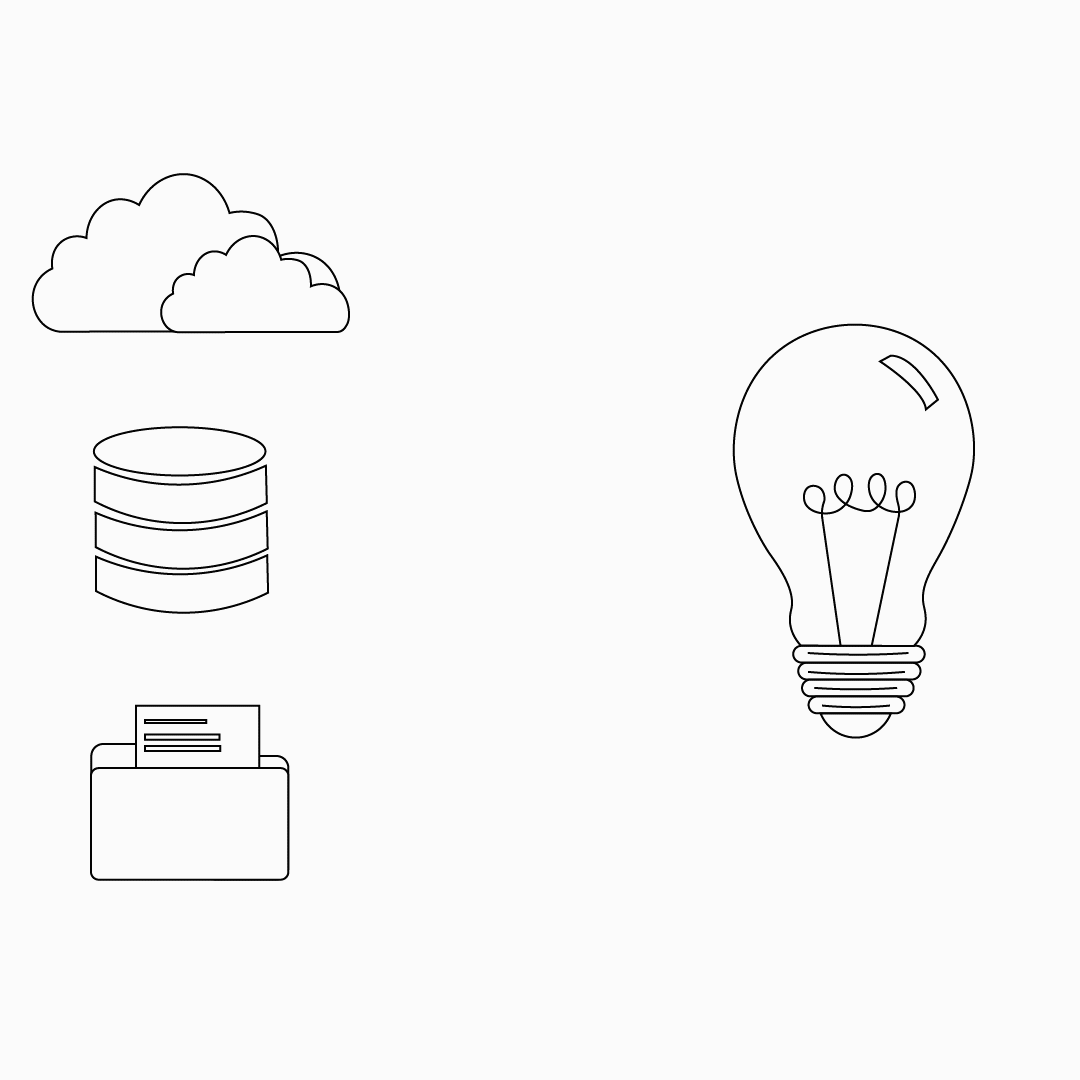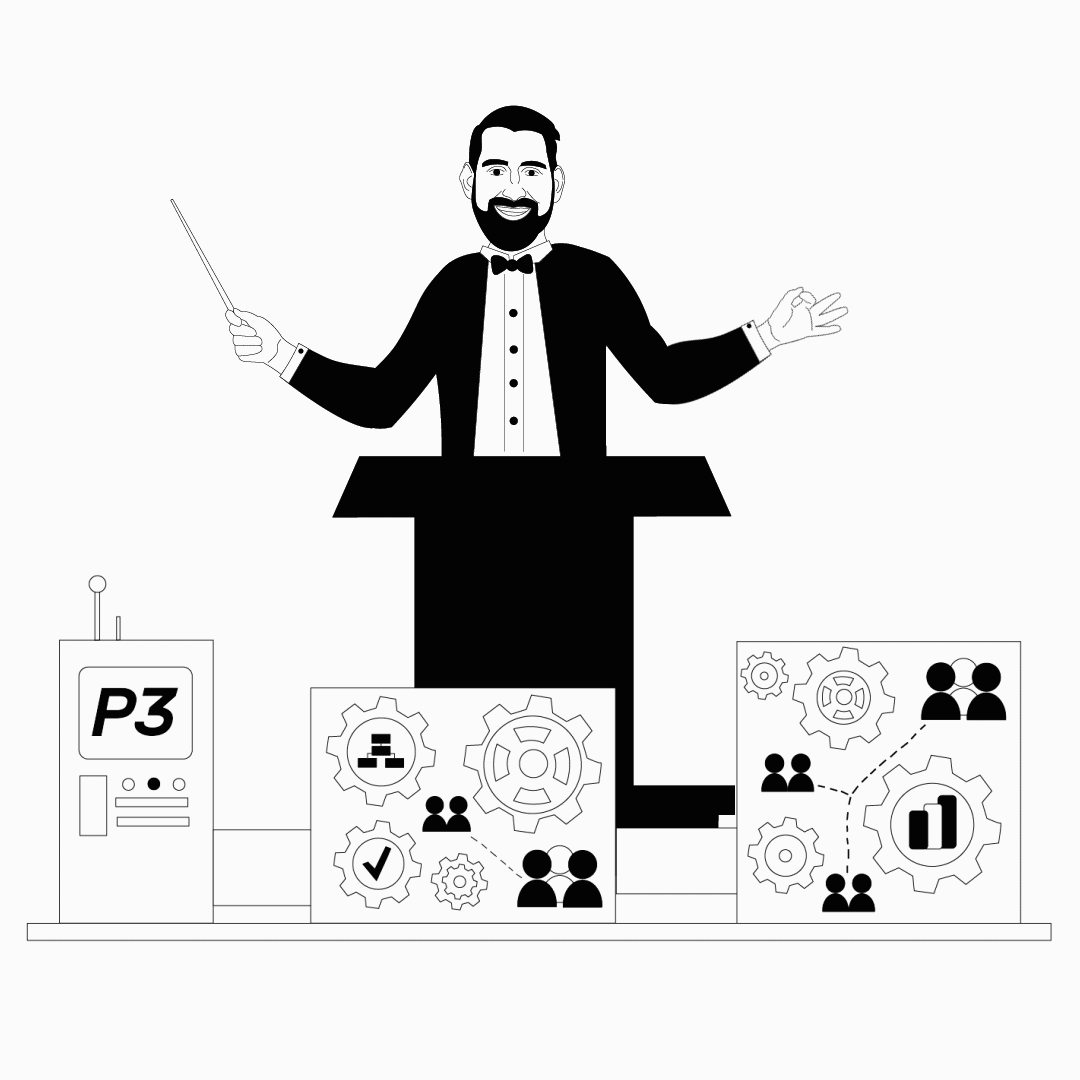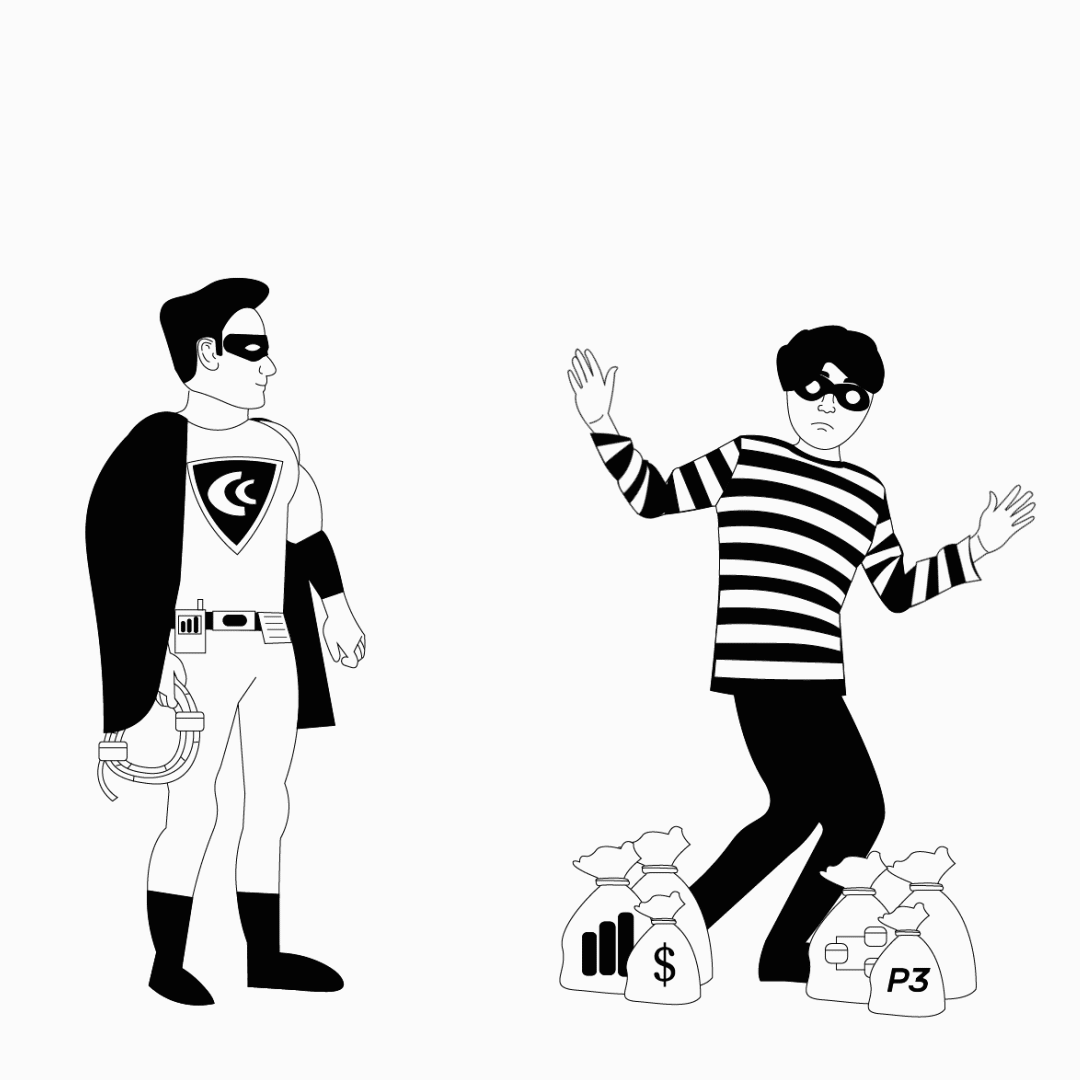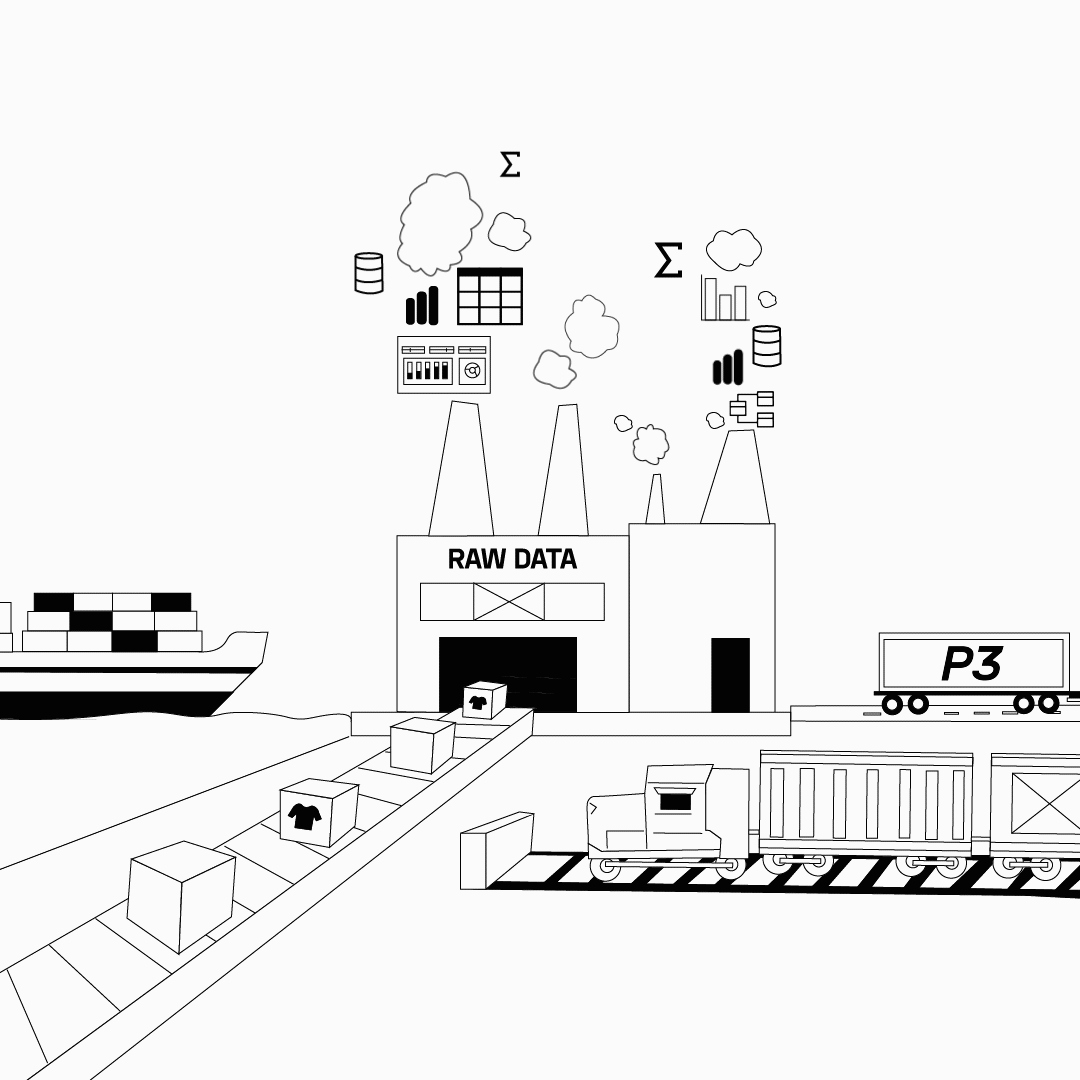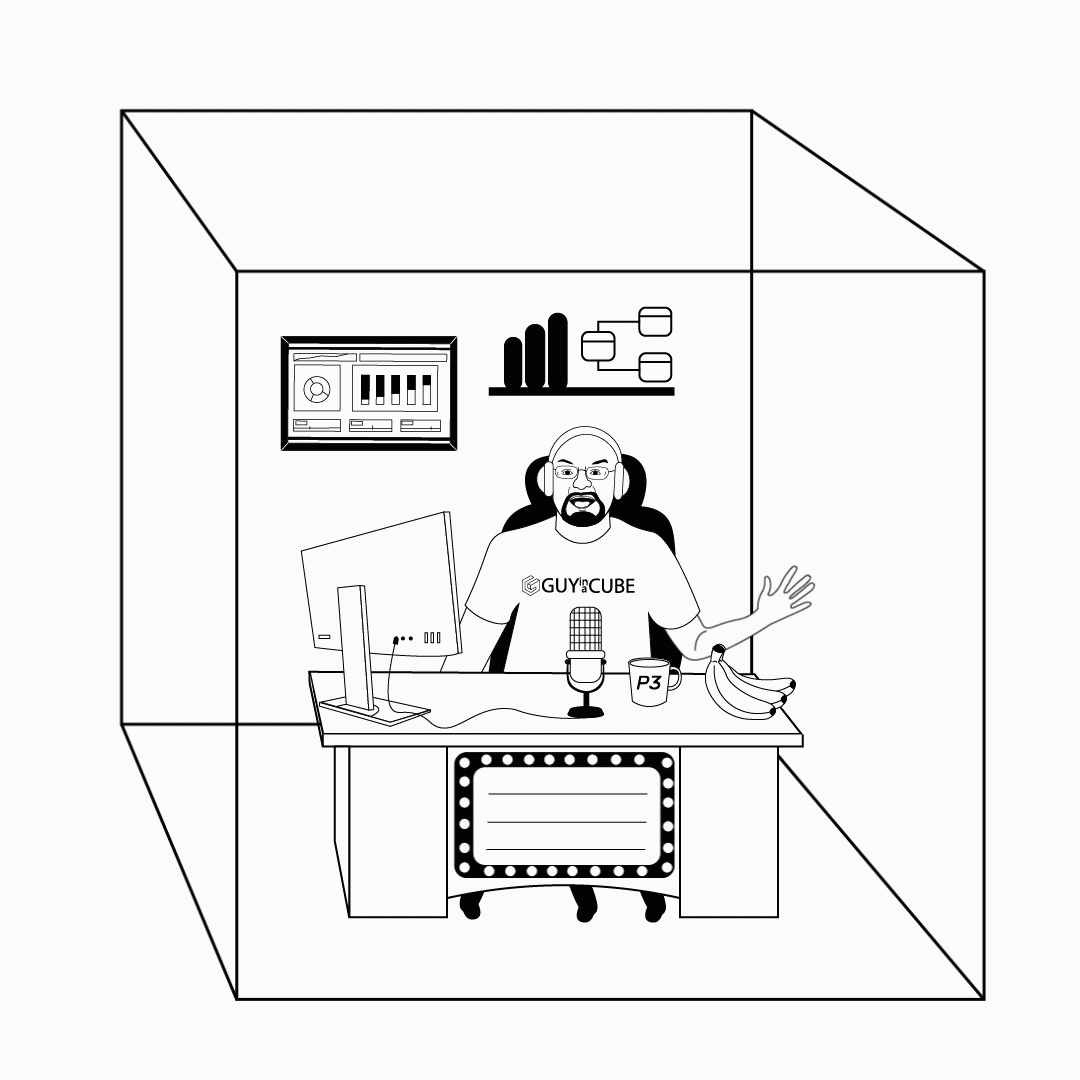
Raw Data By P3 Adaptive
The Return of the Revenge of Matt Selig
Listen Now:Today on Raw Data by P3 Adaptive, we check in with past guest Matt Selig of @Barkeeperfriend to see how post-project implementation is going. In this visit, Matt brings coworker Christina Roark, Controller and VP of Digital Marketing, to discuss using Power BI to create visual stories to create a social media marketing department and fine-tuning inventory reporting — in the middle of a pandemic — to bolster continued growth. While no plan survives its initial implementation both Matt and Chrissy assure us that the Power Platform is more than a match for anything that 2022 can throw at it. Listen in as they discuss the common threads in business growth during a global pandemic: good product and exceptionally agile BI.
While other companies were struggling to bubble up insight, the team at Bar Keepers Friend was using rapid prototyping to discover areas of opportunity and to triage existing data processes and management. As Chrissy put it, you must take care of your data before it gets to the software if you want the reporting to be accurate. Dashboards will bring issues to light, internal issues with processes that you must fix for people to rely on reports and dashboards.
Want to know more? Read the BKF / P3 Adaptive Case Study Here.
#BarKeepersFriend
Also in this episode:
Matt Selig’s First Raw Data by P3 Adaptive Podcast
Tim Rodman Podcast episode: The Numbers that Didn’t Exist, with Tim Rodman
John Hancock Podcast episode: Crimefighting with a Data Model, w/ John Hancock
Rob Collie (00:00:00): Hello, friends. Today we have two guests from the same company, Matt Selig and Chrissy Roark of Bar Keepers Friend. That's right, the scouring powder known as Bar Keepers Friend, which many of you have under your sinks at home right now, is manufactured by a company called SerVaas Labs, not too far from where I live here in the Indianapolis area. And they've been a client of P3 Adaptive since 2020, right before COVID. And here we are about two years into our relationship, our collaboration, and it seemed like a good time to check in and catch up.
Rob Collie (00:00:30): Now, if you work with the Microsoft data platform, or if you're really just into business data in general, the Bar Keepers Friend story is interesting for a few reasons. This second chapter of the BKF crew appearing on the Raw Data Podcast is, I think, relevant and interesting to you for a few different reasons. First and most obviously, this gives you a glimpse into the maturation curve of their organization and their relationship with data. Two years later, why are they still working on it? What are they working on? And how is that different from when they started at the beginning?
Rob Collie (00:00:59): Another interesting aspect is, even though they're a worldwide, widely recognized brand, they are still a family-owned business that runs very lean at the headquarters. They don't have legions of people in their head office. And so, to this day, a lot of them still wear multiple hats. So, this isn't like an enterprise-level organization, but they're still finding value multiple years later.
Rob Collie (00:01:24): Now, of course, multi-year data initiatives are nothing new. What is new is that an organization the size of SerVaas Labs can now afford a multi-year investment in data. The other thing that's different is that a multi-year data initiative usually means, it's kind of like one, maybe two projects that kind of grind forever. But that is no longer true. We have been working on and achieving many different things over that two-year era, and that is the right kind of long-term consulting relationship. Keep discovering new opportunities that are incredibly valuable, and rapidly executing on them.
Rob Collie (00:02:01): Topics discussed during this conversation include how Power BI becomes the reason to take care of upstream data quality. Tracking digital marketing and social media effectiveness, even in an environment where it is not eCommerce-driven. They shared their thoughts on the relative cost effectiveness of traditional retail promotions versus digital promotions. I tell a couple of stories, one of which is about the Pilot Flying J scandal, and how someone with the data gene at a relatively small organization brought the whole house of cards down.
Rob Collie (00:02:33): We spend a few minutes talking about mouse cursors, which triggered me to tell a story about a very interesting in particular bug we ran into back at Microsoft, relating to the dinosaur mouse cursor. At one point, Matt from Bar Keepers Friend admits to cheating on us with another consultant, so make sure you listen in for that part. We also talked about pizza insurance, health insurance, supply chain irregularities, and the P3 consultant who's been most closely working with Bar Keepers Friend lately, Aaron Cattoir, joins us mid-stream, and the red Office Space stapler might have made an appearance. All this and more, if we just get into it.
Announcer (00:03:08): Ladies and gentlemen, may I have your attention, please?
Announcer (00:03:14): This is the Raw Data by P3 Adaptive Podcast, with your host, Rob Collie, and your co-host, Thomas LaRock. Find out what the experts at P3 Adaptive can do for your business. Just go to P3Adaptive.com. Raw Data by P3 Adaptive is data with the human element.
Rob Collie (00:03:39): Welcome to the show, Chrissy Roark, and welcome back to the show, Matt Selig. How are you today, folks?
Matt Selig (00:03:45): I'm doing great.
Chrissy Roark (00:03:46): Doing well.
Rob Collie (00:03:47): I'm glad to hear it. Thanks for being here, all the way from across town from me. You're at the main office, the office, today, HQ.
Matt Selig (00:03:54): We're at the global headquarters of Bar Keepers Friend.
Rob Collie (00:03:57): Global headquarters, that's right. Let's start off with the most softball-like question of all time. We started working with you all. We started cooperating, collaborating. We've been working together for about two years, now. We've moved very quickly together. Just like everything else we do, there's no grinding, glacial, slow projects, right? It's not like an ERP implementation. There's a fast tempo. So, here's the softball: If we move so fast, and we're two years in, why aren't we done? Haven't we just fallen off the edge of valuable things to do at this point? What's going on, here?
Matt Selig (00:04:30): You can't see in a podcast, the white board behind me to my left, where I mapped out when Justin was here, everything I thought we should do in Power BI. And that was in mid-February, 2020. It still says that by September, 2020, we'd be 90% finished with all that scope of work, and Justin and I agreed on that. We've got, by September, 2020, this will almost be done over the line. And of course, less than a month later, the pandemic happened. We got super busy, for one, with a huge sales increase, that we had to add 50% of employees and increase our headcount, and add 50% to our operations. So, there just wasn't a lot of headspace to think about Power BI.
Matt Selig (00:05:16): But on the other hand, the tools we had were incredibly helpful in dealing with that. That's what we talked about in the last podcast. When I look at my board, everything I was super interested in is crossed off now. I don't think we've dawdled or turned a six-month project into a two-year project. We found more stuff to do, and to some extent, with the digital marketing dashboard, that was in Chrissy's interest, and something they needed to take over, and that actually turned out to be a lot more complicated, or involved, should I say, than I would have known, but I didn't really know what all that had going on, enough to guess how much work that would be.
Matt Selig (00:05:56): So, to some extent, I've finished, with one exception, a lot of the work I set out to do, and then turned it over to Chrissy to do the work she wanted to do in the digital marketing realm. I forget who set up the no plan survives the first contact impact. Maybe [inaudible 00:06:13] or something. But the idea that we were going to get it all done in six months just got blown out of the water immediately, and we had other things to deal with.
Rob Collie (00:06:21): 50% staff up, 50% expansion in operations, like on a dime.
Matt Selig (00:06:26): Yeah, in a matter of a week.
Rob Collie (00:06:28): File under good problems to have, I guess, yeah.
Matt Selig (00:06:31): Yeah. And the last year has been no less challenging, in a different way. It's all over the news, of course. The products that we used to buy from China, and reliably, we'd order it, and it would show up when it arrived, and the freight would be unacceptable cost. All of the sudden, everything coming out of China that we bought to make our products with, we have to order twice as much, and hope half of it gets here two months late.
Matt Selig (00:06:57): That's required a lot of managerial attention, and we already had really good dashboards with our inventory dashboards. We had a dashboard that showed what numbers were in the accounting system, but we needed to fix our processes, so that the numbers were right. If you asked people a year ago if they trusted the numbers in the Power BI dashboard enough to bet their jobs on, they'd laugh. They'd say, "No way." If the Power BI dashboard said there were 500 widgets in the warehouse, everybody knew there were really zero, or there were really 5,000.
Matt Selig (00:07:32): And that wasn't a problem with Power BI, but we had to shift gears. We needed to fix the things underneath it, feeding into it. So, it exposed, it made glaringly obvious, there were some things we needed to fix ourselves that had nothing to do with Power BI. So, we spent a lot of time doing that, also, and in the meantime, tweaking the reports. Could we change this? Could we modify that? Could we change this?
Matt Selig (00:07:57): One thing that P3 did right, in my opinion, was the rapid prototyping and the minimum viable product, the idea, let's just get something out here that people can look at on a dashboard, and then we'll dial it in with their feedback. That was the easy part, but it brought to light other things we needed to do that didn't have anything to do with dashboards.
Rob Collie (00:08:17): That's that crucial principle of ours, which is, human beings don't know what they need until they've seen what they asked for. It's the same thing as the plan doesn't survive first contact. You've got to be able to turn the steering wheel when the road bends. And the road is always bending. That's the second rule.
Matt Selig (00:08:34): Yeah. Chrissy, what's your take on it?
Chrissy Roark (00:08:40): For me, what the dashboards did, several different things. I no longer spend hours running old, outdated sales reports, so that's great. But I think one of the more important things it did is, it brought to light, like Matt touched on, something that I took away from the three-day course that Matt and I attended was, you have to take care of your data. Data management. So, if you want these Power BI reports to be accurate, you have to take care of that data and make sure that it is accurate before it even gets into Sage and into Power BI.
Chrissy Roark (00:09:20): So, once we had, whether it's the sales dashboards, or the inventory, or even the cost dashboards, it did bring to light some issues, some internal issues, with processes that we had to fix in order for Matt and Paul, TJ, or even myself to rely on these Power BI reports. Because ultimately, that's what we want everyone to use. So, that was huge. So, I've spent a lot of time over the last year, two years, is just trying to get that data cleaned up, so that it is accurate.
Chrissy Roark (00:09:59): And we implemented some new processes to where, especially with raw materials, as Matt mentioned. Raw materials, it's a touchy situation right now, because it can be kind of hard to get things coming in from China, and we actually implemented a procedure where we are counting raw materials every single day. So, we've broken them up into five cycles, and every Monday through Friday, we're counting something different, so that we can have those numbers update, and ultimately, the Power BI numbers are going to be accurate.
Chrissy Roark (00:10:39): That was my biggest take on that. Not only do we have the sales dashboards, we worked a lot with Paul and then Aaron on the digital marketing dashboards, bringing in all of our Google Analytics, all of our social media platforms, which to me has been a godsend. Very cool dashboards. Probably one of my most favorite.
Rob Collie (00:11:04): Near and dear. Near and dear to the heart, there.
Chrissy Roark (00:11:07): Yeah.
Matt Selig (00:11:09): I'm interested in hearing about it, because I wasn't really involved in making that dashboard. I've had people come and say, "You should copyright that dashboard, because nobody has anything like it."
Chrissy Roark (00:11:17): I can remember when Paul and I first started talking about it, and my curious mind, and I'm on Google, and I'm trying to find something Power BI related, as far as digital marketing dashboard, and there was just nothing there. There was just nothing out there. Like Matt said, it's a one of a kind kind of a dashboard. You just don't see a lot out there.
Rob Collie (00:11:43): I believe it.
Matt Selig (00:11:44): It consolidates all the social media information in one place that you get from Google, Facebook, Instagram, Pinterest. It puts everything you need to know about what's happening to our brand in the digital sphere in one place. If somebody understands what they're looking at, which I'm not always sure that I do, when I look at that dashboard, but it's all there, and just clicks away. Wildly disparate data sources.
Rob Collie (00:12:11): That's the key, right? That's why people don't have it, is because of those... it's not a million, but it's many different data sources. And each one of those data sources will be happy to give you a report about it, as if it is the only thing in the universe. And not only that, that report is, even in its own silo, is almost always inadequate, but especially across the whole thing. You have to integrate them. Power BI makes that just so much easier. And Chrissy, what's your title?
Chrissy Roark (00:12:39): Controller and digital marketing director.
Rob Collie (00:12:42): See those hats? Those are two very different hats, you know?
Chrissy Roark (00:12:46): Yeah.
Rob Collie (00:12:47): We should get you a hat made that is like, two hats split down the middle.
Chrissy Roark (00:12:54): Yeah, I tell you.
Rob Collie (00:12:54): That look ridiculously different from each other. One's like a bowler hat, and one's like an elf hat, or something. I don't know. They're not the same hat at all. It's so cool. Bar Keepers Friend. That's the brand. Naively, I would say, why do you even do digital marketing? All right, so you're not driving conversions in sort of the usual web, eCommerce sense. Again, softball, naïve question. Why are we even doing this? What are you doing, and how are you measuring its impact and things like that?
Chrissy Roark (00:13:25): Bar Keepers Friend, as a company, we've never had a marketing department. I stumbled into the digital marketing when Paul SerVaas, I don't know, 15 years ago, came to me and asked me if I had a Twitter account. Which I did, and that's kind of how my journey in digital marketing or social media marketing for Bar Keepers Friend started. And what I quickly realized was, Bar Keepers Friend has survived. This year is our 140th birthday.
Chrissy Roark (00:14:00): So, after doing it for a while, what I realized is that, yes, we have survived solely on word of mouth, and what I realized is that in order for us to grow our brand, and to continue to grow, we needed to do more. And this is when social media for business really started tot ake off. At the time, we had a website that was not real appealing.
Chrissy Roark (00:14:29): So, after a few years of me just kind of sitting on Facebook and Instagram and obtaining before and after photos, with permission to use them... Before and after photos, those are our bread and butter. People go crazy when we post a before and after photo of a rust-covered bathroom, or whatever it might be. We worked with an outside marketing company about 2018, 2017. Matt and Paul tasked me, at the beginning of 2020, to bring in all of those marketing efforts back in house.
Chrissy Roark (00:15:07): So, I launched a digital marketing department by adding a digital marketing manager, a coordinator. We just recently added a communications specialist. Because we used to do Amazon FBA. We did do that. And Amazon was killing us.
Rob Collie (00:15:27): What's FBA?
Chrissy Roark (00:15:28): Fulfillment by Amazon.
Rob Collie (00:15:30): Okay.
Chrissy Roark (00:15:30): So, we would send truckloads to Amazon. We have an Amazon storefront. But let's just say that we may have netted half of what our sales were coming from Amazon.
Rob Collie (00:15:44): Did they manipulate your price on Amazon? Because I remember our book would be like crazy fluctuations in price, and we would always get the same amount.
Chrissy Roark (00:15:54): Part of the issue that we had with Amazon was that we had a lot of third-party sellers. So, you've got 15 different third-party sellers, and then there's these constant price wars going on. To be honest, we don't have the manufacturing equipment. We were doing two-packs, four-packs, six-packs of all of our different products, and the last two years, we've seen a 50% sales increase, and we just didn't have the manpower to package that Amazon product. So, we decided to outsource that. It's a love/hate kind of thing. We want to be able to own our brand on Amazon, but at the same time, when you have someone else selling that product, you don't necessarily get that.
Matt Selig (00:16:52): You lose control of your brand.
Rob Collie (00:16:53): Yeah.
Chrissy Roark (00:16:53): Yeah.
Matt Selig (00:16:53): And you're responsible for everything they do.
Rob Collie (00:16:56): They say whatever they want, they fail in ways that you would never fail, right? Do you have any counterfeit Amazon sales?
Chrissy Roark (00:17:03): No.
Rob Collie (00:17:04): That's pretty rampant as well, in certain sectors.
Chrissy Roark (00:17:08): I actually have a contact at Amazon who, they just recently launched a division which is like brand management, helping manufacturers such as us cut down on third parties, and make sure that there's not any kind of counterfeiting going on. And we've not had issues with counterfeiting, but third parties, yes.
Chrissy Roark (00:17:34): So, to get back to your initial question, why a digital marketing department, and what our goals are, is number one, is we want to continue to increase brand awareness. You would think that everybody knows what Bar Keepers Friend is, but that's not always the case. So, we have developed like, six personas of different people, of different demographics of people that we're going after. Surprisingly, personas that do the best are young and thrifty, and the foodies, like the food, chef people, which is interesting.
Matt Selig (00:18:17): The way I'd describe it is, on social media, and not on social media, but "IRL" as they say, in real life, people are talking about Bar Keepers Friend. One of the things our digital marketing department does is keep the conversation going. Increase the velocity of it, increase the reach of it, feed it with good information to talk about. For whatever strange reason, people love Bar Keepers Friend, and it's not hard to find evidence of them, people saying literally that.
Matt Selig (00:18:45): I remember one Amazon said, "Well, this stuff isn't really the second coming of Jesus, but it's pretty good." And people talk about it like that, and so the digital marketing department goes to those different social media channels and participates and enlarges that discussion, and gets more people involved, and helps expand the reach of it. And that's what that digital marketing dashboard is doing, is telling us all the different parameters that we can know about that conversation.
Matt Selig (00:19:15): What's difficult to know is, if we spend X amount of dollars on digital marketing, how many cans of Bar Keepers Friend did that move off the shelf?
Rob Collie (00:19:24): Right.
Matt Selig (00:19:24): But I don't know if that's helped us. Now Chrissy's waving her hand like she has something to say.
Chrissy Roark (00:19:29): We just launched TikTok. We knew we were a big deal on TikTok, but we didn't understand the magnitude of it. You can go onto TikTok, you can hashtag #BarKeepersFriend, and you will literally return millions and millions of results. And it's just people using Bar Keepers Friend and TikTok-ing about it. Matt has always, since I started this, when it was me by myself, when I was using a third party marketing company, and now that I have three girls under me, and Matt always asks me, "Okay, so you spent $13,000 in Facebook and Google ads. How many cans did you turn because of that?" And I can't give him that answer, but my next big Power BI project, this is why we're not done, because we have lots of different projects and reports that we want to do.
Chrissy Roark (00:20:28): For instance, we did our first TV commercial back in September, August and September, and I think the consensus was that maybe it was not successful because we did not see a significant increase in our sales here. However, after we ran the TV ad, we didn't see a significant increase in our sales here, but the salesmen were able to pull some Walmart and some Kroger numbers, and they were able to see an uptick during that time that those TV ads were running.
Chrissy Roark (00:21:06): Whether it was successful, whether it was not, that's debatable. What ultimately, and I have on my white board, is we have access to Walmart data. We have access to Dollar General data. The most important data for us to be able to determine whether or not our digital marketing efforts are successful is the store-level data, the POS data.
Chrissy Roark (00:21:33): So, that's ultimately what I would like to do, is get through the hiccups that we're going through right now, as far as raw materials and the sales growth, but I would like to invest in some of the store-level data, and then put that into a Power BI format so that we can say, okay, we're running, whether it's store-specific ads, digital marketing, Google ads, and then we can go back and look at that POS data and say, okay, well, we've seen X amount of increase in this area during this time.
Matt Selig (00:22:10): The Walmart retail data on store-level sales in a Power BI dashboard. P3 didn't create it, but I think at some point P3 helped them straighten out the mess it had become.
Rob Collie (00:22:23): I don't have direct knowledge of any of that. I do know that we do some work with them. We may or may not have been involved in that. I do know that Power BI is catching at Walmart.
Rob Collie (00:22:31): So, back to the digital marketing thing for a moment. When digital marketing first became a thing, probably its primary advantage over traditional marketing and advertising was that you can do direct attribution. When someone clicks an ad, or whatever, and it goes to a website, that ad can pass codes in the link so that the website that receives the traffic can say, oh yeah, this person came from ad X, or whatever.
Rob Collie (00:22:58): Now, this is what I was getting at in the beginning, is it's not like you're selling directly to the consumer. Basically all of your product that makes it to a consumer gets there through a retailer intermediary, at least one, right? At least one intermediary. You do not have the ability for that sort of direct attribution. So, you're playing the digital marketing game, but without... for good reason, without its core advantage, at least its traditionally-considered core advantage. But you have other variables. You have other variables that you can manipulate. You have time and geography.
Matt Selig (00:23:30): Yeah, I wanted to say, with digital marketing, especially with the dashboard, you can do something in social media and see what happens as a result really quickly. You can make a spend on Facebook or some other channel and promote, say, a new product to a customer, and see almost immediately what's happening. Unlike, let's say, television advertising, where you put it up for a month, and then a couple weeks later a consultant gets on to tell you what happened. I think that's one of the things I like about digital marketing, is you can see stuff happen, if not in real time, really fast, and then with your dashboard, even more so.
Chrissy Roark (00:24:08): When we ran this TV ad, obviously we did a big digital marketing push with that TV ad as well. So, we did a lot of Google ads, Facebook ads, and the way for us to measure, I can't say, okay, we sold 10 cans, because I can link it back. But what we try to measure is, we direct people to our where to buy page, where they can go, they can click the product, they can enter their zip code, and we kind of came to a consensus that if they do two or three actions within that page, and they're on that page for, let's say, 30-60 seconds, you could almost consider that a sale, because they're not going to go through all of those steps not to go and find the product.
Rob Collie (00:25:01): Or at least it's like, a good proxy. Whatever coefficient, let's say it's like an 85% chance that they're going to buy, right? You still just multiply 85 by the number of people who did that, and you can get in the ballpark.
Rob Collie (00:25:12): The thing I was getting at, and Matt, you were saying this as well, is that if you run a campaign, and you know what zip codes, you know what DMAs or what regions of the country you ran that in, and you know the timeframe in which you ran it, then you can get granular, both time- and geography-specific sales data from the retailers. Correlation is never causation, but it's good enough, you know? If you see an uptick shortly thereafter in the geographies where you ran the ads, where you ran the campaigns, or whatever, it's good enough. You're going to trust that. We've done a lot of stuff like that, but that correlation, even establishing that correlation, is non-trivial, unless you've got a good data strategy.
Rob Collie (00:25:54): That starts to get very, very, very granular, being able to time, essentially date stamp and geo stamp. And also then, of course, convert those geographies, the digital marketing systems will call it one thing, and then the retailers will allocate the geographies by a completely different set of names and groups, and so you have to kind of establish equivalency and all of that.
Rob Collie (00:26:15): But do you run any deliberate experiments with controls, where you say, let's just run it in half of the zip codes of the country, or something like that, and don't run it in the other half? Have you gotten to the point where you're experimenting like that?
Chrissy Roark (00:26:28): We don't do anything experimental-wise, but what we do do is, we have grocery stores on the West coast that are not in the Midwest or the East coast. So, a lot of times, and we just recently had this happen, is we did a store-specific campaign on the West coast, and we ran that for a few weeks, and luckily the broker was able to get us that store data during that time. We could absolutely see that during those time periods, we could see those sales kind of increase.
Chrissy Roark (00:27:07): So, while it wasn't just some kind of experiment, we do use that to be able to kind of make a case to say, hey, we spent $5,000 on a Smart and Final ad, and then during that time, this is what happened. So, it's those little tidbits that I'm trying to slowly put together to build a case, to go to Matt and Paul and say, hey, we want to spend $100,000 a year to get this store data.
Chrissy Roark (00:27:38): We have Walmart. Destiny, which is our store locator program, they do offer the Nielsen data, which includes Target and most all grocery. So, I feel we have Walmart, and then we go through Destiny, and we have Target and all the groceries, then we pretty much have everything that we need. Then it's just bringing it all together to where, absolutely, I can give Matt that answer that he wants, that says, how many cans did you turn during that time?
Rob Collie (00:28:11): Yeah.
Matt Selig (00:28:12): Always been kind of a dream, like a thought experiment. If we could run a targeted marketing campaign in Pittsburgh, could we watch he POS data in Pittsburgh change?
Rob Collie (00:28:22): Yeah. Establish a baseline.
Matt Selig (00:28:24): Yeah. I think we're close to doing it. I don't know if we'll ever actually do that, but I think we're very close to being able to do that. And I was just thinking, Chrissy's also the controller, so she pulls together all our financial information, and we used to not even track what we spent on digital marketing, but in 2021, we increased our digital marketing spend by 150%. So, when we started to see what's going on there, and personally I have a lot more comfort with understanding what happens when we spend money on digital marketing than a traditional television or radio, or something like that.
Matt Selig (00:29:00): What we've found is that digital marketing is probably a more efficient promotional spend than the traditional bill backs, promotion allowances, trade discounts, temporary price reductions, slotting fees that a lot of the customers we deal with in the space want, under the guise of marketing, that don't give as good feedback what we get from that spend.
Aaron Cattoir (00:29:22): MDF, right? Marketing development funds, is what I've always called them, or have always been asked for when I was in a position to give them out, right? And I always refused. It was a, "No, sorry. We already spent it all this quarter." That was my standard answer. And yes, it's untrackable. It's just, the money goes into a black hole, and you hope that it increases your sales, right? And so, it's completely counterintuitive at this point to continue advertising in spaces where you cannot pull back attribution. A, you have an immediate direct channel that gives you attribution. Why would you spend money on something as broad as a television ad? We're talking about shooting with a crossbow, versus shooting with a 12-gauge shotgun, in terms of accuracy, right?
Rob Collie (00:30:08): I don't want to be hit by either of those, it turns out.
Aaron Cattoir (00:30:09): No. Well, no, no, no, but I mean, but marketers are trying to hit you with them all day.
Matt Selig (00:30:14): We deal with a generational gap, also. We can knock on Baby Boomers. 30 years ago, 40 years ago, when they were coming into this consumer packaged goods, we bought television advertising, we bought radio advertising. You offered bill backs, you offered TPRs, and that's the way they learned how to do business. And you say now, let's all go film a TikTok video of everybody doing a cute little dance out by the logo sign, and they're like, "That's nuts. That's not how you do business. That's crazy."
Rob Collie (00:30:43): I like to point out the irony of a Grateful Dead fan making fun of Baby Boomers. You're going to be an outcast at the next tribute show, Matt.
Matt Selig (00:30:55): Yeah. Well, I've heard an old timer say that, the last Dead and Company show I went to was like Woodstock with cellphones.
Rob Collie (00:31:08): That doesn't sound like a good mix.
Matt Selig (00:31:11): But that's a challenge, because they're the people who control the budgets, with Generation X nipping on their heels, but when you tell the lead salesperson that we just don't think television is the way to go, they have 30 years of experience under their belt that says you're wrong, and you have to convince them the value of spending the money somewhere else, and that this is really where we need to focus our effort.
Aaron Cattoir (00:31:34): You're exactly right. Television contributes to your brand in a different way. It doesn't contribute directly to sales. Like, you can't attribute it. There'd be no way. Even with the strongest data in the world, there's still too many outside factors, right? They could be out of a competitive product that week, and that's why your sales went up. It has nothing to do with the ad, right? You could have one person that loves your product and put a center end cap, and it doesn't matter that it was on sale, it's that it was at the front of the store. There's so many variables inside of a grocery store that the only thing you could really hope for with a television ad is that it's increasing your overall brand equity.
Aaron Cattoir (00:32:08): I've not analyzed your brand in that way. I think you have a lot of brand equity. You know what I mean? I think people... I think it's a very well-respected brand. Every time I tell somebody, "Hey, I'm working with Bar Keepers Friend," they go, "Wow, that stuff's awesome. I use it on my grill all the time." How do you balance that? Like, how do you say to yourself, okay, am I really building brand equity with these online ads, or am I just harvesting sales?
Aaron Cattoir (00:32:30): Or vice versa, is television ad even worth it to build brand equity? 40 years ago, Matt, like you were talking about, there were three television stations, right? Of course a television ad is going to hit every home in America.
Matt Selig (00:32:43): Four, six, eight, and 13 in Indianapolis.
Aaron Cattoir (00:32:46): Yeah, exactly. And you know, I'm right on the edge of remembering that, and it's not like that anymore. Who even watches TV? I mean, I see more ads on Google. I haven't turned my TV on and plugged it into a cable box in a decade.
Matt Selig (00:32:58): Yeah, you have to define, what is television?
Aaron Cattoir (00:33:00): Right.
Matt Selig (00:33:00): I don't think what we call television now, even though the physical box is very similar, I don't think what we call television now is what we called it 10 years ago, with streaming services.
Chrissy Roark (00:33:12): Who watches commercials? We did do some experimenting on Hulu with the actual video of the TV commercial, and it was semi-successful, but nobody watches commercials. I mean, if they're streaming stuff, if they DVR it, they're fast forwarding through the commercials. So, I was pleased, when I had a meeting with Matt and Paul, they're all for taking that money and putting it into the digital marketing efforts.
Rob Collie (00:33:41): As Aaron was saying, you're a beloved brand, and you're not an expensive product. I just don't think that a discount, for example, might be the most powerful thing, when you're already not an expensive product. It's not like, oh, 25% off of a Porsche, you know? You're a really, really, really good value, and so this whole notion of leaning into that beloved nature makes a lot of sense to me.
Matt Selig (00:34:06): These digital marketing channels give people a space to participate in their relationship with Bar Keepers Friend.
Rob Collie (00:34:12): Yeah.
Matt Selig (00:34:13): And that sounds hokey for me to say it, but it's true. If you go to the Laundry Love and Cleaning, is that it, Chrissy? Laundry Love and Science?
Chrissy Roark (00:34:20): Laundry Love and Science.
Matt Selig (00:34:21): On Facebook, people are raving about Bar Keepers Friend. They love it. They want to tell everybody how awesome it is. And I don't understand it, but I've come to accept it.
Rob Collie (00:34:30): I put it on my french fries. I'm just kidding. I definitely don't. That's not a recommended use.
Aaron Cattoir (00:34:37): But it might be the best one.
Rob Collie (00:34:41): We just recently had... This is an episode that's already gone life, the Tim Rodman episode. This is really funny. He was talking about how, when he first heard of Power Pivot, when Power BI didn't exist, he heard about it from a neighbor who was working at a company that did $800 million in revenue a year. Not a brand that you would be familiar with at all. That was one of the things that's really shocked me since leaving Microsoft, is how many billion or multi-billion-dollar businesses exist in the world that you've never heard of.
Rob Collie (00:35:10): So, he was working at the time at a $300 million a year company, and it was really important to him at that moment that the person he was hearing about this from was working at a much bigger company. If it had been a smaller company, he might have thought that Power Pivot wouldn't be good for them. And I just started laughing when he told that store. Power BI, DAX, data modeling, all of that, is basically, it's good at all sizes, all levels. And you folks work at a company, it's a worldwide brand. It's not publicly traded, right? Is it fair to still call it family-owned?
Matt Selig (00:35:44): Oh, yeah, yeah. It's still family-owned, since 1956.
Rob Collie (00:35:47): So, this is why Chrissy wears a hybrid of two hats. So, to people listening to this, you do not have anything resembling infinite resources.
Matt Selig (00:35:58): No.
Rob Collie (00:35:59): Our marketing department at P3 is now about the same size as yours. You're definitely a bigger business than us. But you're not one of those massive... People tend to think that the labels that they see, the physical things that they see in everyday life, are inevitably backed by massive, massive, massive operations, and that's just not the truth.
Matt Selig (00:36:19): We're starting to become an anomaly. Bar Keepers Friend has always been a family-owned brand, owned by four different families. The current family has owned it since 1956, and Dr. Beurt SerVaas who bought it told me, in 1956, it only sold $5,000 a year. There were many regional scouring powders at that time. I've got a good collection of them in our museum, and they all failed, and we survived.
Rob Collie (00:36:43): There's a brand new sentence for me, or a brand new term: regional scouring powders.
Aaron Cattoir (00:36:47): I actually think that's really whimsical. Like, I would love to see a documentary about regional scouring.
Matt Selig (00:36:54): We have in our museum a whole shelf of failed scouring powders.
Rob Collie (00:37:00): Corpses of those competitors that Bar Keepers Friend has vanquished over the years.
Aaron Cattoir (00:37:05): The lives lost.
Rob Collie (00:37:05): Regional scouring powder consolidation.
Chrissy Roark (00:37:09): We are actually, you know, I mentioned that it's our 140th birthday, Bar Keepers Friend, and we were doing some brainstorming. We are going to video all of the different regional scouring powders. We have not only Bar Keepers Friend packaging through the years, but Matt has done a great job at collecting some of the older scouring powders from the '50s, sometimes maybe '20s. So, we're going to kind of showcase all of that. And we're going to actually pay a little bit to do an upscale production of this video, to be able to put on digital marketing, Google ads, and I will be sure to share it with you guys.
Chrissy Roark (00:37:54): You know, ironically, what's so funny is, I can remember as a kid, seeing some of these under the sink of my grandmother. Nostalgia, for sure. Some Bar Keepers Friend, and Bon Ami, I think, was one of them. But I'll be sure to share that with you guys when we get that production done.
Matt Selig (00:38:16): The 1999 one, that started here in the role, and they did 20-25 employees at Bar Keepers Friend, and it sold for a tenth of what it sells now. So, one thing that's changed in my job, and I think everybody's job, is it had to become more specialized. 20 years ago, we were generalists, and it wasn't until very long ago, I wasn't just the chief financial officer, I was the chief HR officer also, and the company got bigger. It was too much for one person to do both jobs well, so we had to hire another chief HR person, too. Thank god we had her when we needed to increase our headcount by 50% in like three days.
Matt Selig (00:38:55): But Power BI, I think, is a force multiplier for one. In our last podcast, we said Chrissy saves about 20% of her workweek in having to making ad hoc reports, financial reports for people who needed information. And it's pushed it out to the people who need the information, and put it in a format they can get it themselves quickly, and they can quickly answer their own follow up questions, and they can quickly change the parameters and play with the data. And so, I suppose a flamethrower is a force multiplier compared to a Bic lighter.
Rob Collie (00:39:31): We've had a lot of destructive metaphors, here. Crossbows, shotguns, flamethrowers. These are all going to be Wordigamis.
Aaron Cattoir (00:39:40): I'm sorry I killed your vibe. I feel like I came in and started talking about all these terrible things. Now it's just...
Rob Collie (00:39:47): For the record, I've actually been shot with a shotgun. Or, I've been hit.
Aaron Cattoir (00:39:52): Okay, so not point blank, or anything.
Rob Collie (00:39:53): No, no, no. Long way way. Friend's wife...
Thomas LaRock (00:39:57): I was going to ask if it was an ex-wife.
Rob Collie (00:39:59): No, no, no. Apparently, she knew the effective range of that weapon, because you know, she raised it. I'm like, she's not going to... Oh, yes, she is. But yeah, it felt like pellets, bits were just tossed at me.
Matt Selig (00:40:11): It's a tool that lets us punch above our weight. Microsoft has the test company where they've got like 200 million rows of data you can play with.
Rob Collie (00:40:20): Is this Contoso, or have they moved on?
Matt Selig (00:40:22): Contoso, yes. That's where I got my introduction to Power Pivot, Power BI, was downloading the Contoso database and just following along through the book, making up little reports in it. We don't have hundreds of millions of rows of data. Maybe we do now, but we're not that big of a company. It's not that complicated, but it's made the data available to everyone who wants it. We had some people who just didn't want it. The Baby Boomers, let's say, who think that they way you get your sales data is to go ask your controller.
Rob Collie (00:40:57): The kind of people that you'd meet at a Grateful Dead tribute show.
Matt Selig (00:40:59): Grateful Dead show. So, it's scalable. The comment I've always made is, when I first heard about Power BI, I went onto YouTube and got a tutorial, how to make a pie chart of all your Girl Scout troop's favorite cookies. You know, that's not very complicated, and Power BI can handle that, and it can also handle something like Contoso, or even bigger, probably.
Rob Collie (00:41:26): This is a recurring theme. I mean, when we first went out with the very first release of Power Pivot, we really leaned into, at Microsoft, this notion of massive data volumes. We went out with a 100 million-row demo, and immediately... Because it was visceral, right? It's a visceral thing to show 100 million rows being crunched in Excel in an instant. There's an emotional appeal there.
Rob Collie (00:41:50): It backfired, because everyone that looked at that that didn't have a 100-million row dataset immediately thought that the power word in that meant massive data volume, when in fact, even 5,000 rows, it was far superior to work with datasets of that level in the DAX engine than it was in almost anything available at the time, and really even to this day. So, small data volumes still work.
Rob Collie (00:42:17): And this is another one of those sort of, the funny little ironies, is that Bar Keepers Friend, you all are not anywhere near large enough of a company, in terms of people sitting at computers, for Microsoft to ever pay any attention at all to you. You're not a significant or important revenue stream for Microsoft. You've got to get into like, the thousands of seats before Microsoft will even assign 1% of a sales rep to you.
Rob Collie (00:42:40): At the same time, though, these tools, the reason that they built them is for the enterprise. That's where their revenue comes from. These tools are like, almost an even better deal for the mid-market than they are for the enterprises. I mean, it's crazy ROI. The amount of licensing cost that you pay to Microsoft on a monthly basis for Power BI, it rounds to free, you know? It's the best deal going in data, is to be mid-market, using Power BI.
Matt Selig (00:43:10): And I have to answer questions all day long. How many widgets did we buy? Who do we buy them from? What do they cost? Who did we buy them from last year? How many did we buy three years ago? How many did we sell to Walmart? Those kind of questions just come at me like a tsunami, and they need quick answers. That was one of my frustrations before Power BI, was I'd have to say, "Wait a second, I'll get back to you on that." And questions now that you can answer in seconds, but while you're still actually talking about the same subject. And before, somebody would say, "How many units did we sell to Walmart three years ago?" And I'd say, "I'll get back to you," right? By the time I got the answer, the discussion would move on three or four topics, and that was the fastest I could do that. Now I can answer those questions in real time.
Rob Collie (00:43:58): And then, the action that they were debating or contemplating, they can actually do it or not do it, you know?
Matt Selig (00:44:04): Right, that's the force multiplier aspect of it. A lot of the dashboards that I was personally involved with, I was trying to create tools... Now that I look back on it, I was trying to create tools so that I could quickly answer all of the random questions I was getting. How many widgets do we have? Who do we buy them from? What do they cost? How many are in California? How many does Walmart need?
Rob Collie (00:44:25): Those are just table stakes. Having access to your own information. Being able to answer questions that you already have the data for. A previous podcast guest named John Hancock, believe it or not, that's his real name, had something. He wrote a paper at Microsoft that I was so jealous that he came up with this. I was like, I should have come up with this. He called it "Data, Data Everywhere, But Not a Drop to Drink."
Matt Selig (00:44:47): Yeah.
Rob Collie (00:44:49): So, you have all the information, in some sense. It's physically available to you, but that doesn't mean that you can answer the questions.
Rob Collie (00:44:56): I had a question for Aaron. We're talking about this digital marketing dashboard that comes from all these disparate sources. I would think that a big part of the challenge, a big part of the work, is just getting all of those plumbed so that you can actually pull from all these different places that really are borderline uncooperative when it comes to forking over the data. What's that been like?
Aaron Cattoir (00:45:18): It was a little bit of a challenge at first, only because the data sources that come in from most marketing services are over JSON. It's like a JSON response. You very rarely get access to good tabular data, right? You can access the SQL database or anything, or you really can't even get reports. And so, they use a third-party aggregator for their social media, so that was actually good, because it gave us a set of consistent metrics across social media platforms, but then we still had to figure out a way of plumbing it up against Google Analytics. Like, okay, when I click on an ad on Facebook, and I land on the Google Analytics website, how do we attribute that? You can do things, like you can look at the incoming link and see that it's coming in from Facebook. There's ways to navigate through the data to make those work, obviously.
Aaron Cattoir (00:46:08): It was a little bit of a challenge. What was great about it was, we were able to immediately put social media engagement right next to website engagement, and then be able to filter that down and say, okay, here's our engagement on Facebook. It led to this many hits on our website, and then you can track that through, right? Say, okay, this person landed on my buy page, which is exactly where I wanted them.
Aaron Cattoir (00:46:30): But that's always the challenge with marketing data sources, is because they come from everywhere, and they're all formatted differently, and they all have their own names for things, right? And the aggregator makes a lot of that useful, but even then, you have to rely on someone, right? Like, it would be much better to bypass the aggregator and go directly to each API, but again, it's like, what's the trade off? You're trading off the stability of this aggregation company, and the fact that if something goes wrong, they have to fix it, versus is this data really correct, right? Are they giving me the right information? Which one would assume, but data is pretty sticky, right? Hundreds of millions of rows.
Rob Collie (00:47:11): Even at these scales. It's pretty easy to start getting some really, really high record counts when we talk about digital marketing, because the whole thing about digital marketing and attribution being sort of like its big advantage, what we're really coming around to is that that's not really its number one advantage. Its number one advantage is amazing reach. Amazing targeted reach, without having to spend... you're not buying a Super Bowl ad. But because of that reach, you have the ability to suddenly start racking up bajillions... that's a technical term, bajillions. Wasn't that the name of a show, like on Showtime or something, Bajillions? Something like that?
Aaron Cattoir (00:47:51): I think it's just Billions. You know what, no creativity.
Rob Collie (00:47:52): I know, seriously. They've got no pulse at all. Those robots. But you can very quickly pile up data volumes in the digital marketing space. Again, Power BI just kind of goes, "That's it? That's all you got? Come on. I was expecting a challenge. Millions."
Matt Selig (00:48:11): That's been, I think in the last year or so of using Power BI, project around here, get a lot of our basic accounting dashboards in place. I'm not sure where we're at with the financial statements. I was really excited when I saw Matt Allington's video, this is how you make an income statement in Power BI. And I said, my god, that's what we need, that's what we want. And I think we finally have it dialed in to what it's supposed to say, but I don't know, I'm hesitant to roll it out and say, "Guess what, guys? You aren't going to get financial statements like you've gotten for the last 30 years anymore. It's all going to be in Power BI, and it's going to be amazing, but you're going to have to suffer the learning curve."
Rob Collie (00:48:51): There needs to be some sort of crossing over ceremony.
Matt Selig (00:48:55): Where we burn our old financial statements?
Rob Collie (00:48:58): Yeah, consecrate it, or something.
Chrissy Roark (00:49:01): Aaron and I were looking at these earlier in the week, and they are pretty close. In fact, I believe, and we know what one of the issues is, but I believe that the total for December is the same within Sage and F9.
Rob Collie (00:49:18): It's one of those miracles, when two numbers that have to go through a tremendous amount to arrive at those numbers, when those two numbers are completely different systems, when those match, it's not something to take for granted. It feels amazing.
Matt Selig (00:49:34): I've heard that called the taco machine, that you throw some ground beef, a head of lettuce, a piece of cheese and some corn tortilla in one side, and taco pops out on the other side. You don't really care what it did inside the machine, you just want the taco.
Rob Collie (00:49:49): That would be one of the most difficult machines to make, wouldn't it? That's like a new engineering challenge, the taco machine. We should get Elon Musk, he should get into Taco X.
Matt Selig (00:50:02): Space tacos.
Thomas LaRock (00:50:03): That should be like an advanced Turing Test, or something like that.
Rob Collie (00:50:06): Yeah. Can you make a taco?
Thomas LaRock (00:50:08): For AI, right? Can you make a taco?
Rob Collie (00:50:14): I mean, you can't crush the tortilla.
Aaron Cattoir (00:50:15): Could you imagine the pressure of having someone like Deckard staring at you while you made a taco, determining whether you were a human or not?
Matt Selig (00:50:24): And I got some follow up data. We were talking Amazon, fulfilled by Amazon, and I checked one of our reports that we put together to try to figure out what Amazon costs to do FBAM. Without getting into the specific numbers, they have one gross sales line, of the stuff that they sold in our name, and then they have 31 lines of expenses they deduct against it. So...
Aaron Cattoir (00:50:50): It's not even tasteful at that point. Did you really have to itemize it like that?
Matt Selig (00:50:54): They do. I've got the spreadsheet to prove it. And that was after we had to do some data cleaning to make their spreadsheet make sense, because the way they put it together, you'd have to be an actuary to figure it out.
Rob Collie (00:51:09): Ah, there's some obfuscation in there.
Matt Selig (00:51:10): I look at the subscription service model for Amazon, and I'm convinced the last thing they want us to figure out is how much money we spend on Amazon.
Rob Collie (00:51:19): Of course. Do you remember the Pilot Flying J scandal? It was a big deal in Cleveland because the owners of Pilot Flying J had bought the Browns.
Aaron Cattoir (00:51:27): That's a gas company, right?
Rob Collie (00:51:28): Yeah. It's a truck stop, gas station. They had a rebate program, so they'd make a deal with the trucking company. If you use us basically exclusively as your fill-up stop, we'll rebate you some percentage of what you spend with us back to you. It's a discount program for loyalty.
Rob Collie (00:51:46): The scandal was that for a lot of the smaller trucking companies, Pilot Flying J had this thing they called the manual discount, where... Behind the scenes, this was a euphemism they used at Pilot Flying J headquarters, the manual discount, which is they believed that these trucking companies weren't sophisticated enough to know what the right number should have been in their rebate, so they would cheat them. They would just deliberately cheat them. They wouldn't send them back the money that they were owed. They'd send them back a fraction of it, and then basically funnel the excess into their own bonuses and stuff. It was really, really, really, really dirty.
Matt Selig (00:52:25): That's endemic in the customers we deal with. They're just like, "Catch us if you can."
Rob Collie (00:52:30): Yeah. And so, it's just a daring to be caught sort of situation. And you know that Pilot Flying J quote-unquote "got unlucky," in that one customer, there was one of us, one of these data gene people working at that customer, and just got curious. All they had to do was put a spreadsheet together and catch them. I don't know how that blossomed into a full FBI investigation and everything, but of course, the billionaire owners skated away, even though it was pretty clear they were aware of it, and someone else went to jail.
Matt Selig (00:53:04): It's like the Kurt Vonnegut novel about the guy who went to jail for the Watergate scandal, who just happened to have an office in the executive office building, and just happened to overhear two of the conspirators, and he's the one guy who went to jail. I can't remember what novel that is. He was the useful idiot.
Rob Collie (00:53:23): It almost sounds like the Life of Brian, like the Monty Python movie, you know?
Matt Selig (00:53:29): Yeah. I wanted to fill it in real quickly. The Kurt Vonnegut novel is Jailbird, and the narrator is Walter F. Starbuck, a man recently released from a prison in Georgia after serving time for his small role in the Watergate scandal.
Rob Collie (00:53:42): Why was Starbuck such a big deal in the '70s? We had Starbucks coffee...
Matt Selig (00:53:46): Battlestar Galactica.
Rob Collie (00:53:47): And then we had Starbuck, the Battlestar Galactica, right? And then we had Vonnegut naming... I don't know what year this... it had to have been late '70s, early '80s.
Matt Selig (00:53:55): Kurt Vonnegut, right.
Rob Collie (00:53:58): Why was Starbuck a thing?
Matt Selig (00:54:00): I don't know.
Rob Collie (00:54:01): It was a very, very cool name for a man back there.
Aaron Cattoir (00:54:07): '79. '79 is when it came out.
Rob Collie (00:54:09): Aaron, before you got here, I asked everybody the softball question of, we move really fast. That's the brand, and that's what we've been doing. We've been moving really fast. Two years later, why aren't we done? Obviously, the answer is that there's just so many valuable things to do, and when you get confident at these things, you're like, oh, we could do something truly valuable over there, and it's going to be positive ROI. But what's next? How many years are we going to be at this, folks?
Matt Selig (00:54:32): I think the biggest opportunity I see, and maybe also one of the most challenging, is getting the production data that's coming out of the PLCs in the factory into a place where everybody can see what's happening in the different computers, the data generating processes out in the factory. And we've started some of that. I actually, I cheated on you guys. I had another Power BI consultant put together a dashboard for our ball mill, just to see what they had. I said, here, if you want to give a shot, do something and see if you can impress me, and he just did.
Matt Selig (00:55:11): He got the data flowing from the computer system. He got it into a MySQL database. He got the data into Power BI and made some visuals. But it just was underwhelming. Nobody went like, "Wow!" It wasn't like the sales desk, where everybody says, "Wow, look at this! This is amazing!" Gasping, people gasping. It was just underwhelming. So, I'm kind of really wondering if we can really get something that will be a useful tool to people that are responsible for that.
Rob Collie (00:55:42): I'm Rob Collie, and I support this message. I approve this message. You take the Pepsi challenge with us. If it can be made into a wow thing, we will do it. We're the ones. What's the ultimate goal with that? Is it quality control? You know your inventory, and you're counting your raw materials. What's the value in the production data itself?
Matt Selig (00:56:04): To get into the way back machine, and if we went back to Bar Keepers Friend in 1999 when I started working here, and somebody said that there were SerVaas Labs, and I was at the Saturday Evening Post and said, "I have no idea what SerVaas Labs is. What are you talking about?" And they said, "Oh, that's over here. I'll show you." We went across the street. They ran the production line that made liquid Bar Keepers Friend once a month, one day a month, to meet all their needs. And now, we have two, and we'll soon have three liquid lines running two shifts five days a week. So, we live and die by uptime and throughput. We can't afford to be down for hours.
Matt Selig (00:56:42): And so, I would like the visibility. The one thing, the dashboard we had for the ball mill was, they'd tell you how much powder they made that day at the ball mill, how much abrasive was put through the system, and we never really had that information before. It used to come in a scattershot spreadsheet that had everything there but wasn't very good, and had to be emailed around.
Matt Selig (00:57:04): So, things like how much was made yesterday? How much downtime did we have? What caused the downtime? What worked, what didn't work? Where should we have applied some preventative maintenance at? Where are our big sticking points, and how much can we make? Now, that information kind of gets put out, vaguely, in a Word document that gets emailed around twice a day, to say the first shift made 3,473 cases of a certain product, and 2,583 of the other product, but it's just all that static data that you can't really get a sense, is it getting better or getting worse? Were they 70% effective, or 103% effective? People like me who spend most of my day sitting in an office, and Paul, our president, I'd really like to have a tool where we can watch the factory run.
Rob Collie (00:57:57): Traditional manufacturing efficiency sorts of metrics.
Matt Selig (00:58:00): Yeah. We've started to get that with the ball mill, but it was just a little underwhelming, and I didn't want to tell the poor guy that I was like, "Eh, I don't know. You did everything that I asked you to do, but this is not..."
Rob Collie (00:58:12): That will teach him, Matt. I hope he's listening. I hope he listens to this.
Aaron Cattoir (00:58:15): I hired this guy...
Thomas LaRock (00:58:18): I'm the guy! That's me that he's talking about!
Rob Collie (00:58:26): Hey, it's your moment of fame.
Matt Selig (00:58:28): I did point him to your podcast before and say, "Hey, you should really check out, these are smart Power BI people."
Rob Collie (00:58:34): Well, you know, let's be charitable. If there's a difference between this person we're talking about and us, there's always a chance, a really good chance, that they're just on the journey, you know? The people who work at P3 today, it's not like they could have always worked here. And they certainly couldn't have worked here... Even after they discovered Power BI, it takes a while to get really good at it.
Rob Collie (00:58:56): There's a phrase in physiology called muscle recruitment. Like, you can be really strong, but your ability to bring those muscles to bear on a problem, there's actually quite a bit of variability in that. Even if you've developed the powers, your ability to use them and to apply them in various practical ways, even that takes some development. So, everyone's on their own journey. We just happen to grab people who are very deep into that journey. That's the bar for working here.
Rob Collie (00:59:23): And of course, even depth of journey, it isn't measured in time. It's not necessarily measured in years. It's sort of like, what situations you've been in, and how you've been developing.
Aaron Cattoir (00:59:33): And you have the added benefit of the fact that there are 20 people that are deep into their journeys in the data world here that are available as a secondary resource, you know what I mean? In a way that they would never be available otherwise, right? I've had some pretty hard questions answered by other team members here, you know what I mean?
Rob Collie (00:59:51): Yeah. Of course, in the spirit of exact numbers, Aaron, let's run that back, because we've got a lot more than 20 now.
Aaron Cattoir (00:59:57): Oh, yes. Yes, yes, yes.
Rob Collie (00:59:59): Maybe it was 20 when you joined.
Matt Selig (01:00:01): I just kind of looked at that and said, oh man, if we get another dashboard put up for the next production line down the road, is it going to be compelling, or is it just going to be kind of like an air going out of the flat tire kind of thing? I put it up on the screen, and nobody got excited about it, and I wasn't even very excited about it.
Rob Collie (01:00:20): Yeah. There just might not be much of a story, you know?
Matt Selig (01:00:25): Yeah. But on the other hand, that's critical data we need. How many cases did that line produce yesterday, and how much downtime did they have, or what caused the downtime? Somebody needs that information. Chrissy needs it. She's one of the people. To me, that's the next frontier. And I remember, in 2013, I went to Pack Expo, which is a big packaging equipment trade show in Las Vegas, and they do it every year, Chicago, Las Vegas, Chicago, Las Vegas. It's in the McCormick Center. It's huge. And I went to a seminar. This guy, he had a tablet on his wrist, and he was like, "I'm running my factory in England with this tablet on my wrist. I think I'll just turn that machine off." Everybody in the room was wowed.
Rob Collie (01:01:09): Back in England at that moment, the people working on hat line are like, "WTF?"
Aaron Cattoir (01:01:15): Somebody lost a hand.
Rob Collie (01:01:16): Right? It's just like...
Matt Selig (01:01:22): If you want to have fun with somebody, hook a USB mouse onto their computer without them knowing about it. When they try to mouse in a certain direction, mouse it in the other direction.
Rob Collie (01:01:34): Definitely plug the dongle in the back, right?
Matt Selig (01:01:40): Chrissy knows I'll do it.
Rob Collie (01:01:40): It's like a Ouija board, right?
Chrissy Roark (01:01:45): So, Matt has this thing where he thinks everybody's cursor should be as big as his, right? So, he'll go, we have a new person come in, and he'll go in and he'll make their cursor...
Matt Selig (01:01:58): The pointer.
Chrissy Roark (01:01:59): Pointer that big. And then I'll walk in there, and they're like, "How do you make that small again? I don't like it."
Rob Collie (01:02:06): I can't even read this webpage.
Aaron Cattoir (01:02:08): The pointer arrow.
Rob Collie (01:02:11): It's like a square foot of pointer.
Matt Selig (01:02:13): That's when I run the Logitech unifying software to link my trackball to their computer, so when they're mousing around, I can just gradually mouse in the opposite direction.
Rob Collie (01:02:23): It's just part of the onboarding. That's Matt still going back to his Chief of HR roots. Like, yeah, part of the onboarding is, we give you the six-inch-tall mouse cursor.
Rob Collie (01:02:32): I've got a good story about mouse cursors. So, it turns out that in Windows programming, at least back in the '90s, this is probably still true to this day, the application code itself, whatever app you're writing, has total control over whether or not it's the hourglass cursor or the actual pointer. You sort of take it for granted that the hourglass means that the app is doing something, but it doesn't have to be. The app could, if it was written poorly, could just mess with you, and just constantly hourglass without there being any issue.
Rob Collie (01:03:02): Okay, so we had a bug in the Windows installer, MSI. It was a thing I was working on at the time, version one of the Windows installer. And the bug was that Windows installer would hang. It would just get hung up, like an endless loop type of bug. You know how it is, when an app just hangs, and you eventually have to kill it with task manager? We had a hanging bug. We were really struggling to understand why it was hanging and all of that.
Rob Collie (01:03:25): It turned out that it wasn't hanging. The only bug in the code was that it had switched it to the wait cursor, the mouse cursor. That was it. It was completely superficial. However, someone had thought, during this debugging process, we asked the original person who found the bug, "Hey, have you tried clicking the button anyway with your mouse cursor while it's in the hourglass state?" And he went and tried it, and came back and said, "That didn't work." So, we were thinking it was more than superficial, even though it wasn't. And this really threw us off for like a week, trying to figure out what was wrong here.
Rob Collie (01:03:58): What we did not know, however, is that the person who found the bug had customized his cursor set, his mouse cursor set, and he was using the dinosaur mouse cursor. I don't know if you've ever seen this, but when it goes to hourglass, the dinosaur, it's like a brontosaurus or something like that, and it turns into this running, the brontosaurus is like running, okay? And normally the point of the arrow was the nose of the brontosaurus. That's where you'd click. You'd click using the nose of the brontosaurus. That was the target point.
Rob Collie (01:04:28): But whoever had designed this cursor set for Windows had not bothered to set the clickable part of the wait cursor. That cursor point was set to the far upper right, even completely outside of the dinosaur's body. If he had known to click with this spot out in space, the button would have actually gone down and back up, and we would have known that it wasn't actually a hang.
Rob Collie (01:04:51): By the way, with the hourglass cursor, it is the neck of the hourglass that's the clickable point. But they hadn't even bothered to set it for this dinosaur. So, that's how awful bugs can get. So, don't mess with people's mouse cursors, Matt. This is no laughing matter, Matt.
Matt Selig (01:05:08): When I was working with Paul [inaudible 01:05:11], he'd asked me some question. I said, "Yeah, I'd really like it if I clicked over here, a little paper clip with eyes would pop out and say, 'It looks like you're working on a matrix route visualization. How can I help?'" And he was like, "What?"
Rob Collie (01:05:24): Yeah, because you had no idea.
Aaron Cattoir (01:05:26): You could add Clippy. That would be a P3 exclusive.
Matt Selig (01:05:29): We want Clippy in Power BI.
Rob Collie (01:05:32): It's an older code, sir, but it checked out.
Matt Selig (01:05:34): I was like, I thought you passed the test, man.
Rob Collie (01:05:43): My references are aging out of the population. Ads from the 1980s, I can make jokes about that, and half the people around me would have no idea. That's the way things go, isn't it?
Aaron Cattoir (01:05:55): So, I had to explain to my six-year-old about "Where's the beef?"
Rob Collie (01:05:59): Oh, yeah. Yeah.
Aaron Cattoir (01:06:00): Right. And I mean, I was a little young when that campaign came out, but the other day I was like, "Where's the beef?" And he just stared at me like, what's wrong with you? Here I am on YouTube, looking for old advertisements, hoping desperately that I can be relevant in my son's eyes.
Matt Selig (01:06:18): Well, to make a serious point, last summer in 2020, we had an intern here. When he got here, he already knew all about Power BI. He already knew about data tables and DAX. He was already fairly proficient at it, and could do a lot, and people from my generation, two generations before that, that stuff didn't even exist when we were in school. My wife said, "Why didn't you take Wayne Winston's K201 class at IU?" Because, well, it didn't exist. At the K201, they told us, "Class, this is a computer. This is the on key, and this is where you put your 3.5 inch floppy disk that has your word processor database and spreadsheet on it." As another generation gets to the professional age, a lot of this stuff will smooth out, but we're still kind of in a transition period, stuck between two worlds of people that remember their 3.5 inch floppy disks and people that don't even know what we're talking about.
Rob Collie (01:07:18): Oh, that looks like the save icon. That's the thing that I've heard. You've got a 3D printed version of the save icon there, I see.
Matt Selig (01:07:28): Or people who had to go to the library and learn how to use a card catalog, versus people who don't even know what that is.
Rob Collie (01:07:35): Yeah, and that distinctive smell. You know what a card catalog smells like.
Matt Selig (01:07:39): Right.
Rob Collie (01:07:40): So, as a brief interruption here, Chrissy, I just saw you staple something. Do you have a red stapler? Like the Office Space red stapler? Oh my god. Did you deliberately go out of your way to buy the red one? You need to watch Office Space, the movie Office Space.
Chrissy Roark (01:07:56): It's a heavy duty one. It would mess somebody up.
Rob Collie (01:07:59): That didn't exist until the movie Office Space. You wouldn't buy a red Swingline stapler.
Chrissy Roark (01:08:03): Oh, really?
Rob Collie (01:08:05): And they had to make it. They had to make the red stapler as a prop for the movie Office Space, but then it was such a popular idea that Swingline started making them in red. So, you need to go watch the movie Office Space.
Chrissy Roark (01:08:17): Yeah, I was just looking for a stapler on Amazon, and I seen red, and I was like, oh, something different.
Rob Collie (01:08:23): Well, there you go. Well, there's a cinematic origin story to your red stapler.
Aaron Cattoir (01:08:29): It's a very special stapler.
Matt Selig (01:08:30): The whole transition thing, people my age and older still thing email is the hot new cool app. I had breakfast with somebody today, who he won't let his employees in his company use email to communicate with each other. They can only have an email address if their customer requires it to communicate with them, but internally, they only use Slack.
Rob Collie (01:08:54): This is a forward-leaning attitude, not a dinosaur attitude.
Matt Selig (01:08:56): Right. He's a Millennial. He says email is dinosaur stuff.
Thomas LaRock (01:09:01): So instead of having one inbox, they have 97 inboxes. That's progress. That's awesome.
Matt Selig (01:09:06): Yeah. That just makes me think how times change. I remember when I worked at a company, the president decided each employee was going to have an email address, and everybody was like, oh!
Rob Collie (01:09:18): I mean, we definitely use Slack for our internal communication, and I do think it is a more efficient means of communicating with your own team than email. Yeah, we still, of course, use a lot of email to communicate with the outside world. My inbox is now mostly a place where I get spammed. That's the purpose of my inbox now. I get pitched multiple times a day on lead generation and digital marketing type stuff, which I'm like, no, no, no. I already know we're way better at this for ourselves than what any of these third parties would be. People want to try to help us hire, but again, we're better at that than they are.
Rob Collie (01:09:57): What else do I get pitched on every day? There's a lot. There's a lot of spam. It's reached the point where if I'm going to send someone an email at the company, because it's a bit longer form than what would make sense in Slack, I then go to Slack and say, "I just sent you this email." That's the way to do it.
Aaron Cattoir (01:10:16): They're structurally different, you know? Email is an adaptation of a specific real world phenomenon, right, mail, while Slack is evolved from the lineage of social media, right, where it's more about replicating in-person conversation, as to replicating long-distance conversation. And so, it gives you a whole different set of social context and rules, which is what I think has made email fall out of favor, because it's...
Rob Collie (01:10:45): It's attention span, too, right?
Aaron Cattoir (01:10:47): Well, yeah.
Rob Collie (01:10:48): Email gives you the opportunity to go on and on, uninterrupted. And I open up an email and it's super, super long, and I'm like, ugh. But if someone's Slacking me, and we're having a conversation, I can digest what they're saying sort of like in snacks.
Matt Selig (01:11:01): Well, what do they call the artifacts? On your desktop, you have a trash can to put your old documents in. They didn't have to call it a trash can, but everybody knew what that was. And when you take a picture with your phone and it makes the... sound, like the shutters on a camera, it doesn't need that.
Rob Collie (01:11:19): Yeah. I'm old enough to remember when the trash can icon in Windows changed to the recycle bin.
Matt Selig (01:11:26): Oh, yeah, yeah.
Rob Collie (01:11:26): Because we had to be eco-responsible with our digital assets.
Aaron Cattoir (01:11:30): Was that like, Windows '95 that that happened in?
Rob Collie (01:11:31): I don't... Maybe. It might have been. Yeah, that sounds about right. I'm pretty sure Windows 3.1 still had the trash can.
Matt Selig (01:11:38): See, that's how oldschool I am.
Aaron Cattoir (01:11:41): No, I mean, I'm not that much younger than you guys, but I vividly remember logging in to Windows 3.1 with DOS.
Rob Collie (01:11:47): Oh, of course.
Aaron Cattoir (01:11:47): And then logging back out so I could play Warcraft. I'm really going back.
Matt Selig (01:11:54): When I was a kid, my next door neighbor was a computer geek, and he got Zork.
Rob Collie (01:11:54): Oh, yeah.
Matt Selig (01:11:54): And we played Zork at his house until like 5:00 in the morning.
Rob Collie (01:12:02): I never made it more than like, 3% of the way through that game. It was just a dead end to me.
Aaron Cattoir (01:12:09): So, you want to talk about full circle. There's a tabletop version of Zork. Like, a tabletop roleplaying version of Zork, where one person plays the computer and tells you when your commands are bad. It's actually really quite funny. It's meant for group play.
Rob Collie (01:12:21): So, do the pieces all look like Scrabble tiles, because it's all text?
Aaron Cattoir (01:12:25): No, no, it's fine. No, it's all verbal. It's a verbal game.
Rob Collie (01:12:30): Just buy three Scrabble kits, and then you can implement Zork tabletop.
Aaron Cattoir (01:12:37): Right. No, but the idea is that you get to be the jerky computer, right? When somebody inserts a command they can't do, you can be like, "No, you can't do that." I guess it's supposed to be like a party game, where you get 15, 20 people controlling as the computer player, versus one person as the computer. It's kind of this antagonistic relationship.
Rob Collie (01:12:54): Oh, that's cool. I could get into that.
Aaron Cattoir (01:12:56): But it's something that is a remnant, you know what I mean? It was originally created for a computer, and now it's made it all the way full circle, and it's back in the real world. It's like the inverse of what we were just talking about.
Rob Collie (01:13:06): Yeah. Like the save button having been just some random icon, and then someone came out with a portable storage media...
Aaron Cattoir (01:13:13): That looked like it.
Rob Collie (01:13:19): That looks like it. Well, we just had an example of that, Chrissy using the red stapler, right? Well, I really appreciate you spending the time with us.
Matt Selig (01:13:26): No problem.
Rob Collie (01:13:27): And I look forward to us falling off the end of all the data problems. We'll just have them all solved. Just call it done. Just kind of... Be all done.
Chrissy Roark (01:13:35): You did ask, what was next, and why are we still doing this two years later? For one, I think we're always going to be working out little bugs here and there. I want to say that Aaron, he is like genius level to work with. I really enjoy working with him. And my next project, I know Matt has his idea of what he wants to do, but you guys know what I want to do. Aaron knows what I want to do. I will have him on the call with Destiny when we do that, obtaining store-level data, and then bringing it all together in Power BI format. That's my next goal. I'm just kind of waiting for some things to fizzle out a little bit, maybe some normalcy to return, and then we will start a new, big project, because that's going to be a big project.
Rob Collie (01:14:29): I hate to break it to all of us. I don't think we're ever going to see normal again.
Thomas LaRock (01:14:33): No. No.
Chrissy Roark (01:14:33): Right.
Thomas LaRock (01:14:36): Nope.
Chrissy Roark (01:14:37): True.
Rob Collie (01:14:38): I just feel like everything's been knocked off of... It's like the top, as it starts to wobble as it's spinning, you know? I feel like that's the state that we're in. Everything's just gotten really loose. It might stay that way.
Chrissy Roark (01:14:49): We went through a data loss in, what, the end of 2019? You probably remember that. I feel like since then, I've not been able to catch a break. I say it will get better, but as soon as I think it's getting better, something else happens.
Rob Collie (01:15:05): The pace of disruption seems to be picking up. We thought, we're through the COVID thing, and then here comes the variants. And the supply chain stuff. And the inflation, as well, some of which is supply chain driven, some of which isn't.
Chrissy Roark (01:15:20): Well, we're having an issue, and maybe you guys are, maybe not, but just getting people to want to work. It took me three months to fill a collections position.
Aaron Cattoir (01:15:31): To be fair, that's a very hard position. I know from experience, a good collections person is treated like the prima donna of the company, right?
Chrissy Roark (01:15:40): Yeah.
Aaron Cattoir (01:15:40): I mean, because they're so hard to get somebody that's honest and kind, who doesn't scare off all your customers getting your money back. Yeah, that's such a hard position to fill. I've seen it. I've seen company, like my old company try to fill it, and just fell on their face.
Chrissy Roark (01:15:52): Right, and we were talking earlier about deductions and all of that stuff that some customers take. I'm pretty sure I made the right choice with her, but just in general, just trying to get... I mean, I know Nivea has issues with maybe filling production. I'm currently looking for a staff accountant, which the holidays and sicknesses, I mean, that seems to be taking a little bit longer. But we'll get there.
Rob Collie (01:16:20): So, truly interesting, with your feet on the ground like that. Do you have personal firsthand experience with why there's a shortage? It seems like everyone's got a different explanation for this.
Chrissy Roark (01:16:32): Something that human resources has told me is, a lot of people, the first thing they ask is, "Is it a remote position?" A lot of people want to continue that remote. I'm not against some remote work, but there's just some things, especially in the accounting-related, that cannot be done from home.
Rob Collie (01:16:56): You all have a really interesting headquarters vibe there, right? The sticking the head out in the hallway, right? That's particularly valuable, especially when you've got hot new Power BI reports, as we've seen.
Matt Selig (01:17:06): There's been a fierce competition for talent, also. We made offers to two collections people that called us back the next day, and they said they accepted them, and instead, they took another job. So, it's been very competitive to hire people from our perspective, also. You know, you were talking about supply chains for a second. That's a frustration. When I order a Five Guys burger from Uber Eats, I can watch the guy bring my hamburger driving down the road, turn by turn by turn, until they get to my house, and my wife will say, "They're out front." And I'll go there. There's the Uber Eats guy, or whatever service you're using.
Matt Selig (01:17:48): But if I say to someone in purchasing, "Where's our container with $100,000 worth of raw materials in it?" They're like, "Eh, let me call somebody," and then they'll call somebody, and then they'll call somebody, and then the answer we get back is that it left port three weeks ago, and it's somewhere between Shanghai and Los Angeles.
Rob Collie (01:18:07): We need to circle back with Jon Perl, who's been on our show. His project was a software startup in the supply chain domain, who originally focused on clothing and textiles. But when we last touched base with him, this was before all of this crazy supply chain disruption, and I think part of his deal was that, yeah, you need to know where your stuff is. I wonder why we haven't heard from him. Have we not heard from him because he's just gone straight vertical in his business, and he's just too busy, because his software's turned out to be the answer to everything? Stay tuned. We need the return of Jon Perl.
Matt Selig (01:18:40): People take it for granted that they can get their Door Dash and watch them drive down the street from the Chinese food to their house, but when you ask them, "Why can't you tell me where my $100,000 worth of raw materials are at?" They're like, "Well, we can't answer a question like that. It's somewhere between Shanghai and Los Angeles."
Rob Collie (01:18:56): Well, we clearly need to just by a whole bunch of 45-foot fishing boats that can each carry one shipping container each.
Aaron Cattoir (01:19:07): It's Uber Freight. Just a bunch of personal yachts.
Rob Collie (01:19:11): Uber Maritime. Yeah.
Thomas LaRock (01:19:16): I was just going to say, on that note, I was going to point out that you say it's easier to track your delivery of food than it is to track $100,000 worth of items, but it's also easier for you to get insurance for your pizza than it is to get your own health insurance. That's the world that we live in. Not only did you order from Uber, but you got insurance because you ordered from Domino's, or whatever. You can get insurance on that pizza better than you can get it for yourself. So, there you go. But that's our world.
Rob Collie (01:19:42): But you know, that insurance for the pizza, Tom?
Thomas LaRock (01:19:44): Yeah?
Rob Collie (01:19:45): It doesn't cover the extra toppings.
Thomas LaRock (01:19:47): Oh, of course not. That's a preexisting sausage.
Rob Collie (01:19:52): Yeah. I'm sorry. You ordered...
Thomas LaRock (01:19:56): Whoa, whoa, whoa. The breadsticks? You want cheese?
Matt Selig (01:20:00): Cheesy bread, fresh?
Rob Collie (01:20:01): I'm sorry, cheese is not part of your plan.
Thomas LaRock (01:20:03): I drank some of your soda on the way over. You know that's not covered, right?
Rob Collie (01:20:07): You didn't get that pizza approved ahead of time.
Aaron Cattoir (01:20:09): You've already had a pizza this month.
Rob Collie (01:20:13): That's right, you've... Yeah. Did you really need a pizza?
Thomas LaRock (01:20:20): Oh, that's the next step, right? You order and they get data from your health insurers that are like, "Yeah, you've already had... you've had enough pizza this month."
Rob Collie (01:20:29): Thank you so much, folks. It was much appreciated. We'll check in again in another year, when you're done with everything.
Matt Selig (01:20:35): Okay.
Thomas LaRock (01:20:35): That's right.
Matt Selig (01:20:36): Thanks, Rob.
Chrissy Roark (01:20:36): Thanks for having me, guys.
Announcer (01:20:38): Thanks for listening to the Raw Data by P3 Adaptive Podcast. Let the experts at P3 Adaptive help your business. Just go to P3Adaptive.com. Have a data day.
Sign up to receive email updates
Enter your name and email address below and I'll send you periodic updates about the podcast.
Other Episodes
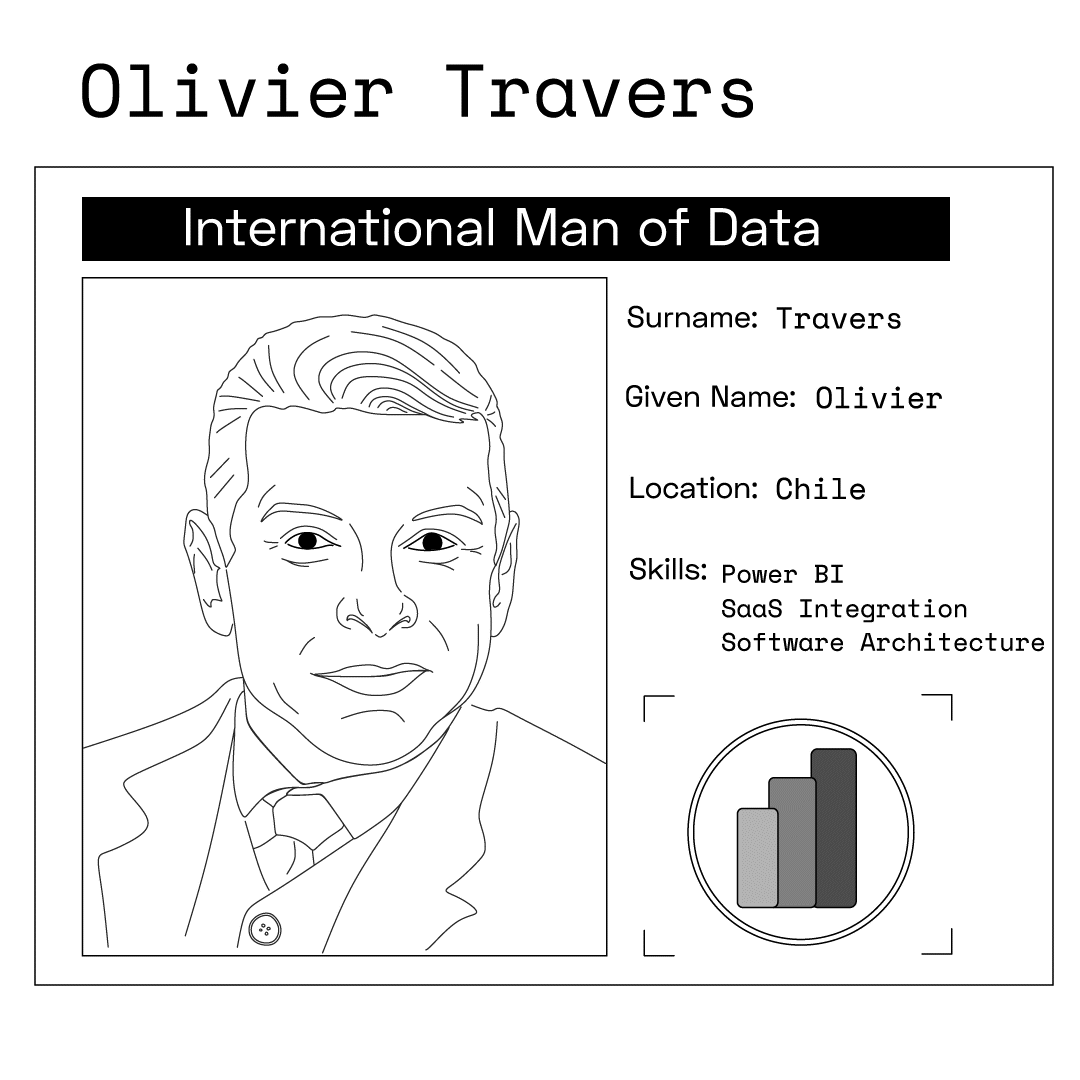
Stay Away from Guadalcanal, w/ Olivier Travers
MS Data Platform International Man Of Mystery
01.04.22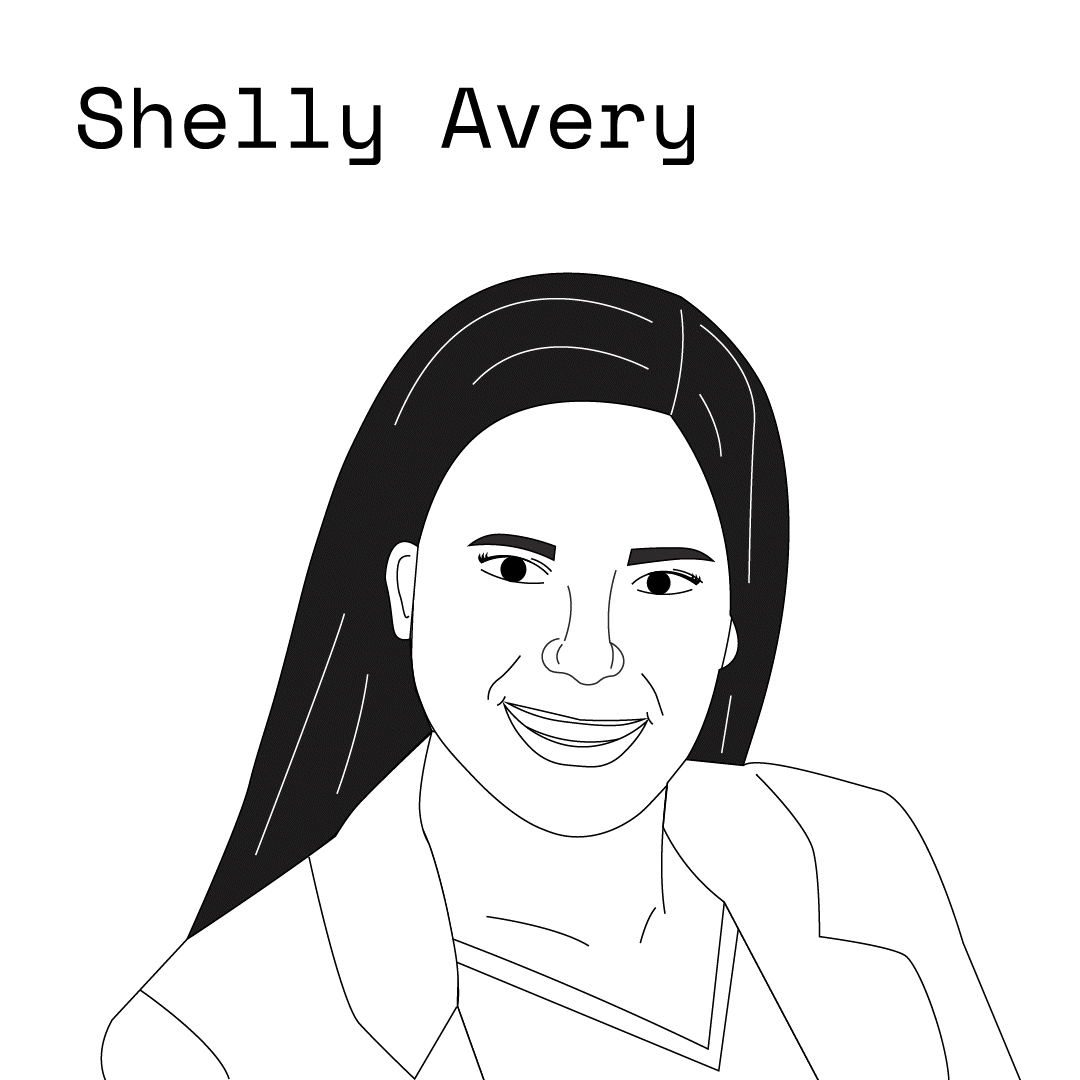
99% is the New Zero, w/ Microsoft Director Shelly Avery
Director-US Healthcare Specialist, Microsoft
09.14.21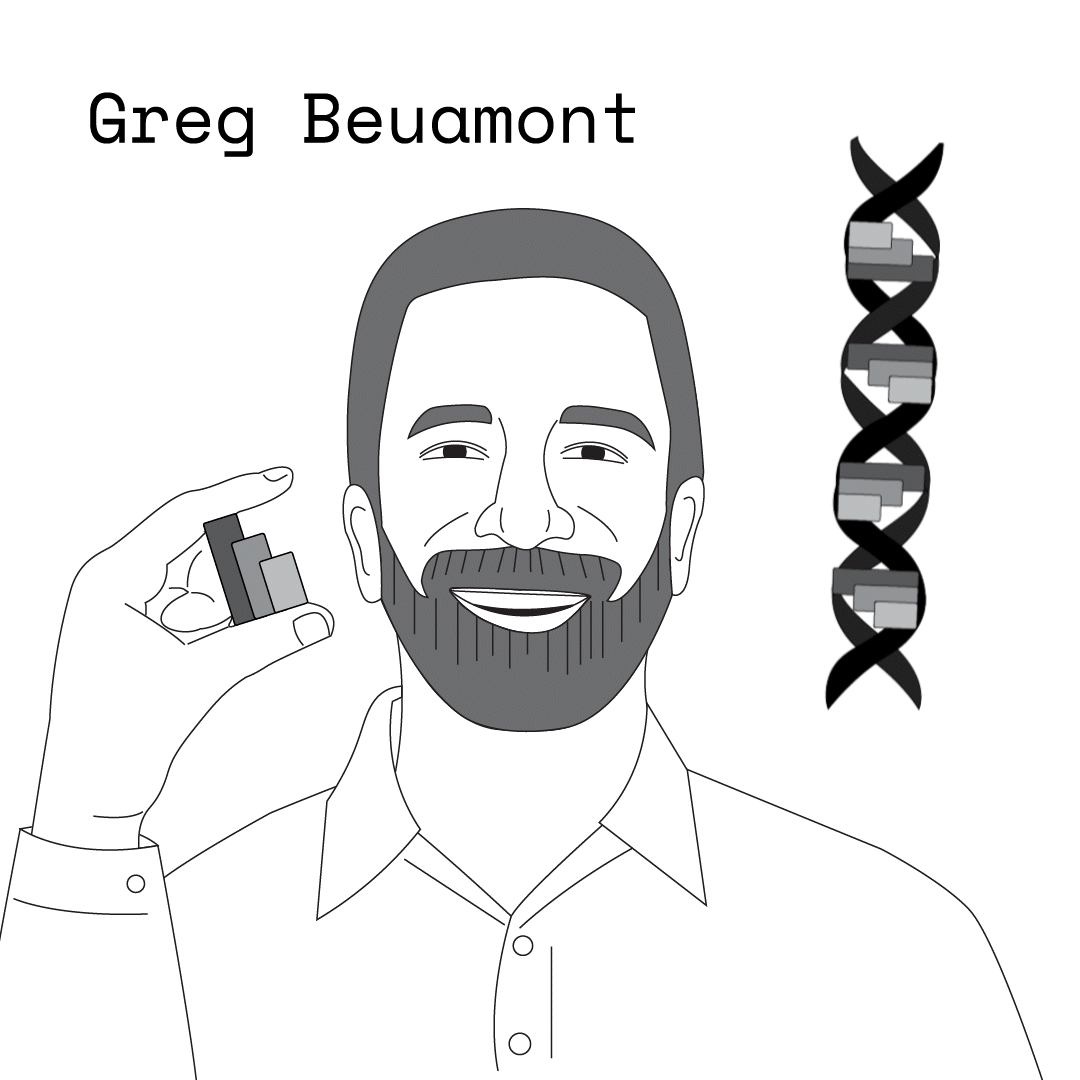
For Those About to DAX, w/ Microsoft’s Greg Beaumont
Senior Business Intelligence Specialist, Microsoft
08.17.21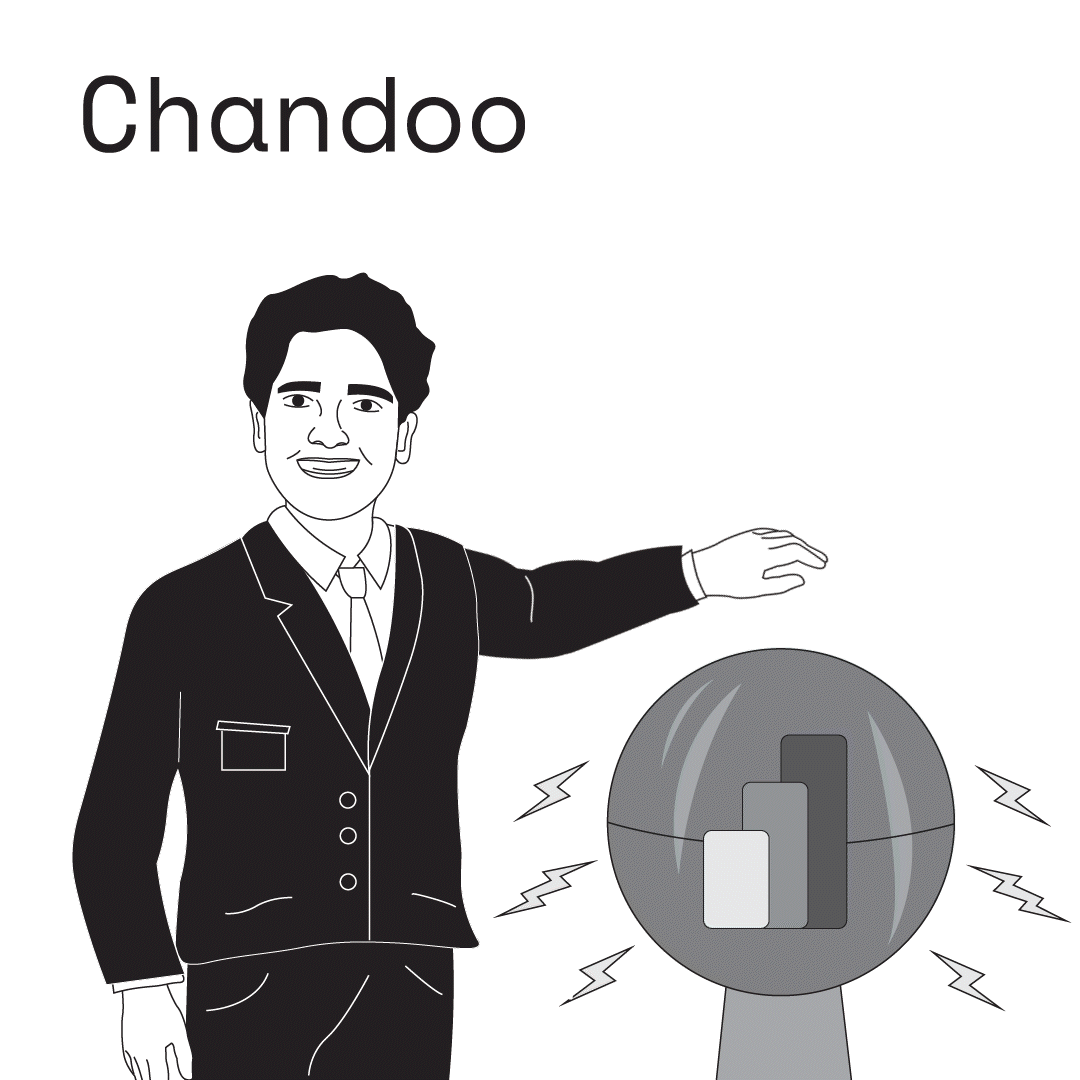
Spreadsheet Celebrities & Power BI Playdates, w/ Chandoo
Hear from the Mozart of Excel Dashboards: Chandoo
08.10.21
The Data Lakehouse: Brick by Brick, w/ Databricks’ Denny Lee
Sr. Staff Developer Advocate, Databricks
08.03.21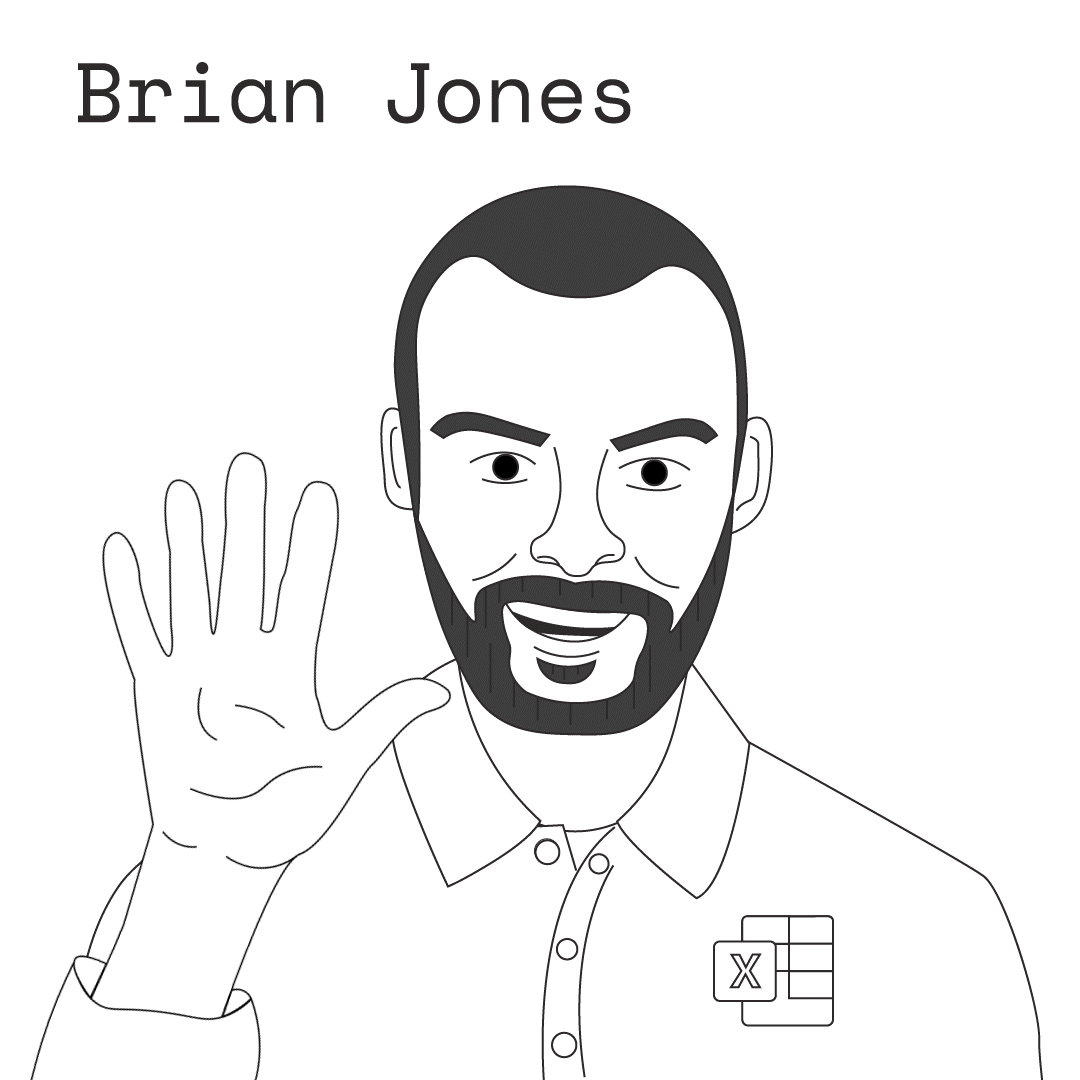
Excel Past/Present/Future, w/ Excel Head of Product Brian Jones
Head of Product, Excel-Microsoft
07.27.21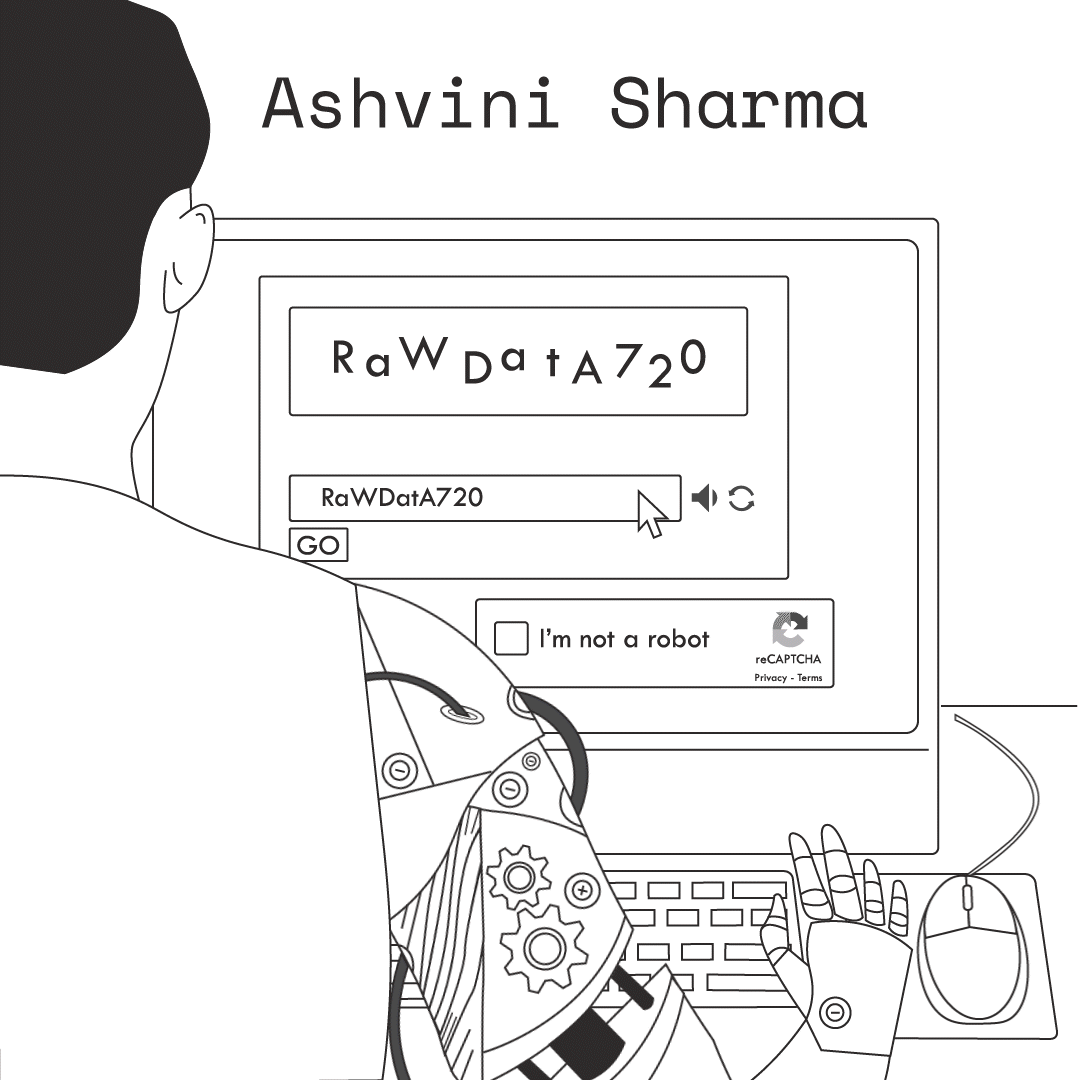
Robotic Process Automation for All, w/ Microsoft’s Ashvini Sharma
Group Program Manager-Power Automate RPA, Microsoft
07.20.21
COVID Basement Racquetball, w/ Microsoft’s Vishal Lodha
Strategic Account Director, Microsoft
06.03.21
Surfing the Changing Seas of Data, w/ Microsoft’s Chris Webb
Principal Program Manager-Power BI Customer Advisory Team, Microsoft
06.01.21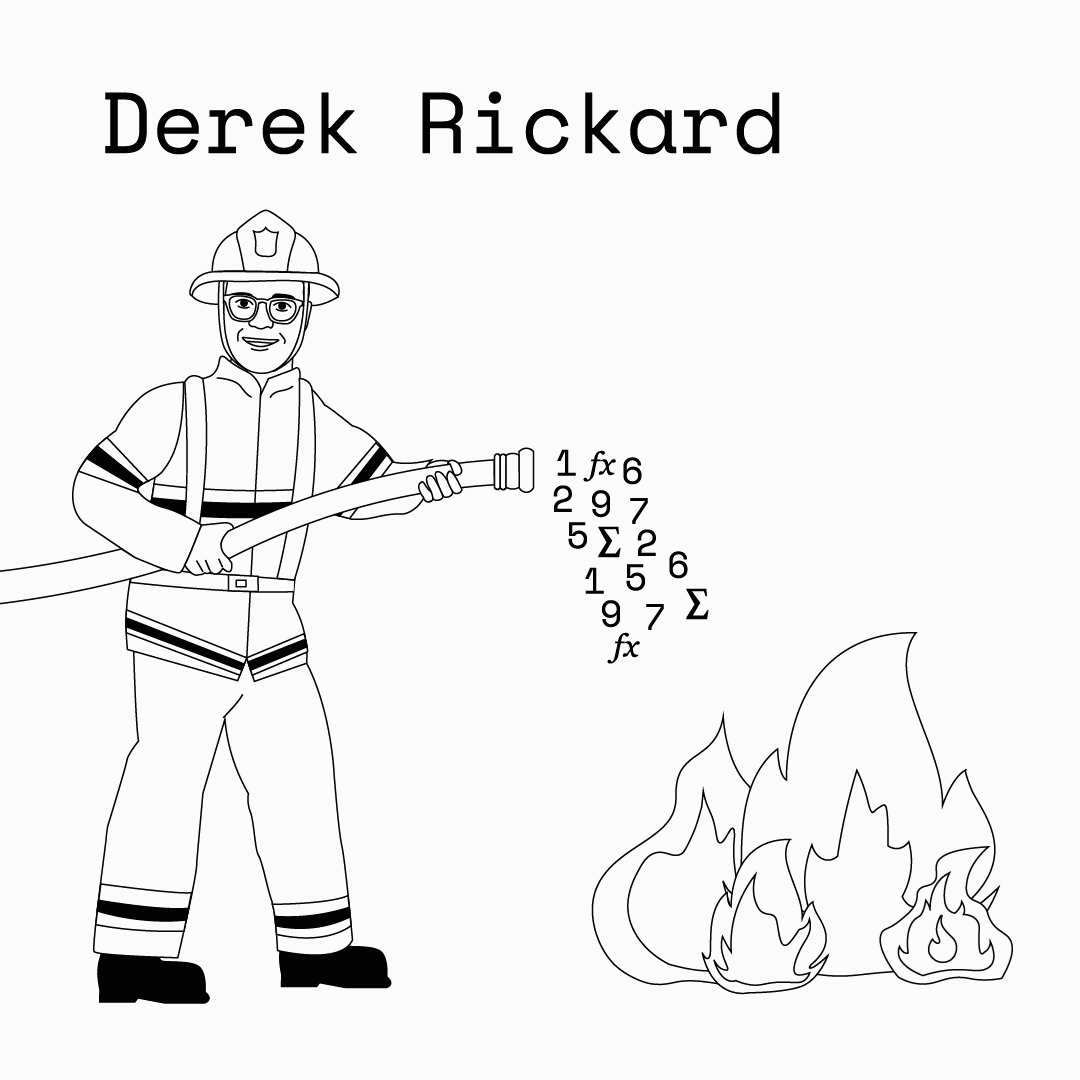
A Different Kind of Data Emergency, w/ Derek Rickard
Chief Data Officer, Emergency Reporting
05.04.21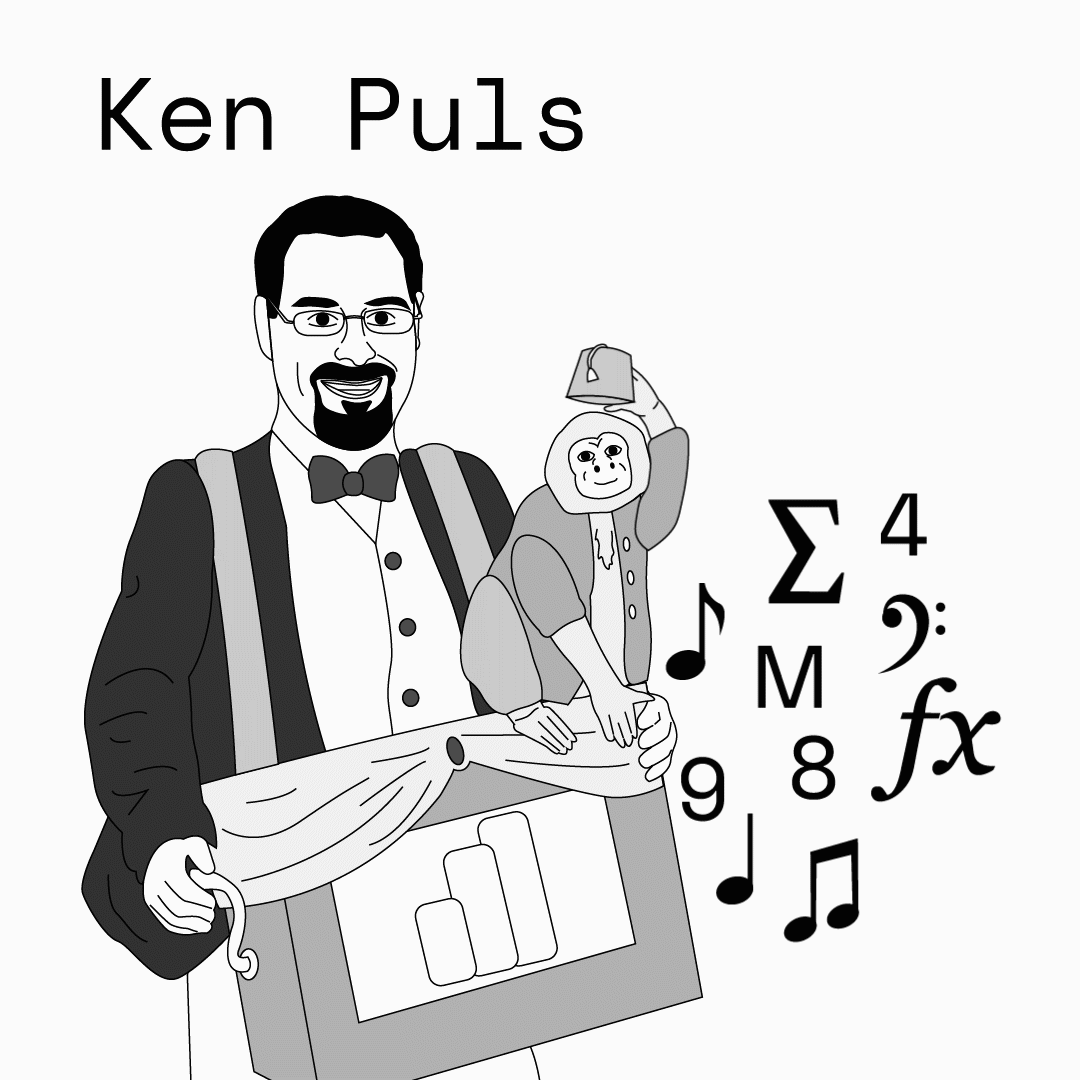
Earth’s Only Hope vs. Alien Excel Invaders, w/ Ken Puls
President and Chief Training Officer, Excelguru Consulting Inc.
04.27.21
Intelligence Platform is a Cool Name, w/ Microsoft CVP Arun Ulag
Corporate Vice President of the Business Intelligence Platform at Microsoft
04.01.21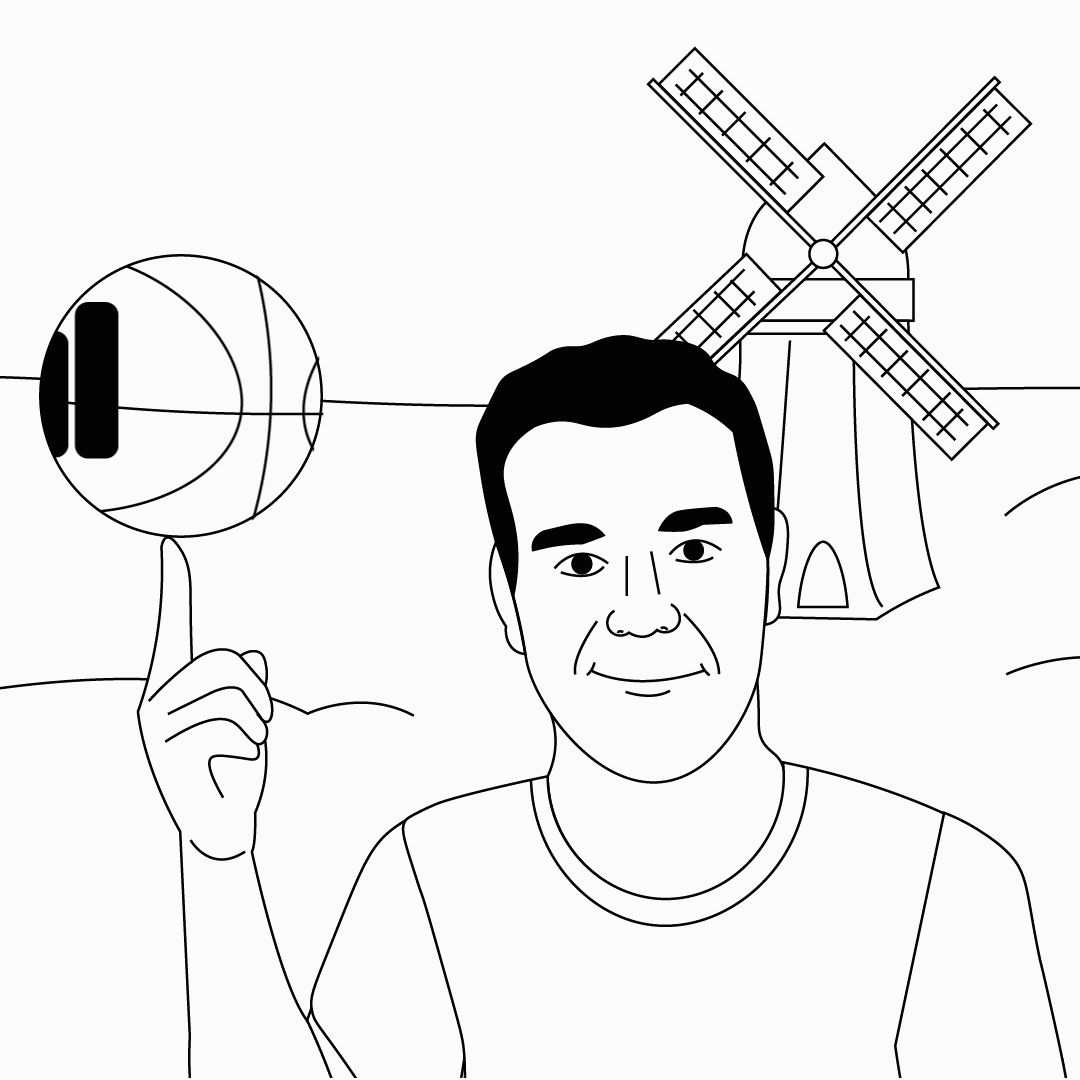
The Dutchman of Data Dunked on Me, w/ Kasper de Jonge
Analytics Advisor and Principal Program Manager-Power BI, Microsoft
03.23.21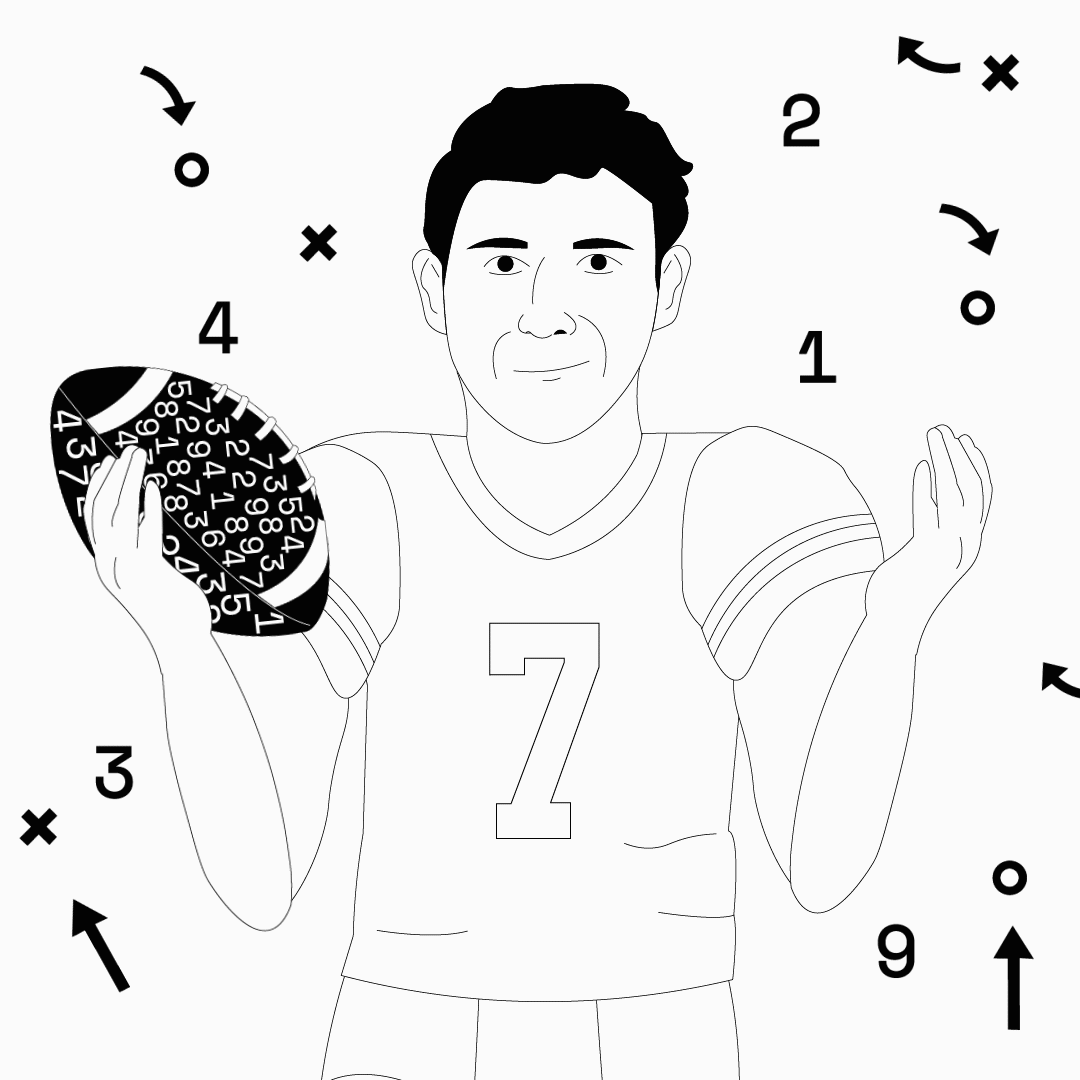
Everyone’s in the Middle, w/ Former NFL QB Hugh Millen
Former NFL Quarterback and Data Nerd
03.09.21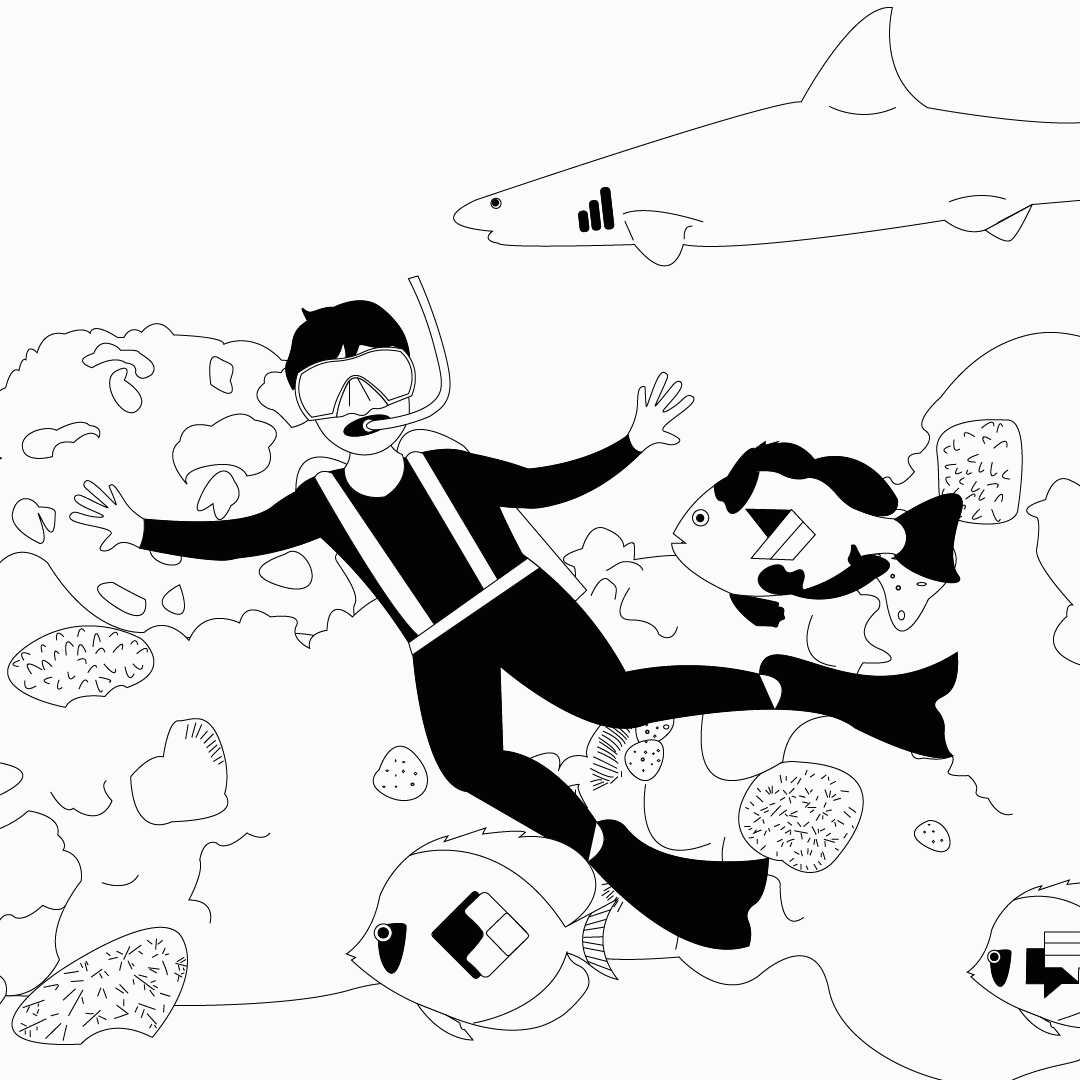
Marine Biology Leads to Power Platforming, w/ Chuck Sterling
Senior Program Manager, Microsoft
02.23.21
Data Chefs Can Come From Anywhere, w/ Gartner’s Lori Rodriguez
Vice President Executive Programs at Gartner
01.26.21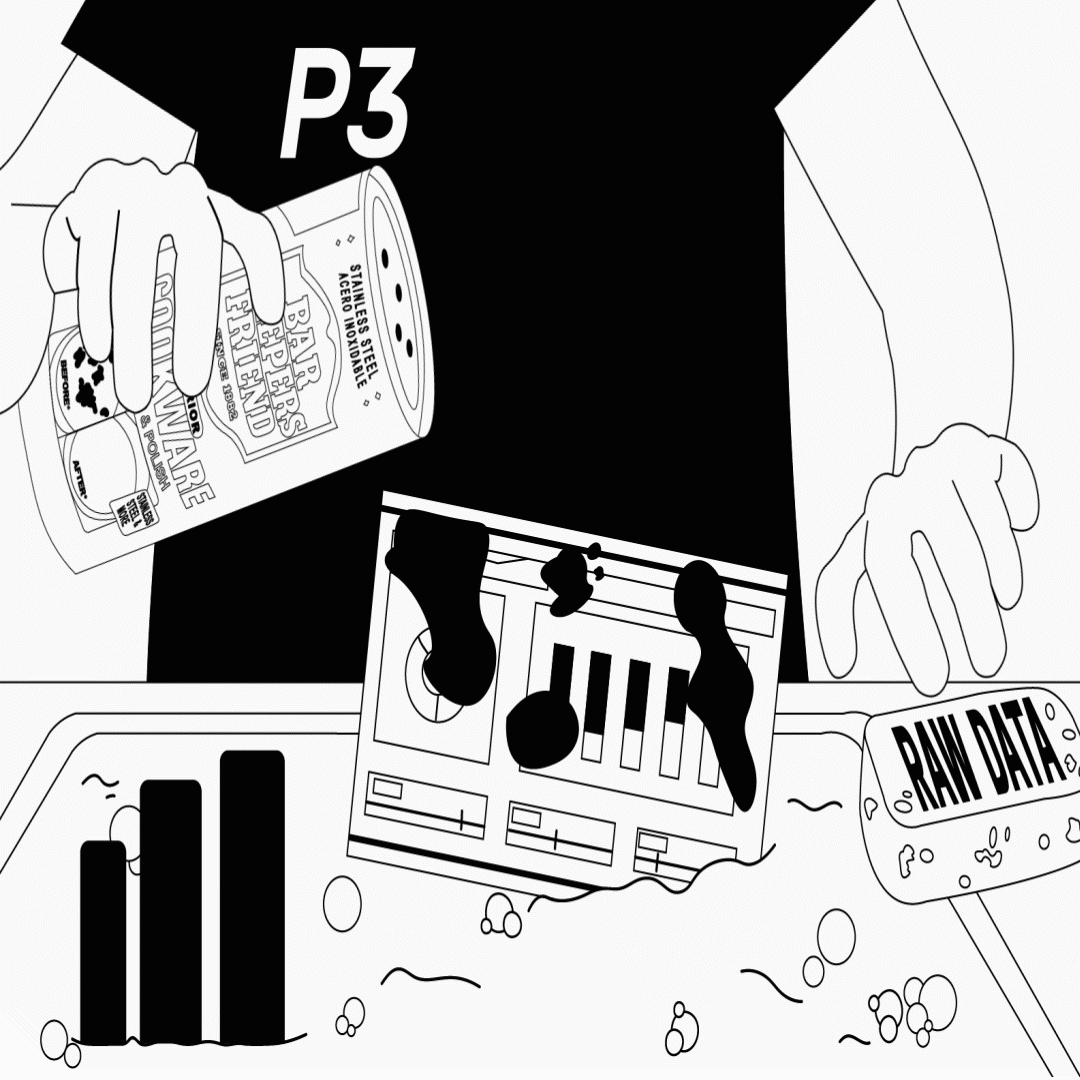
Scrubbing Data & Beating COVID, w/ Matt Selig of Bar Keepers Friend
Exec. Vice President, Chief Financial Officer & Chief Human Resources Officer at SerVaas Labs
01.05.21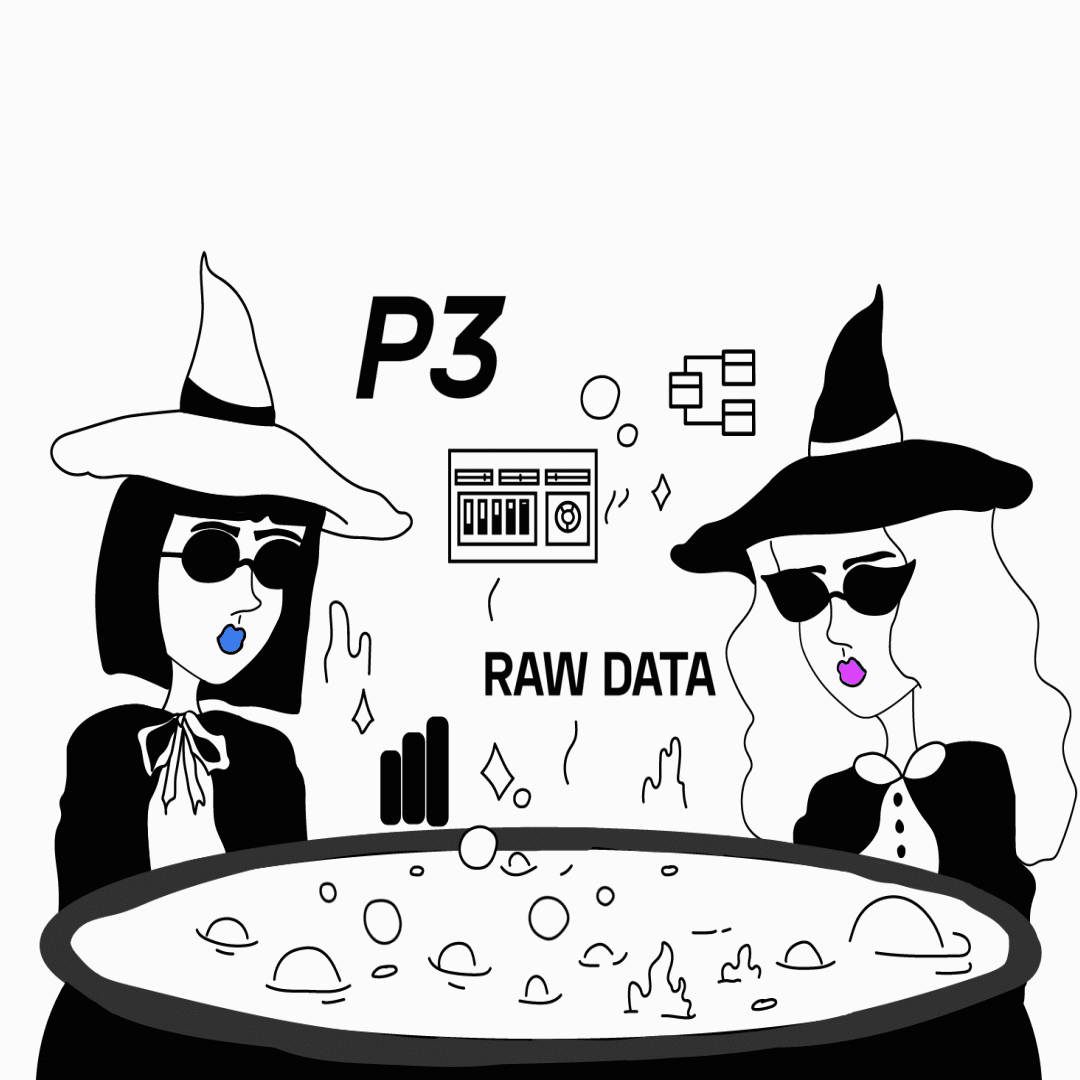
The Data Witches, w/ Shannon Lindsay & Stephanie Bruno
Shannon Lindsay-Microsoft Certified Data and Analytics Professional &
Stephanie Bruno-Associate Director of Informatics at the Elizabeth Glaser Pediatric AIDS Foundation (EGPAF)
12.22.20
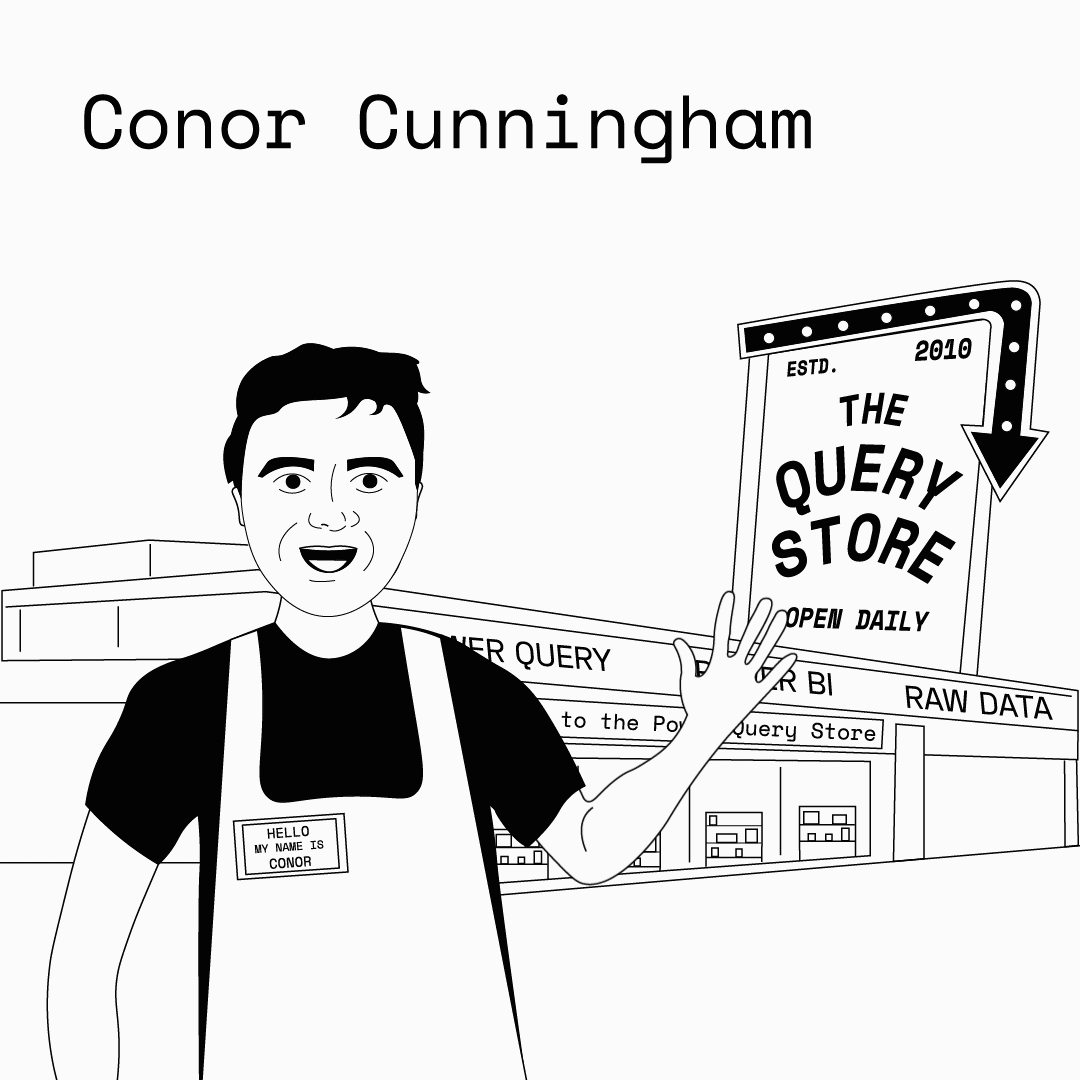
The Query Store’s Open for Biz, w/ Microsoft’s Conor Cunningham
Partner Software Architect, SQL Server Engine-Microsoft
12.15.20One of the World’s Most Amazing Humans, w/ Matt Allington
Power BI Consultant, Trainer, & Microsoft MVP
12.01.20